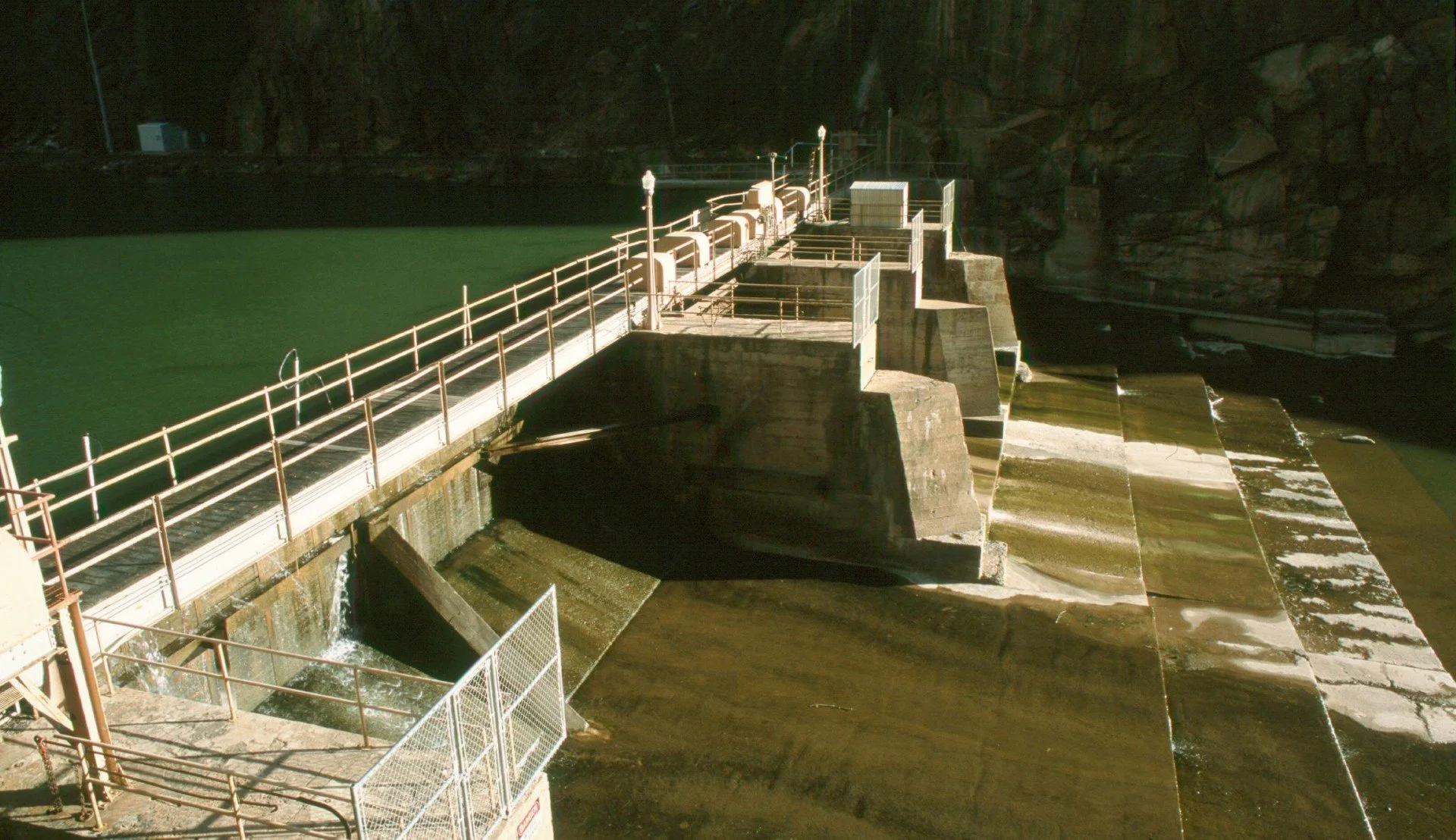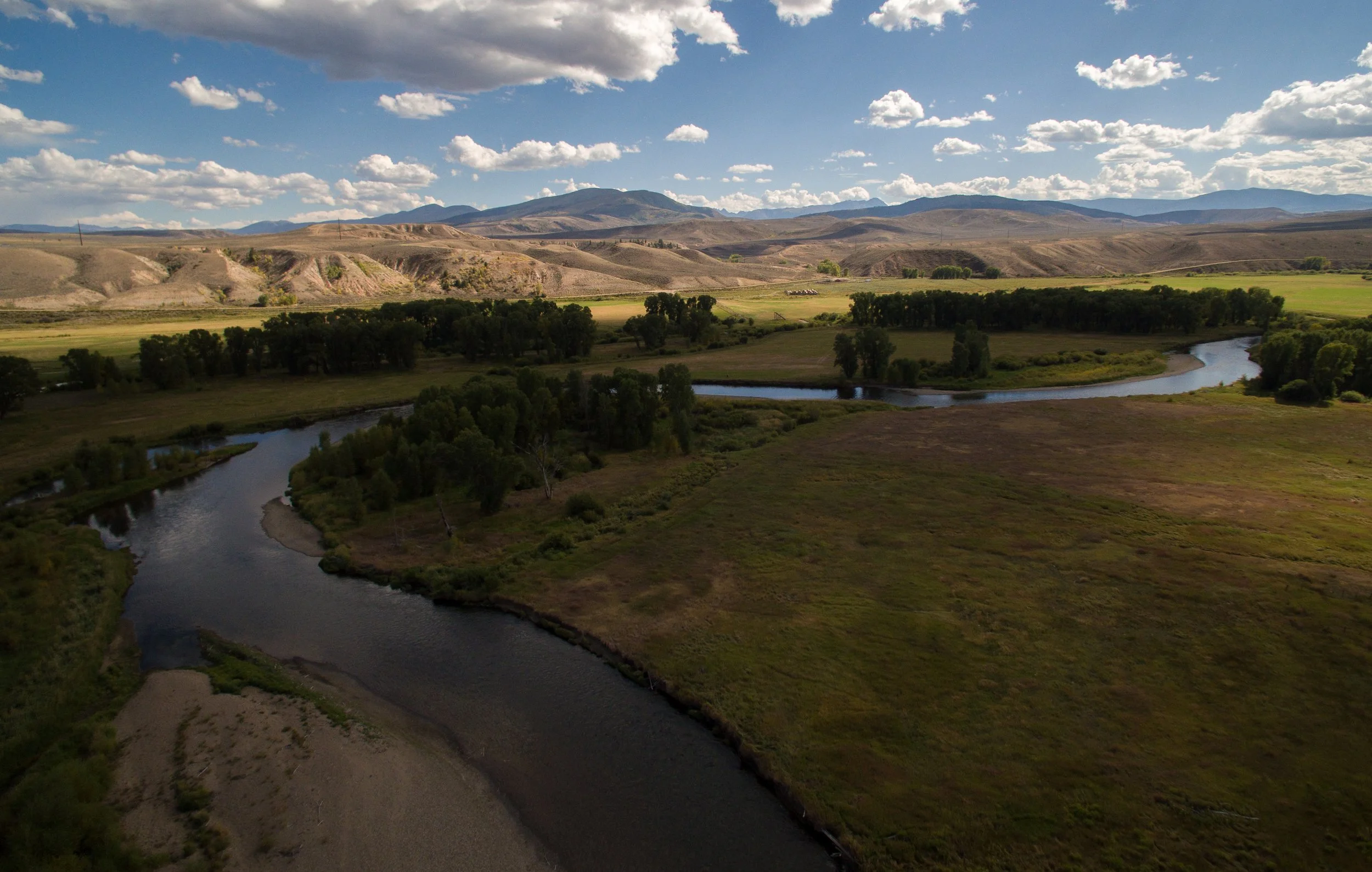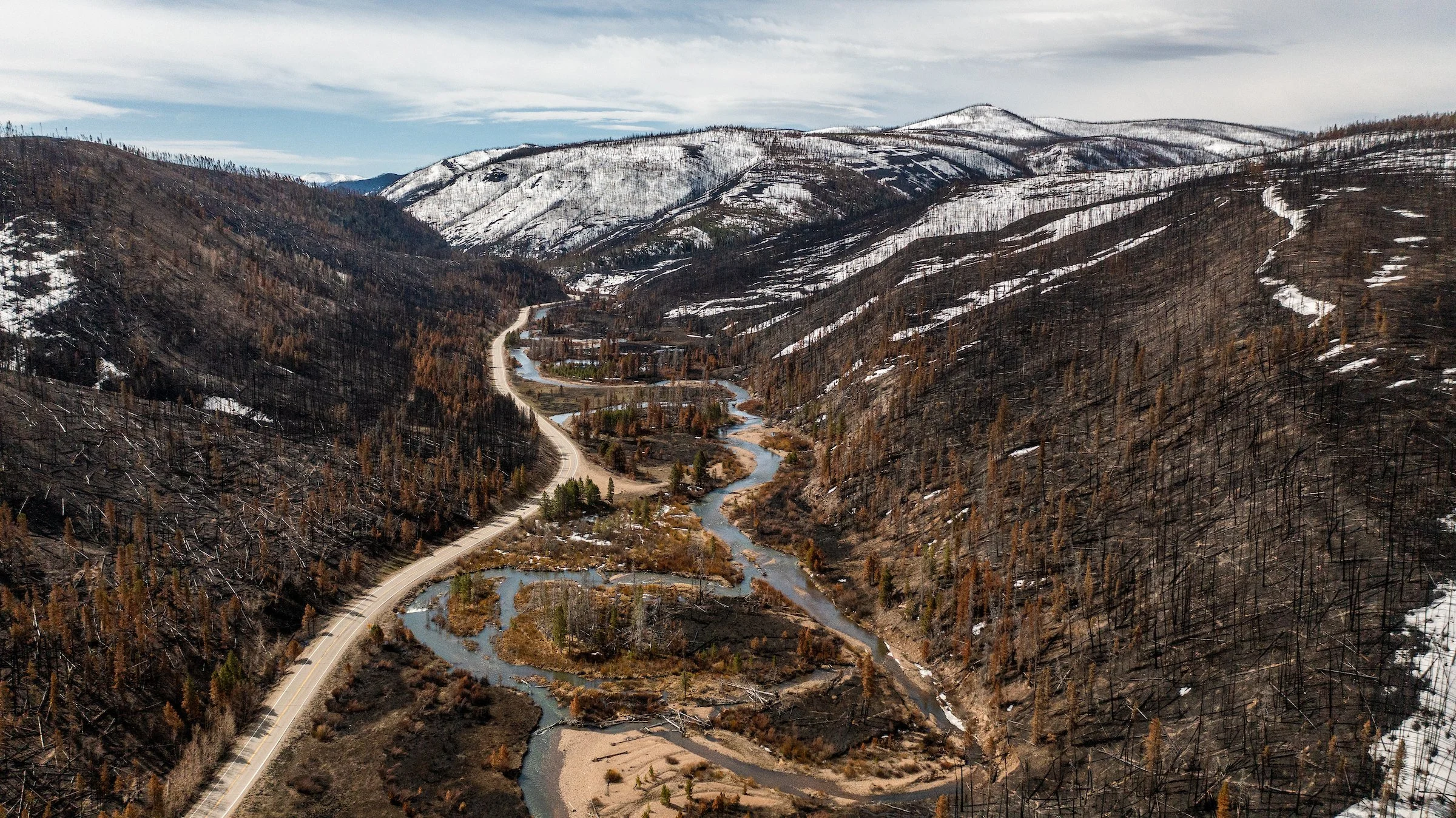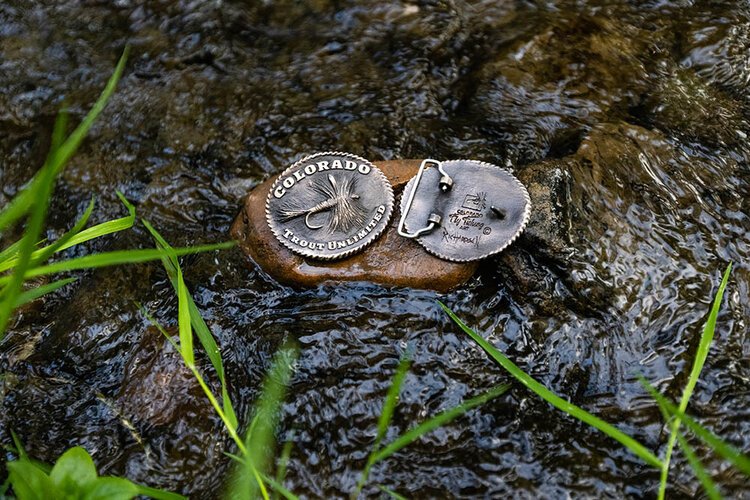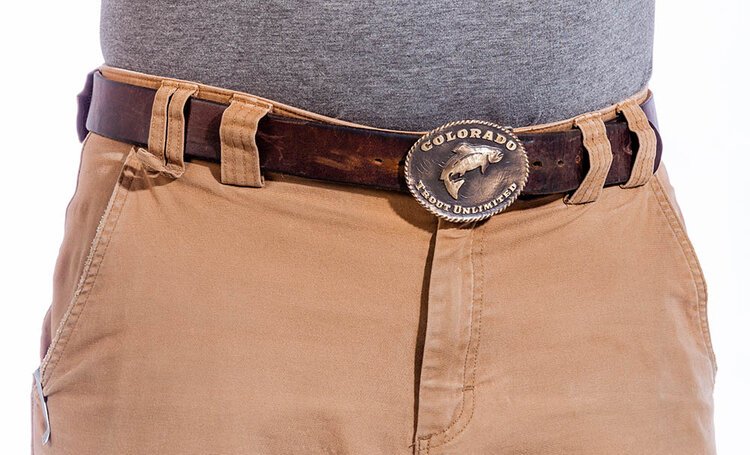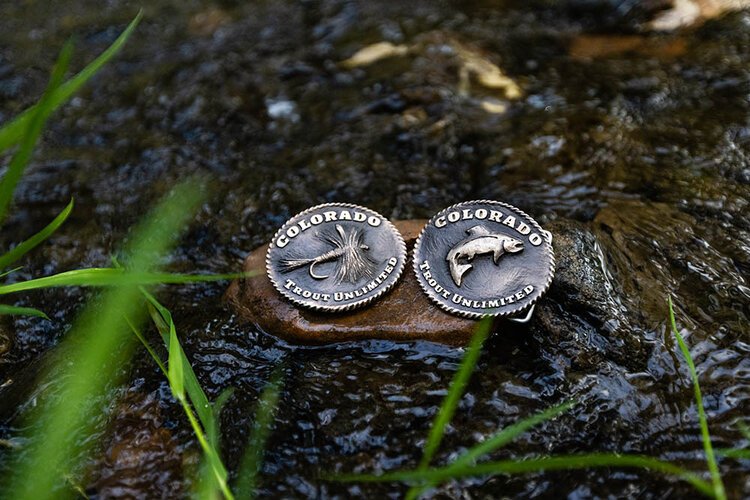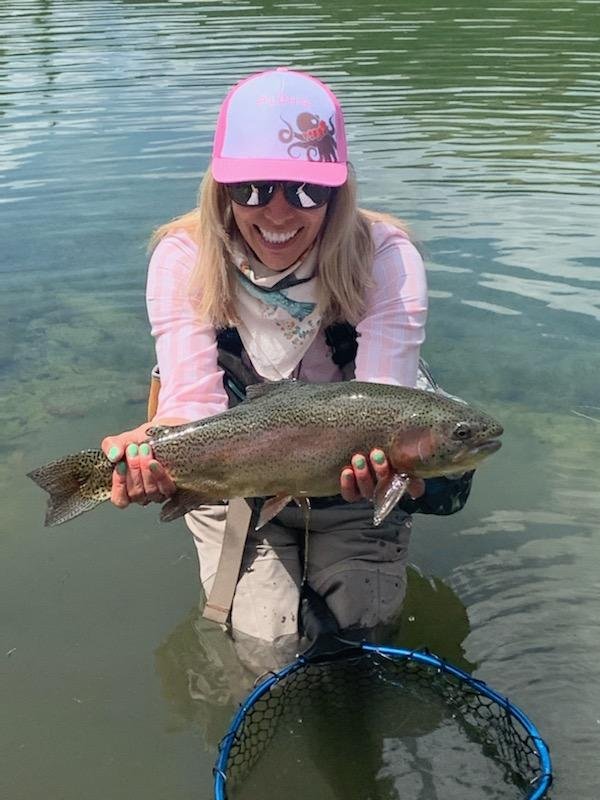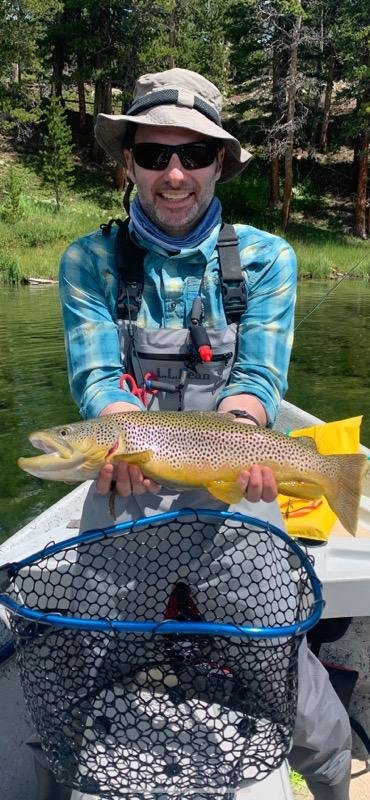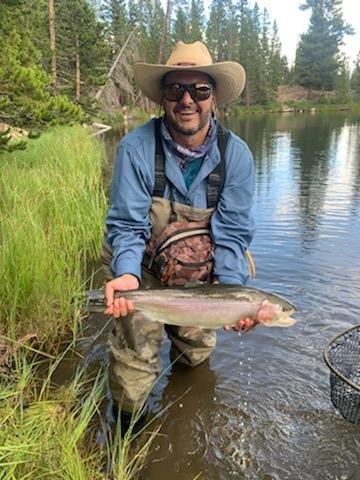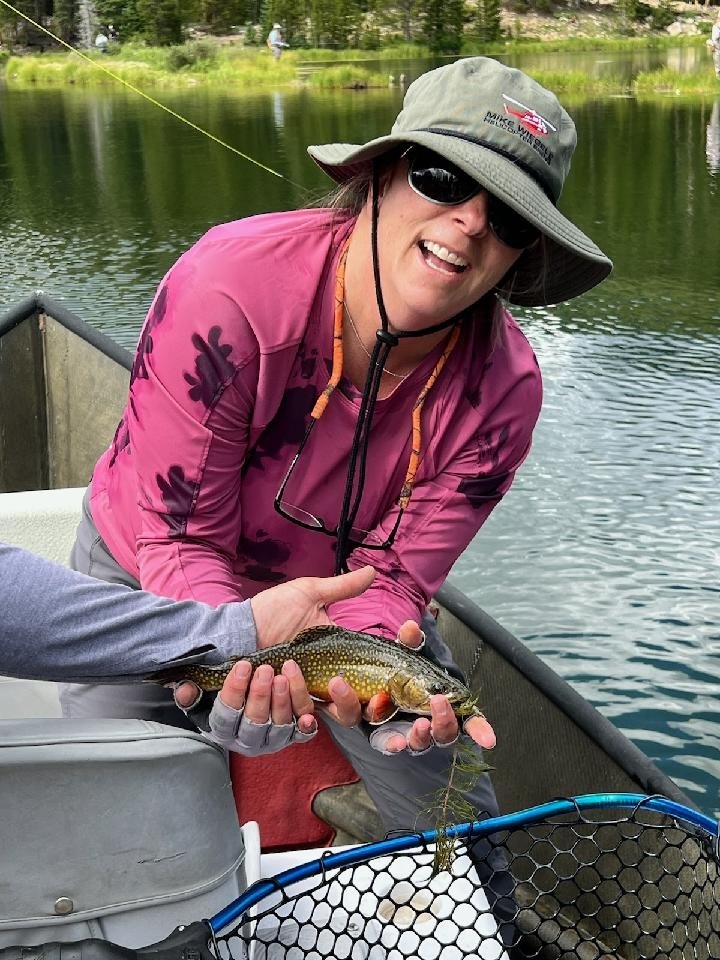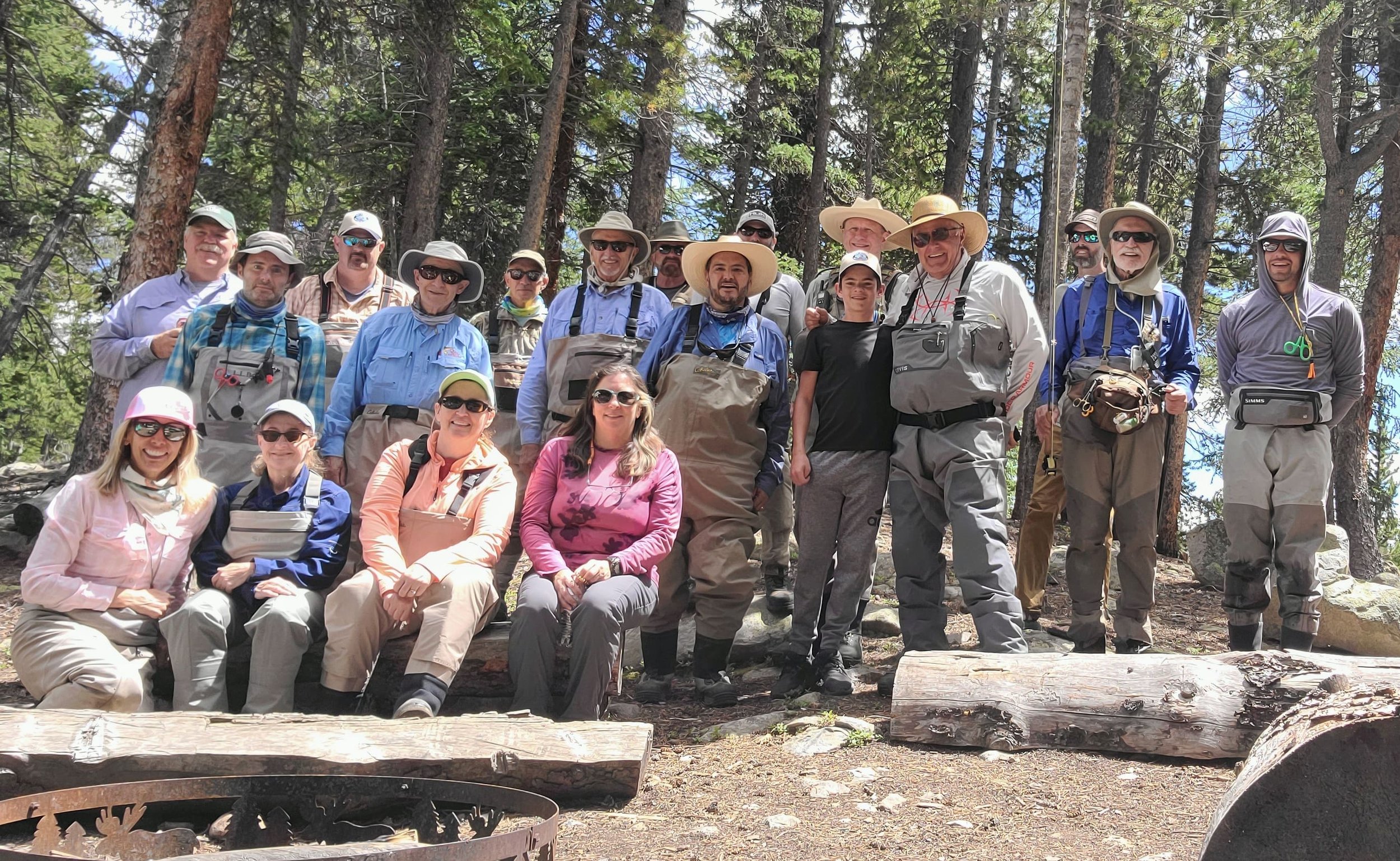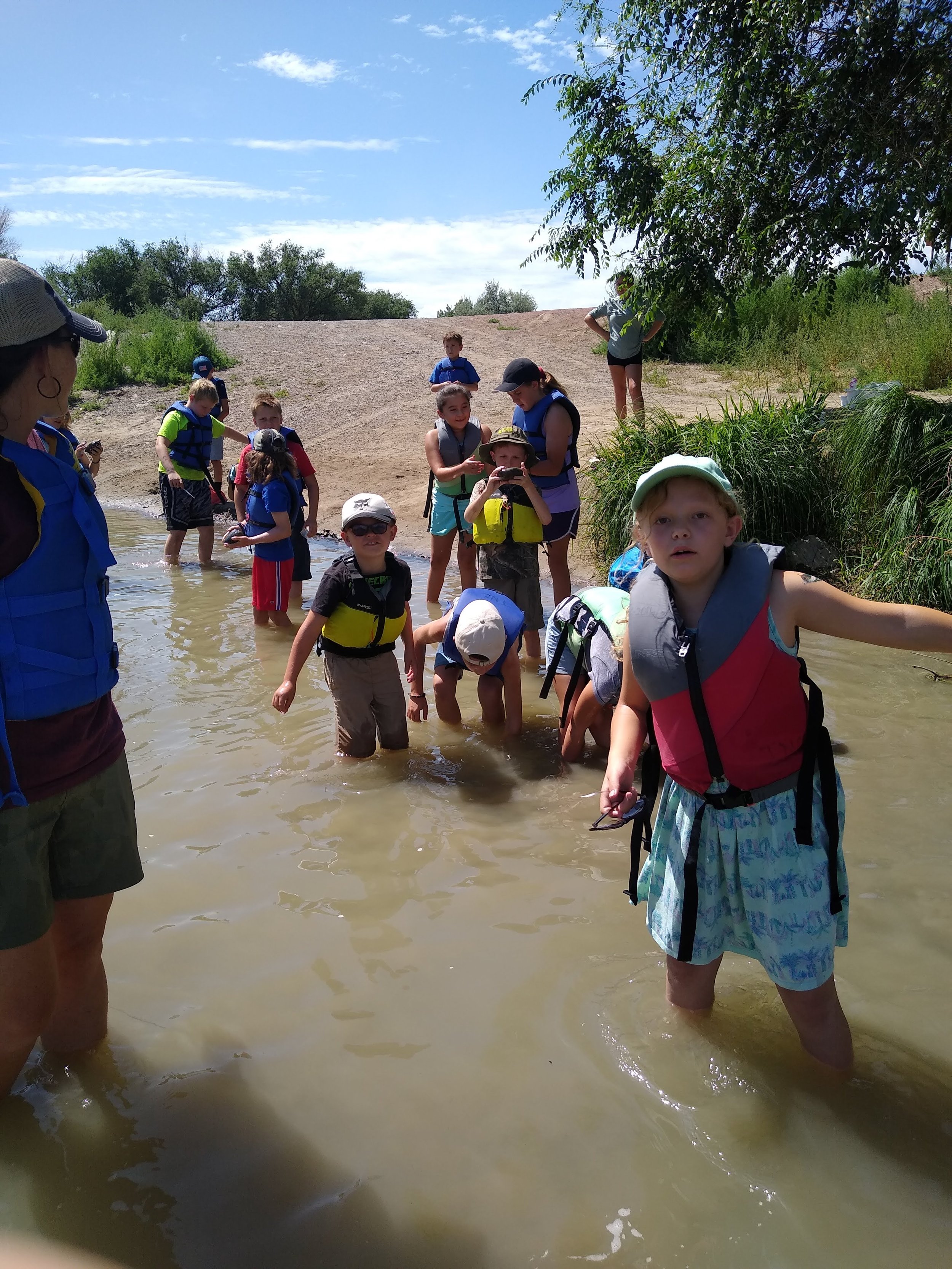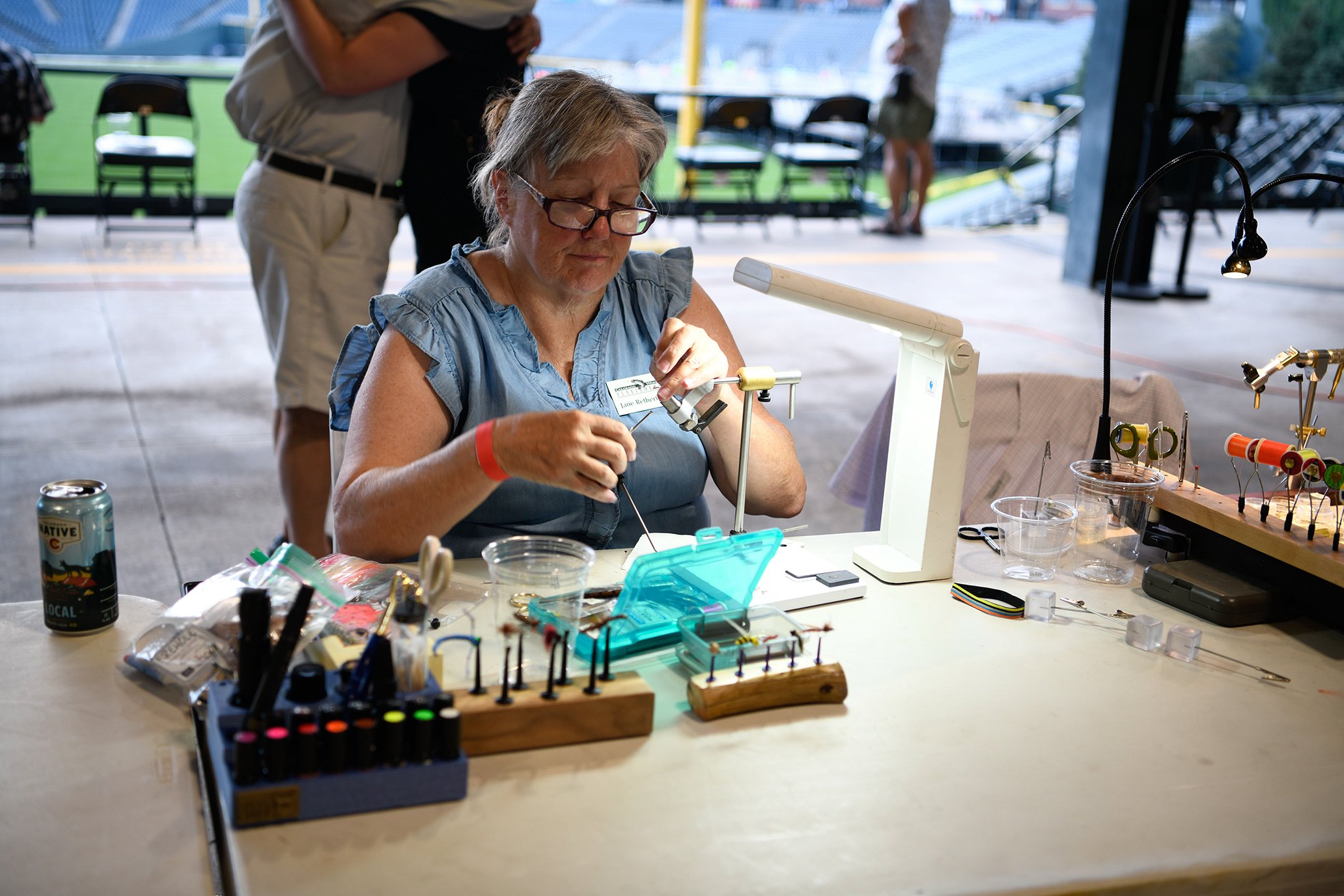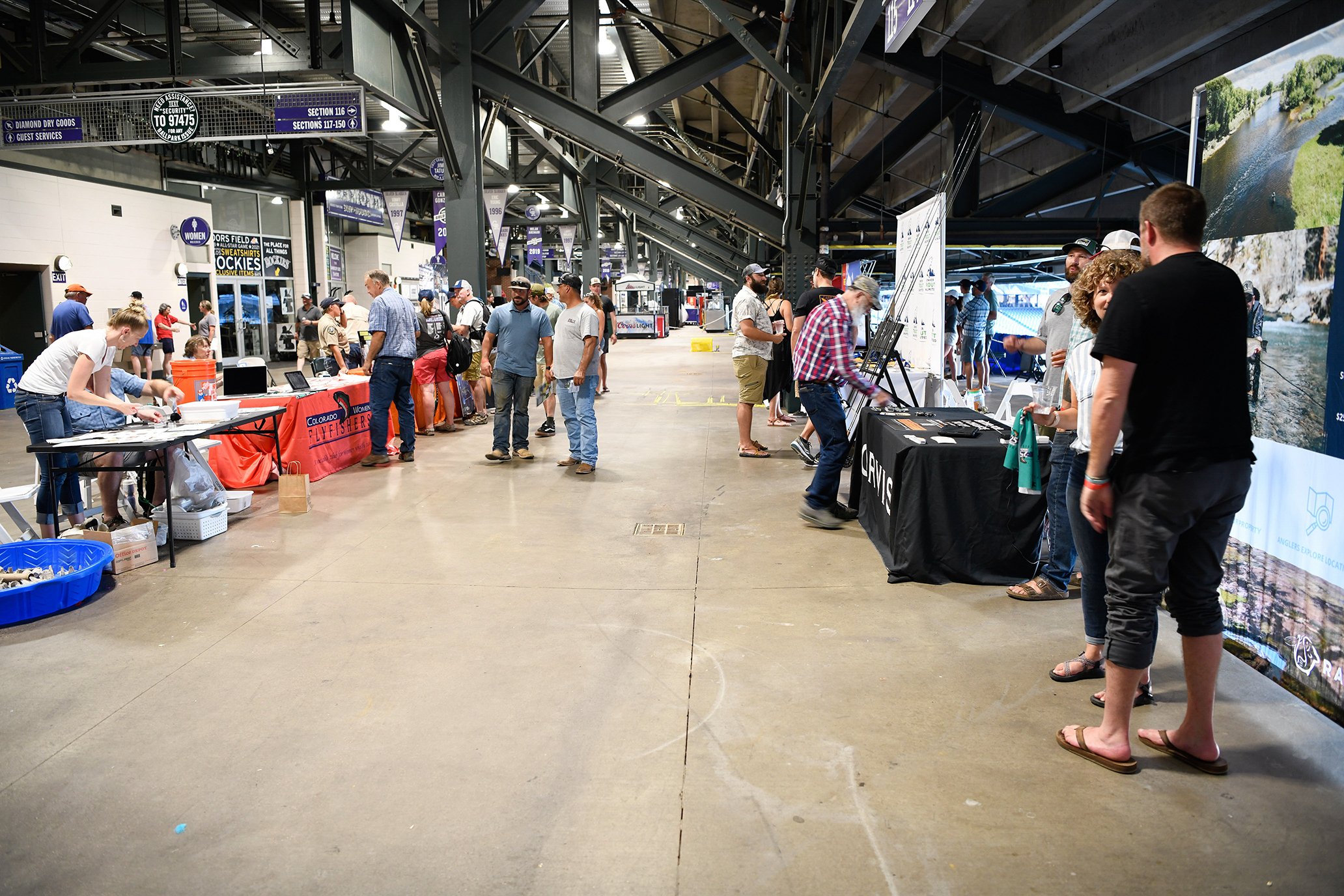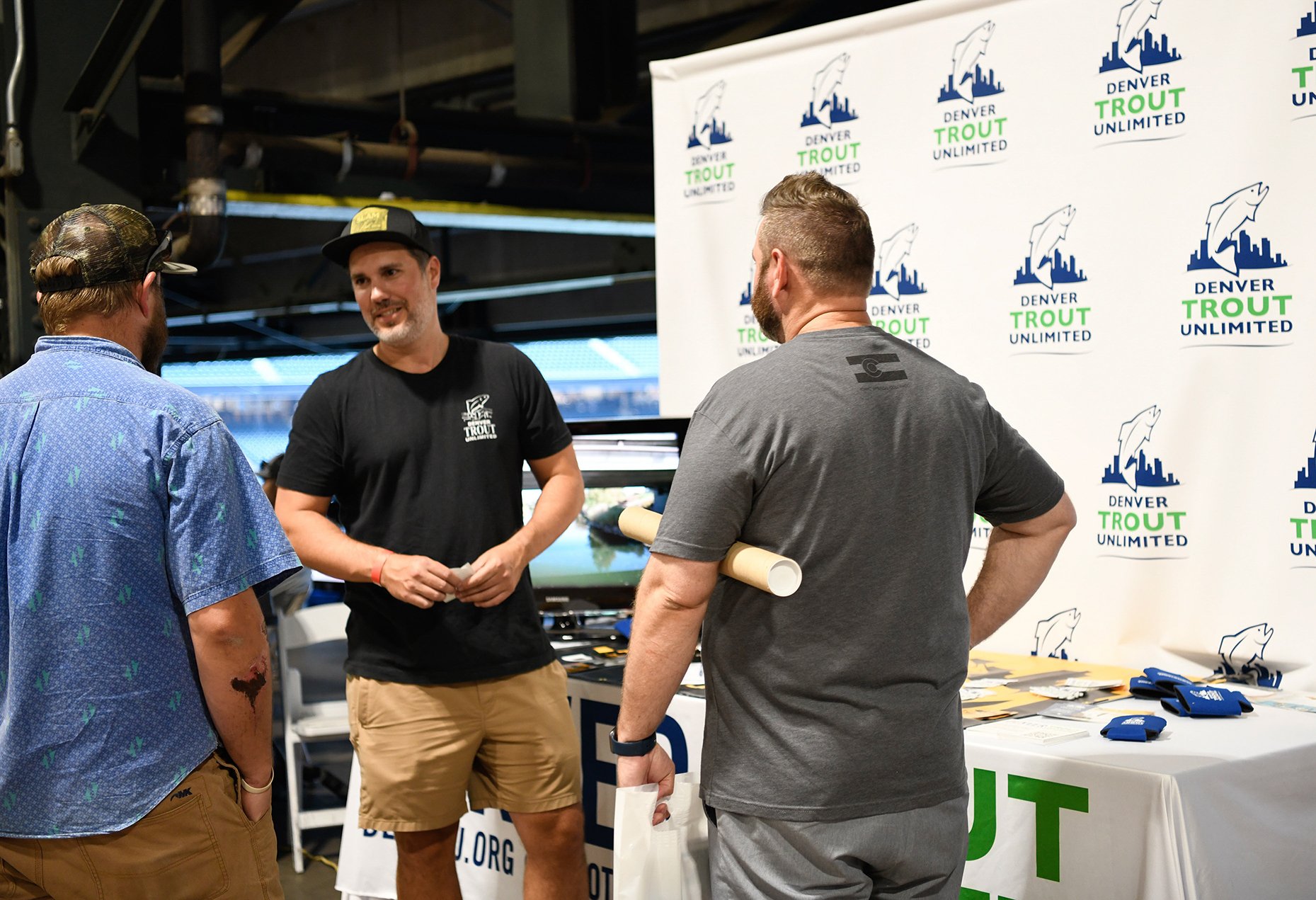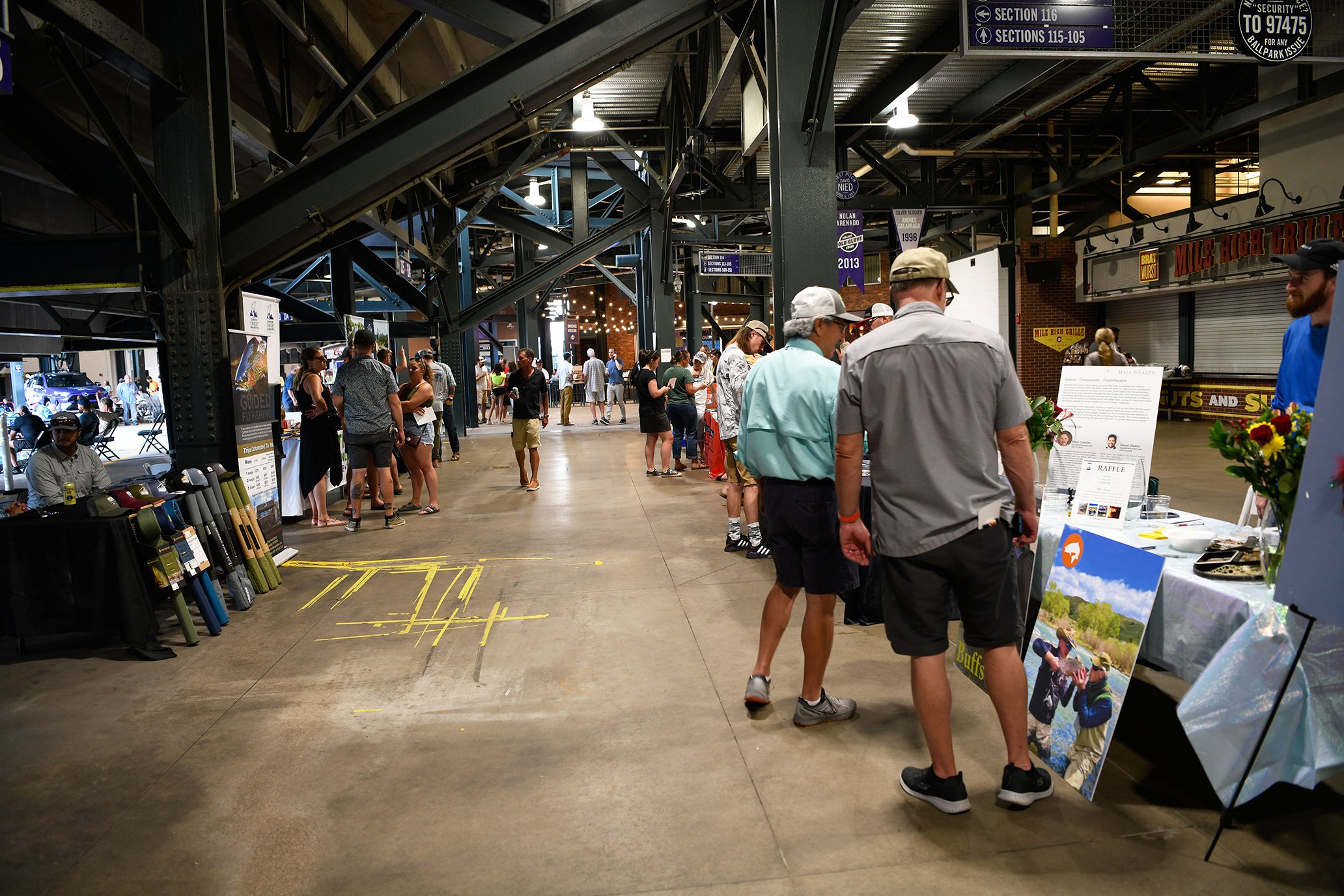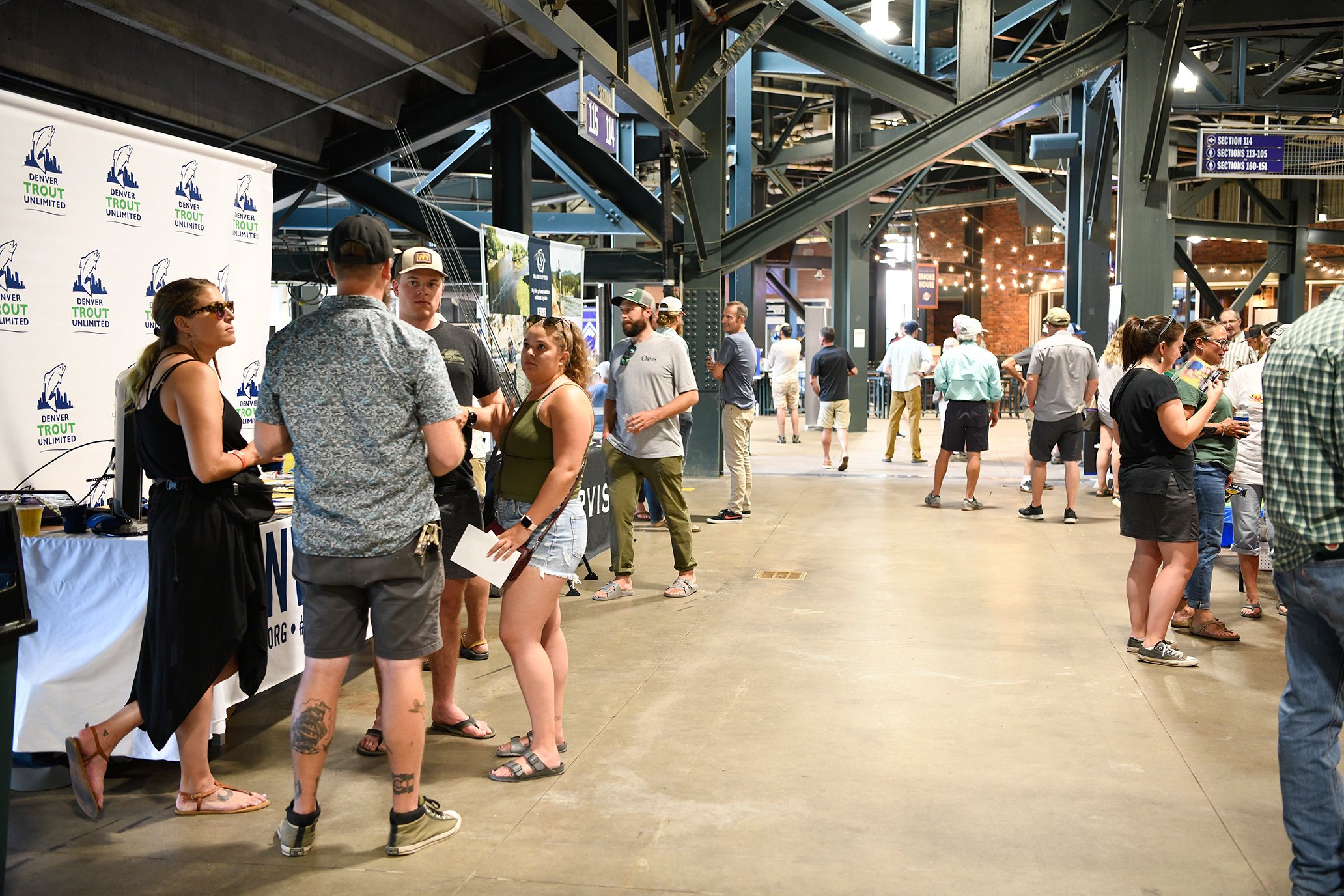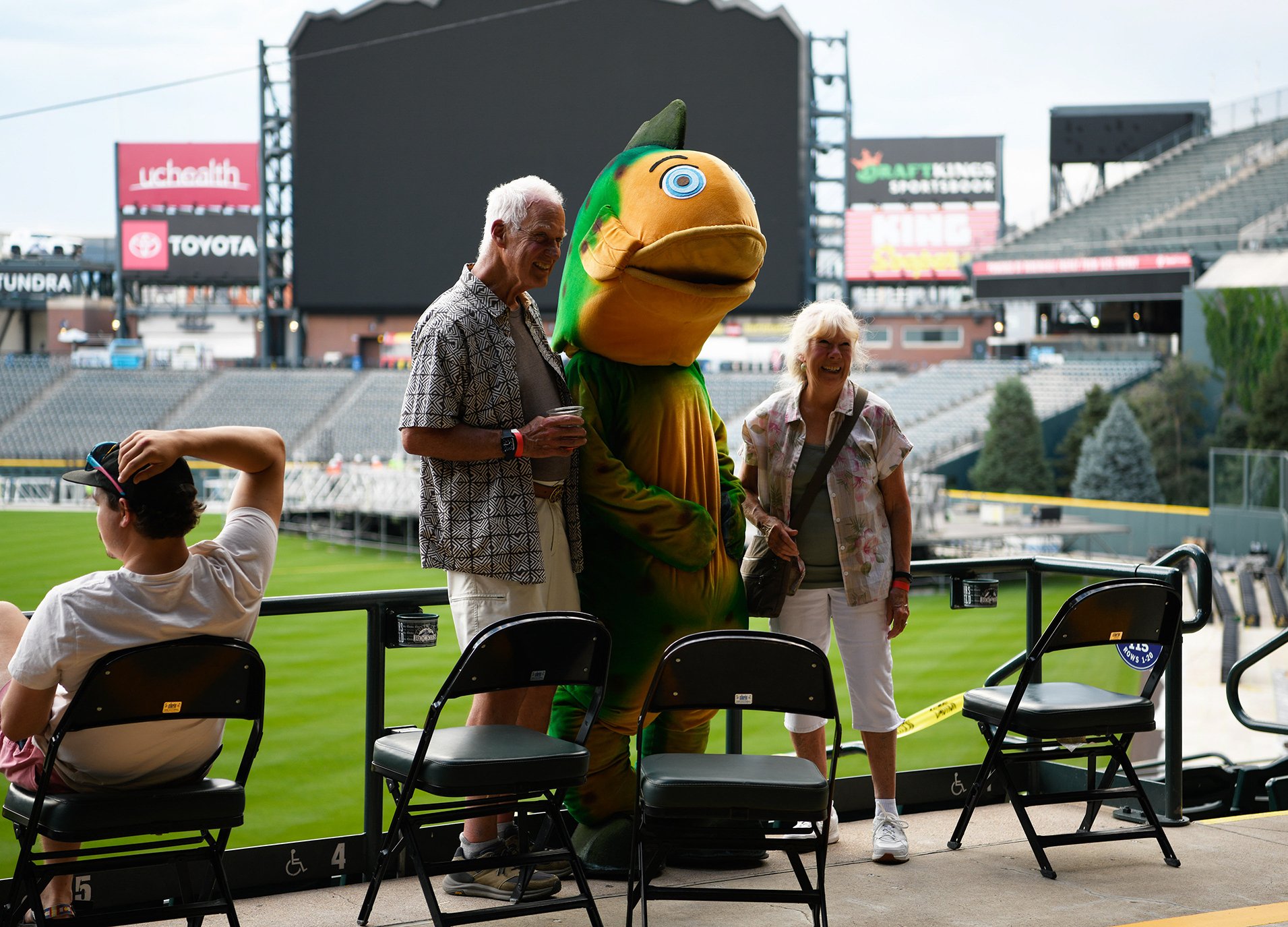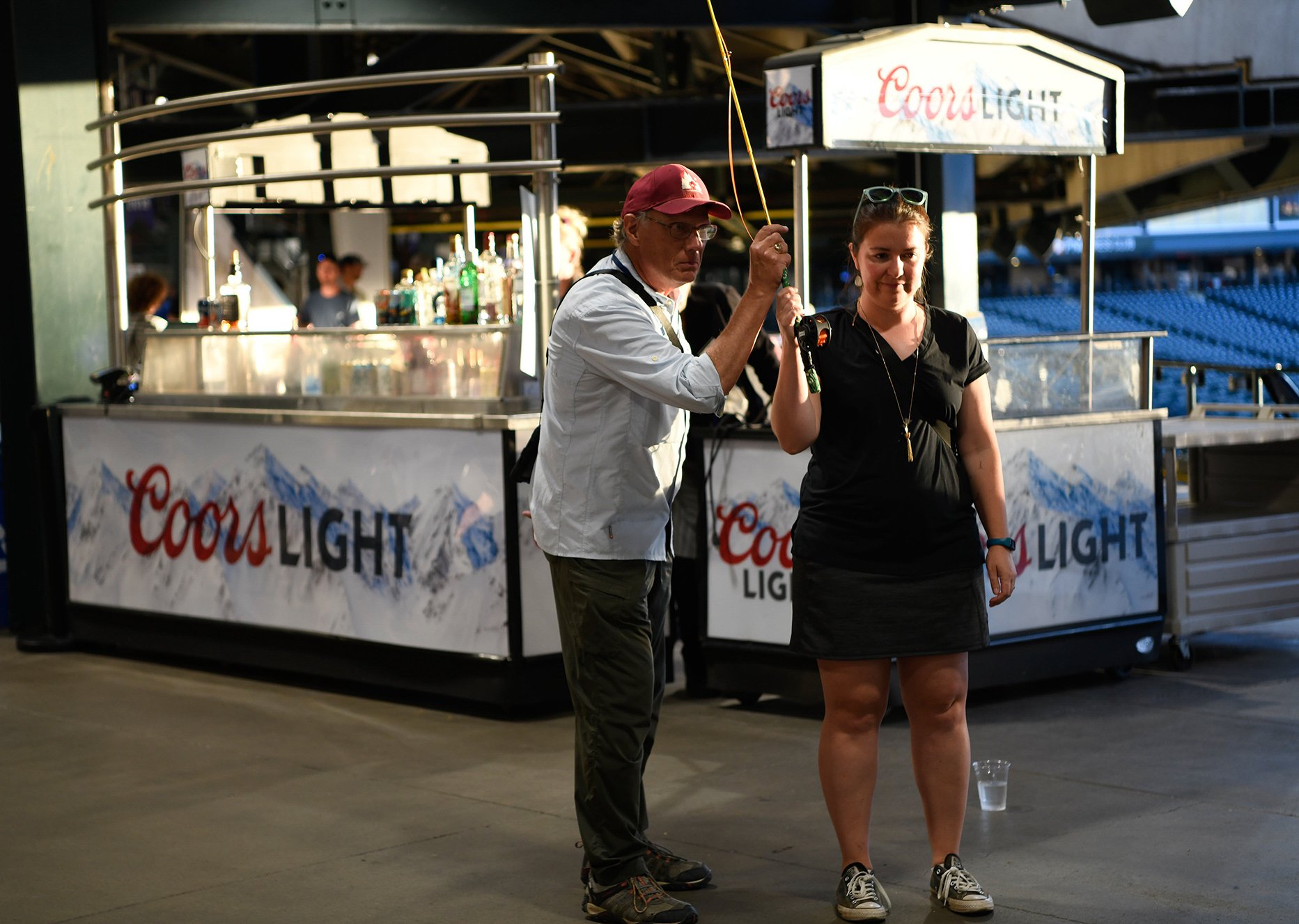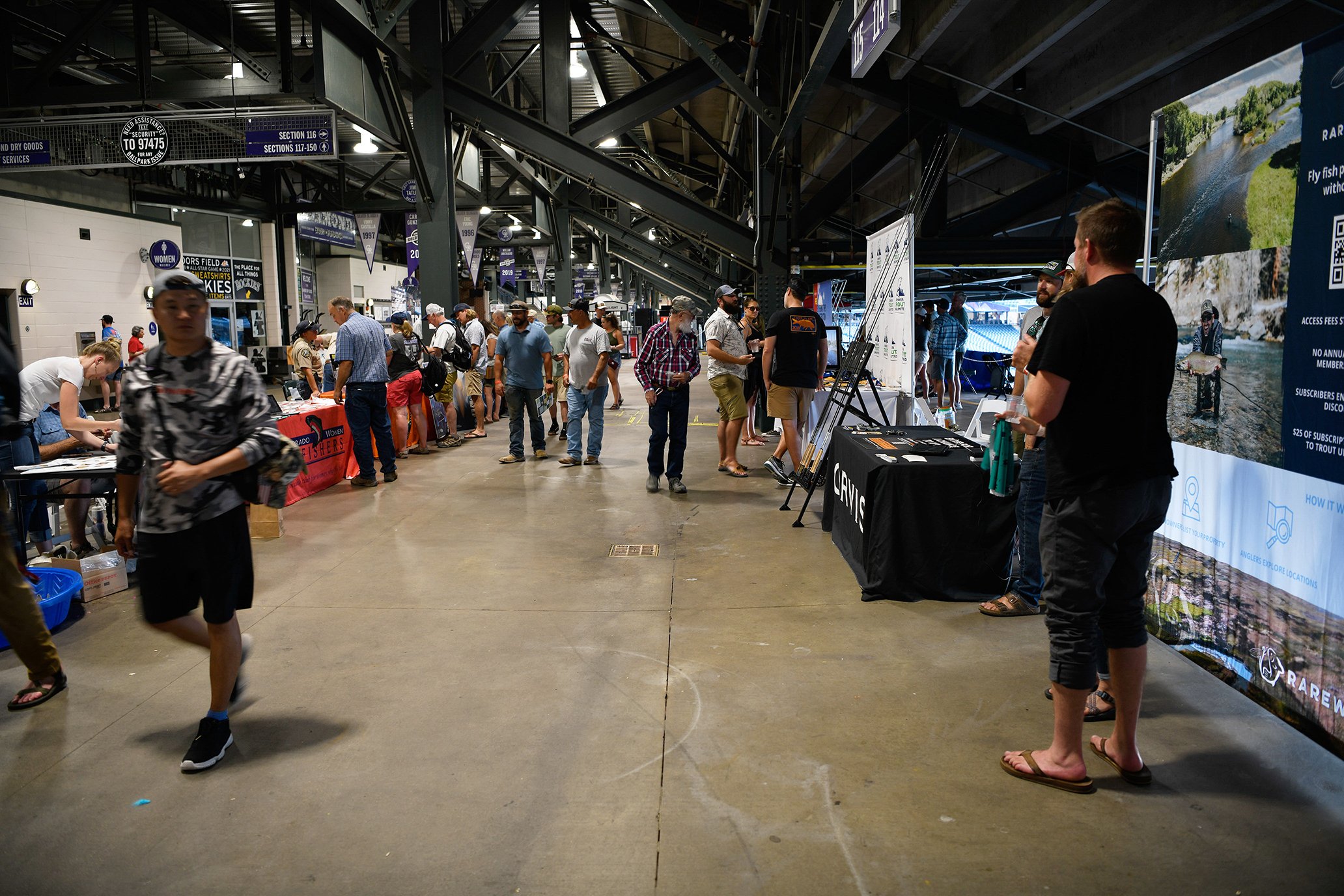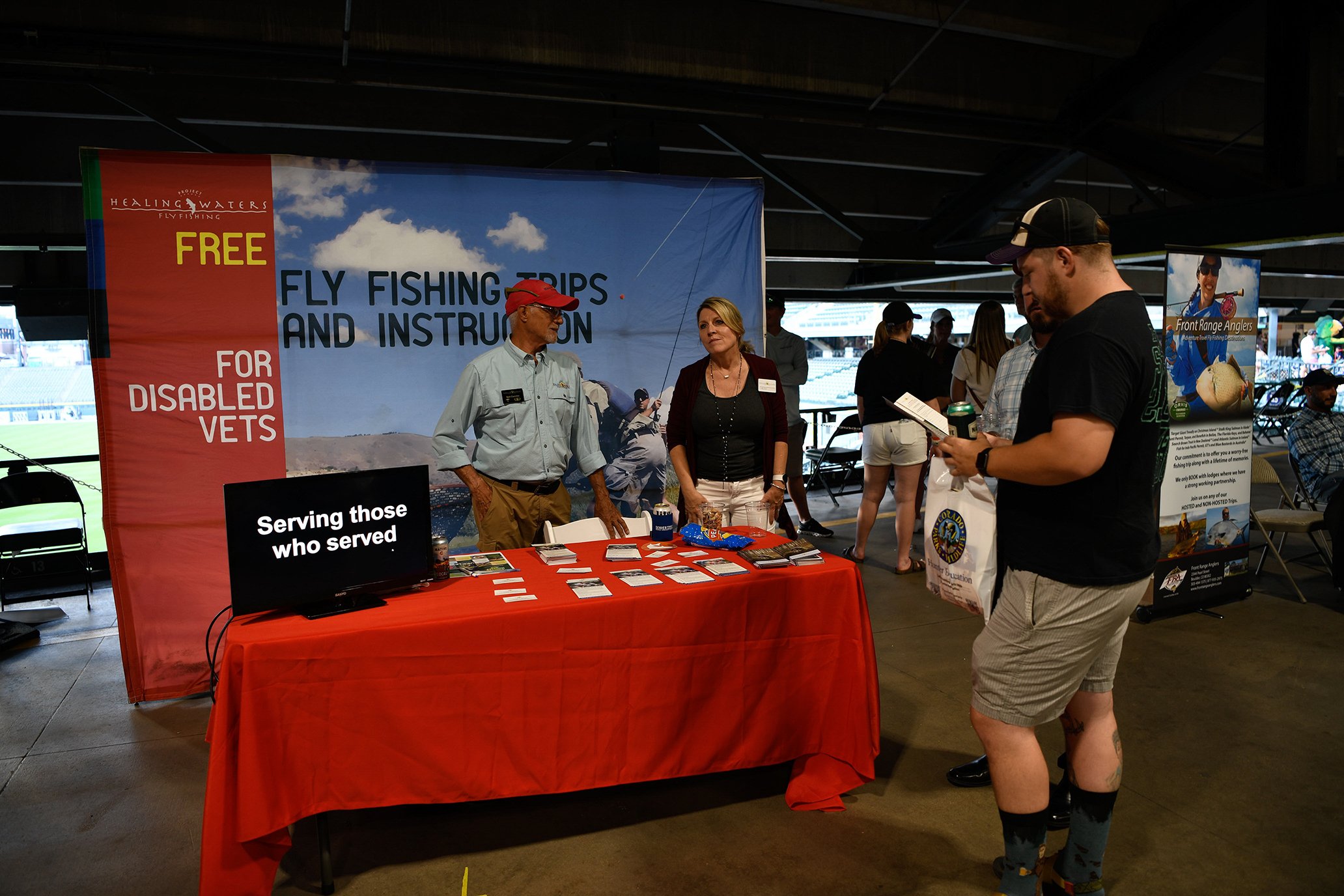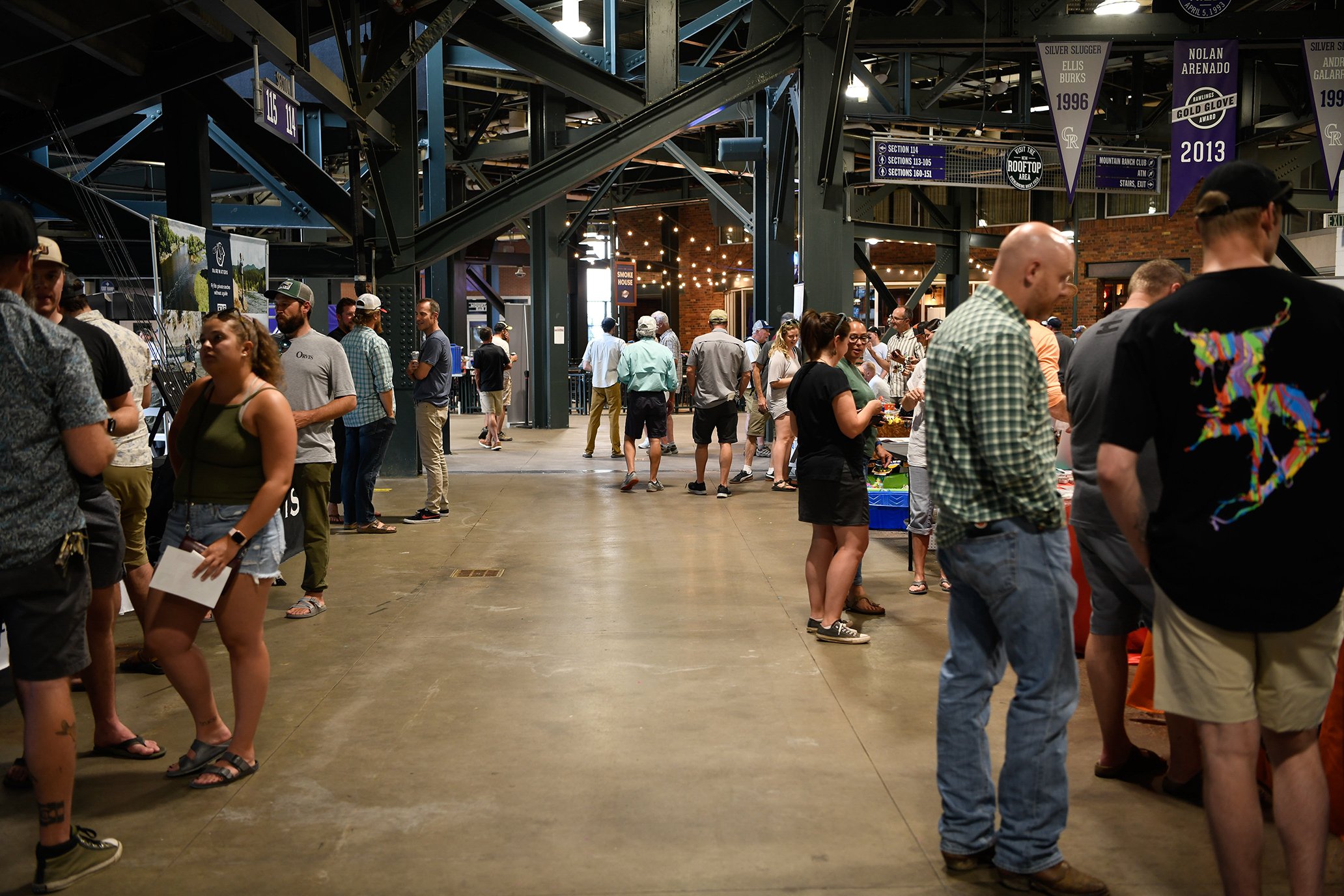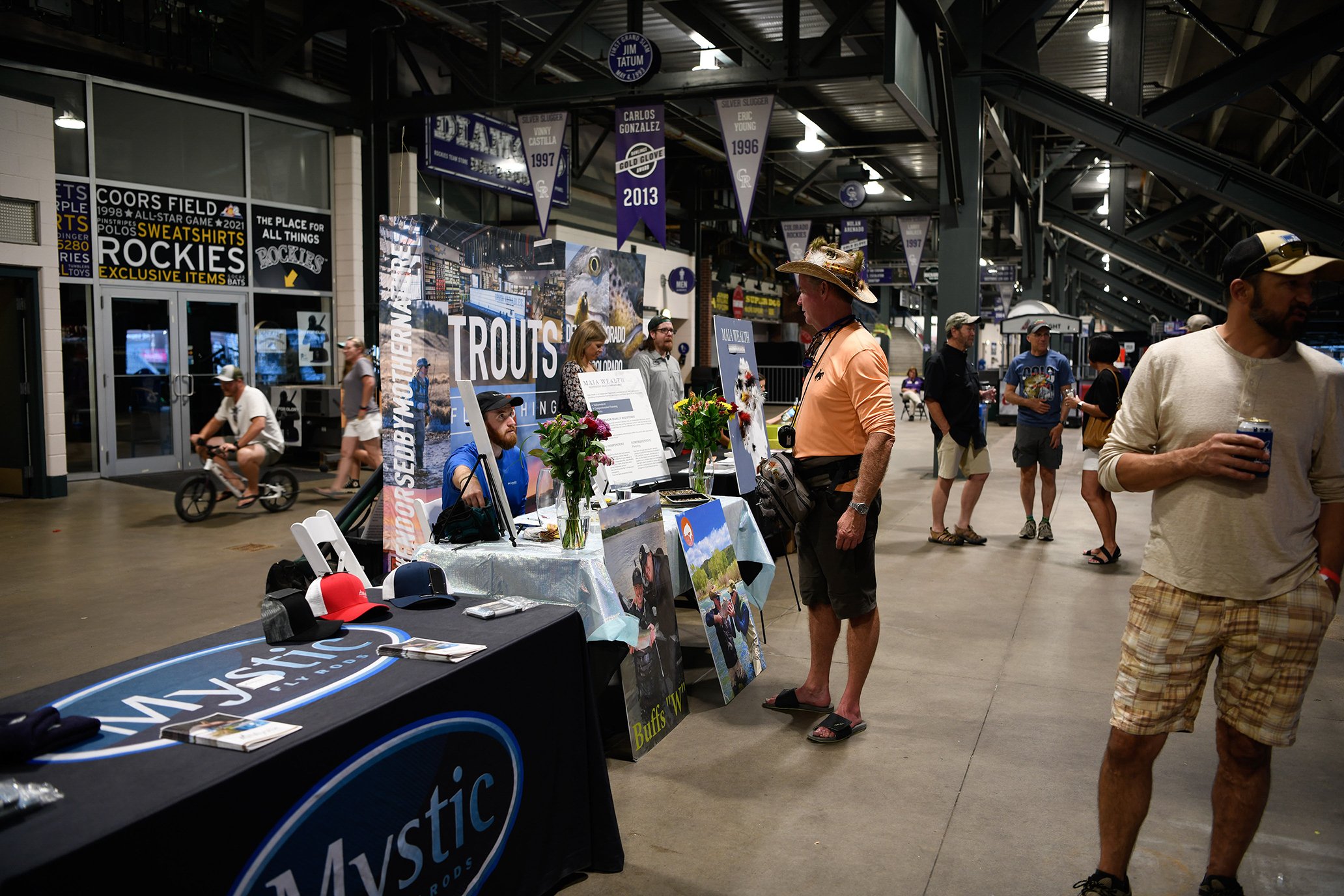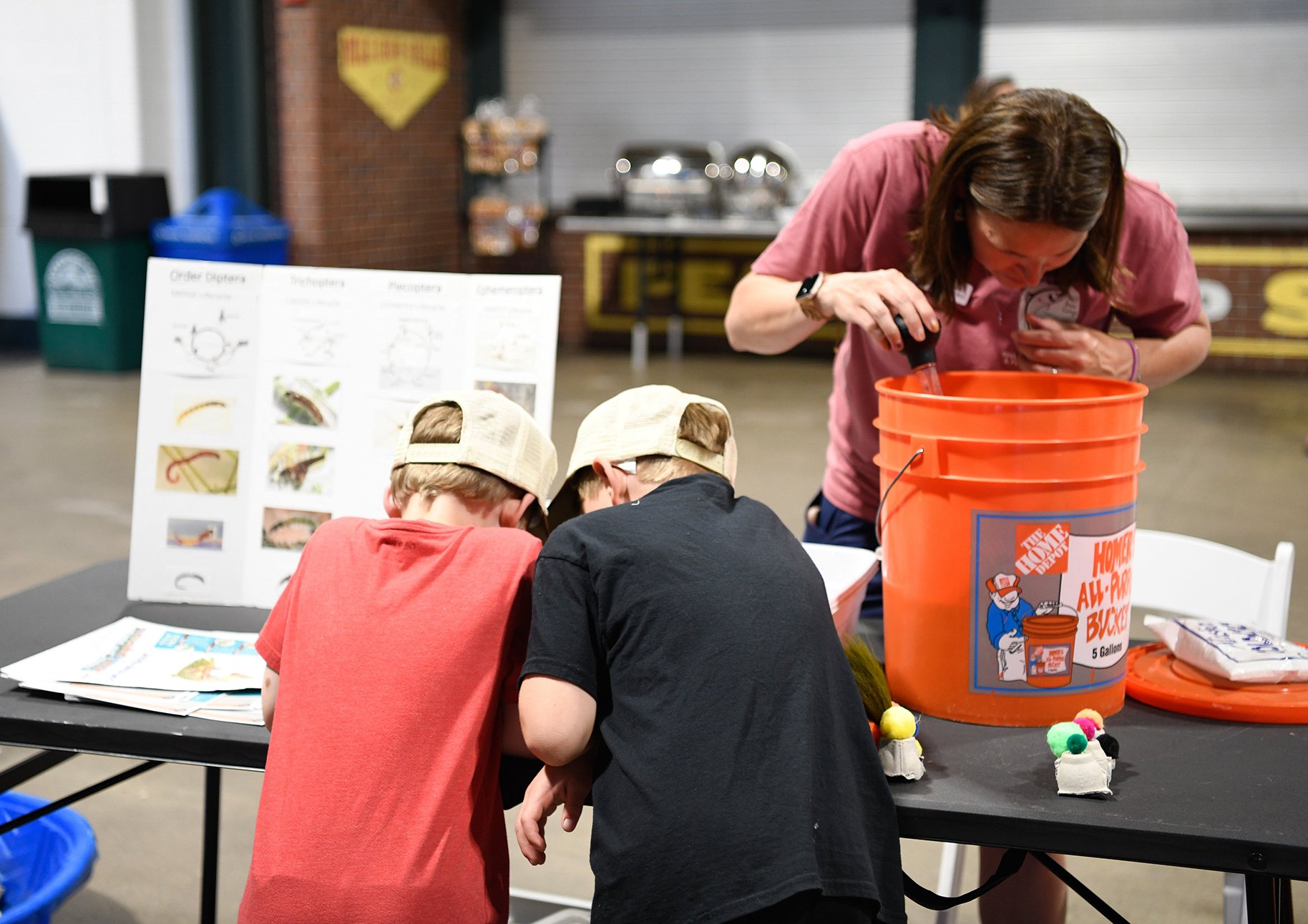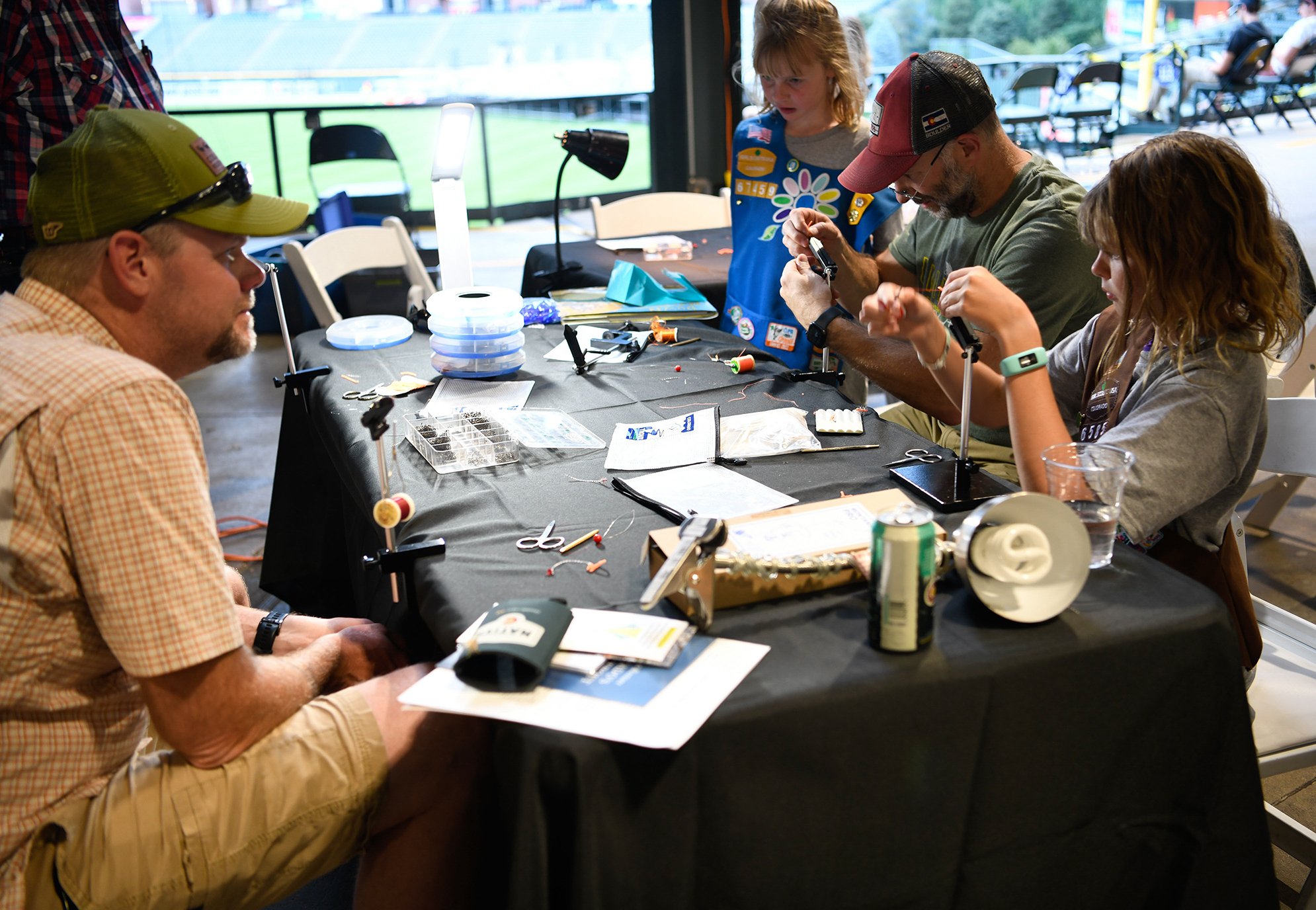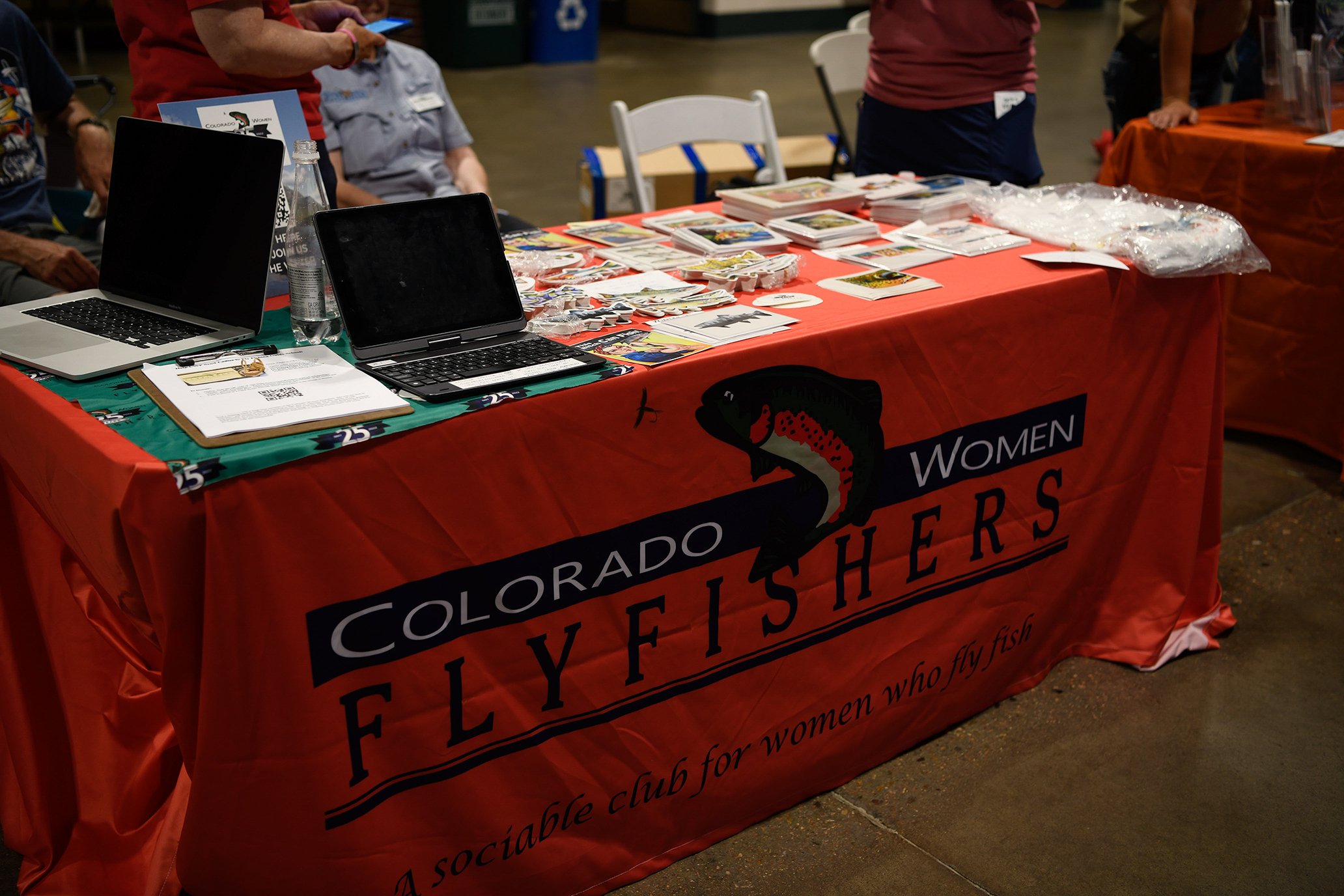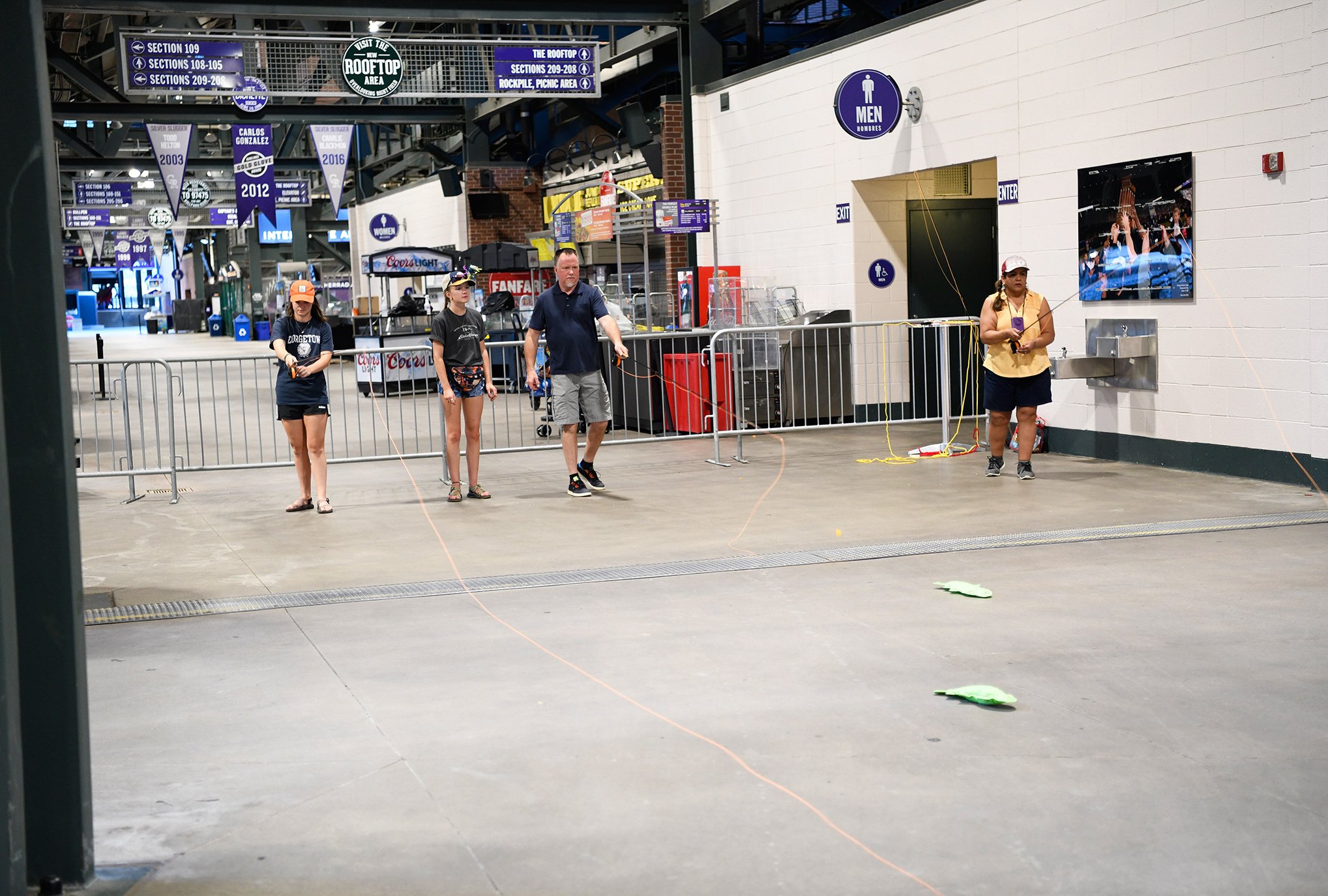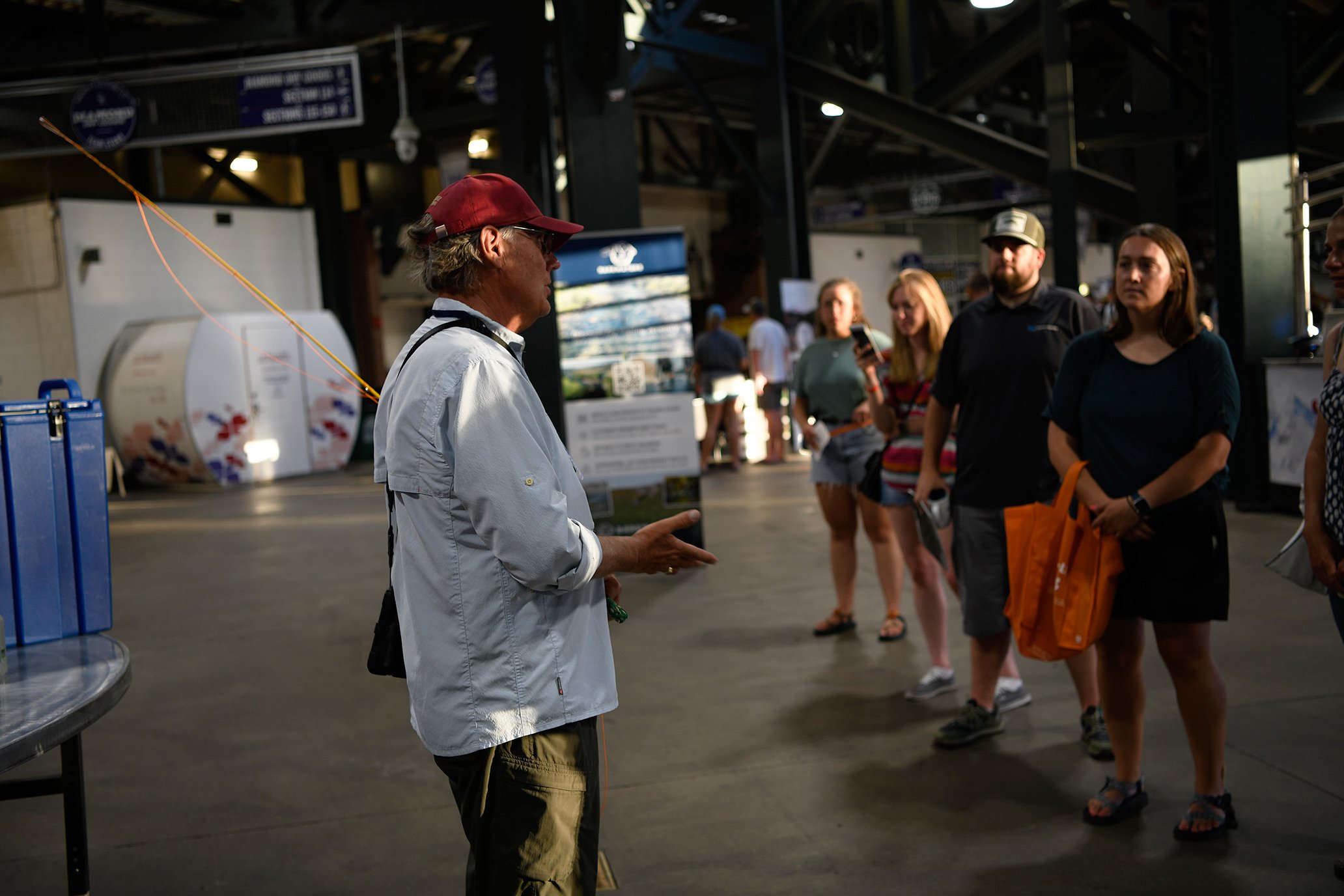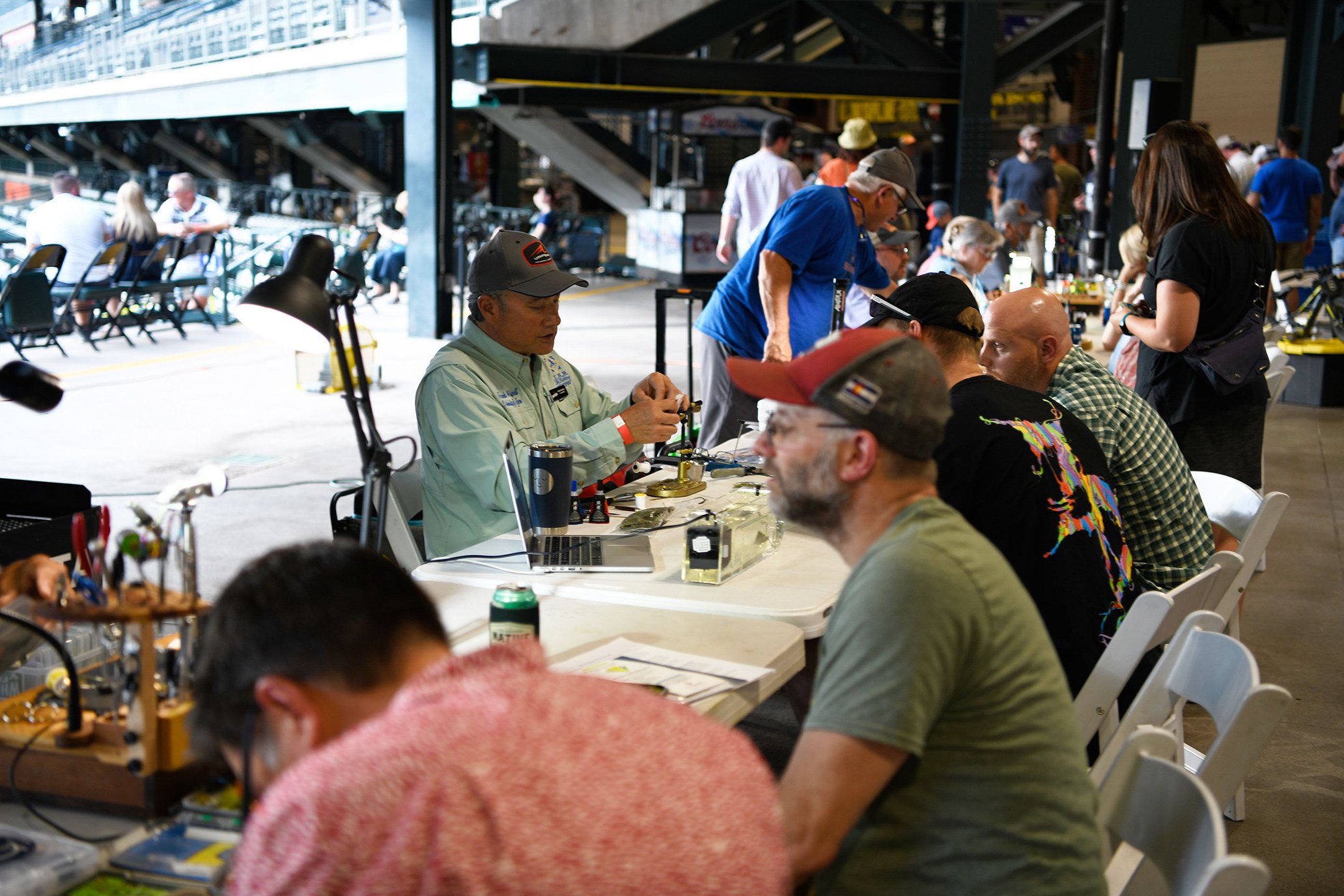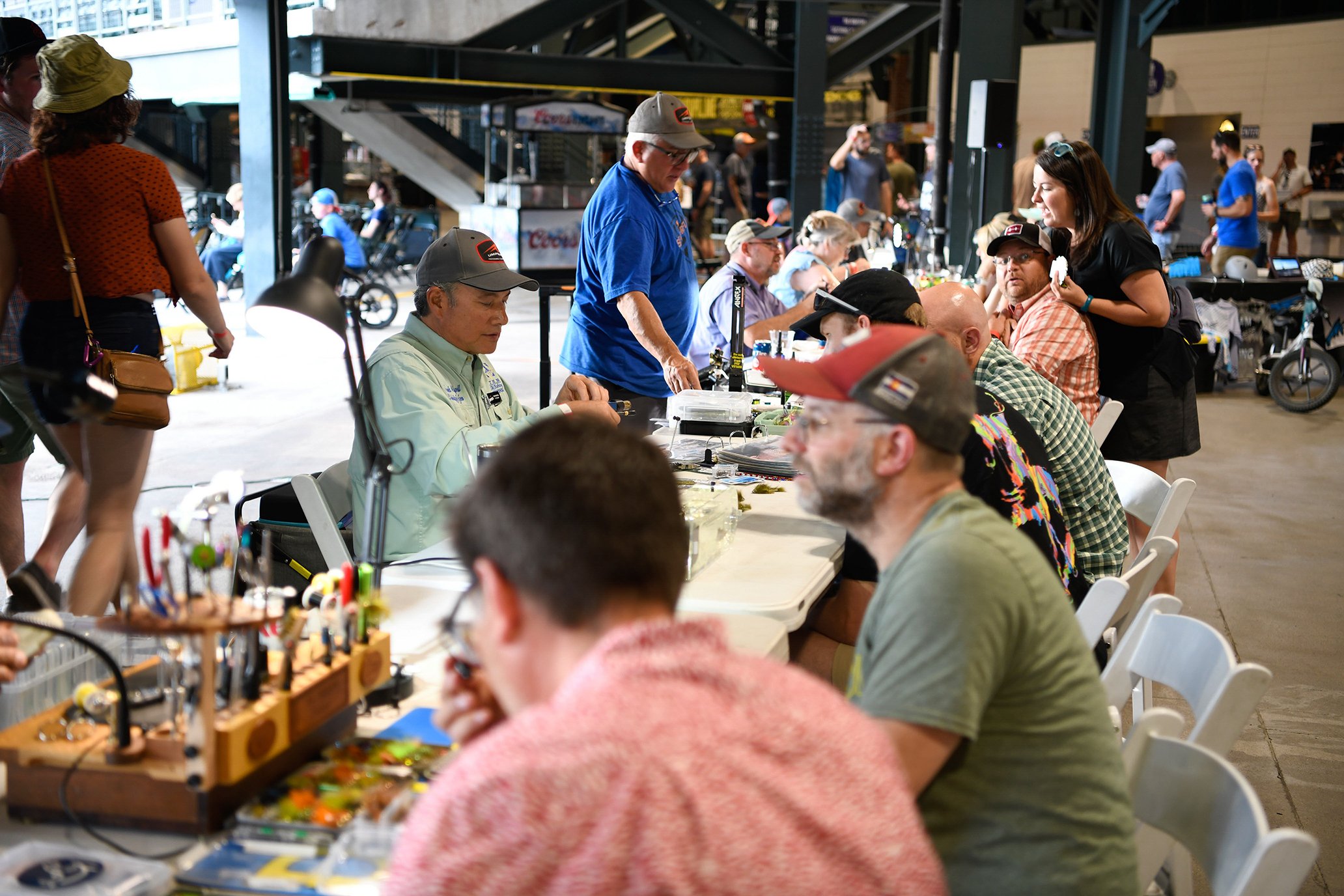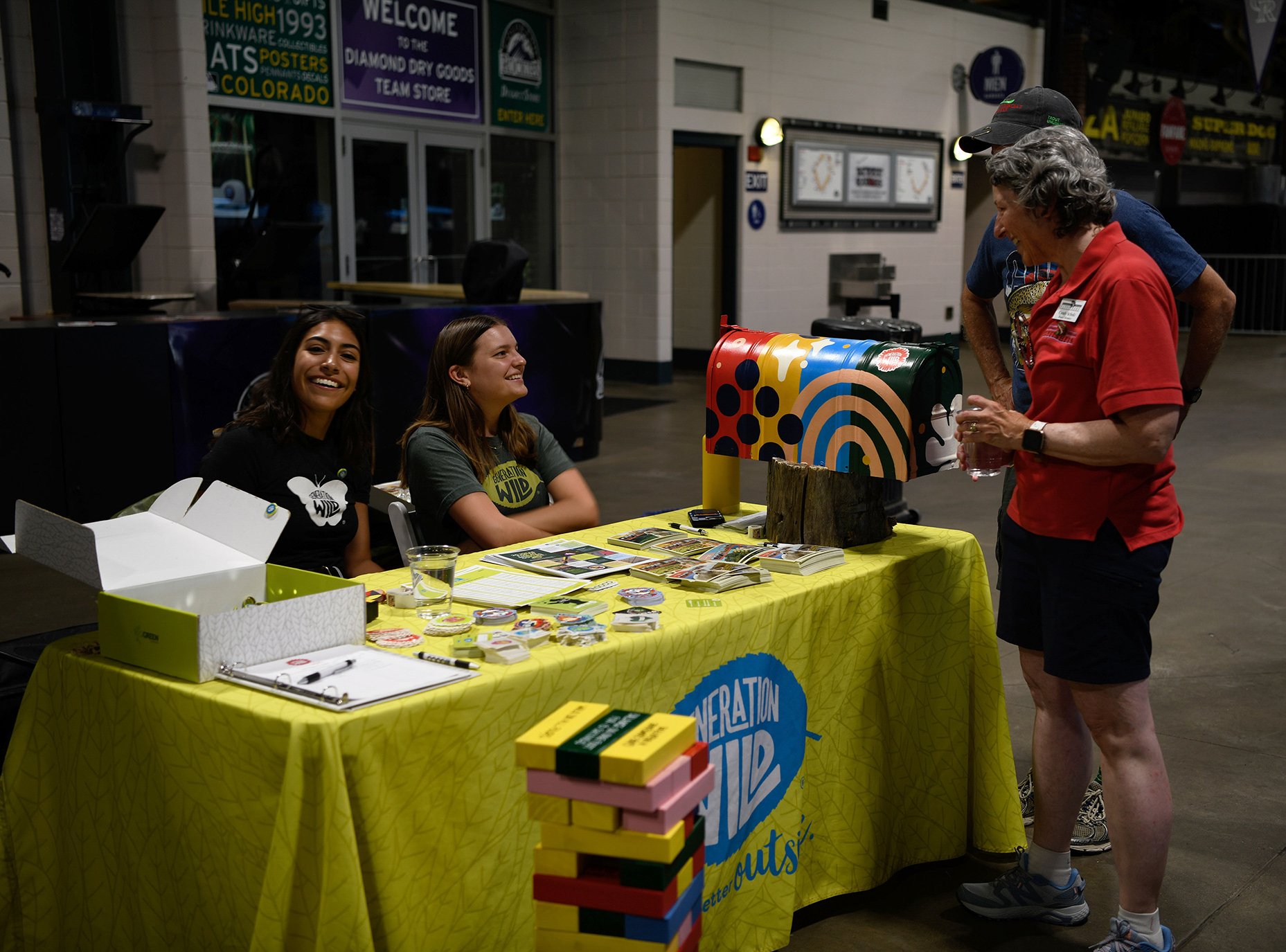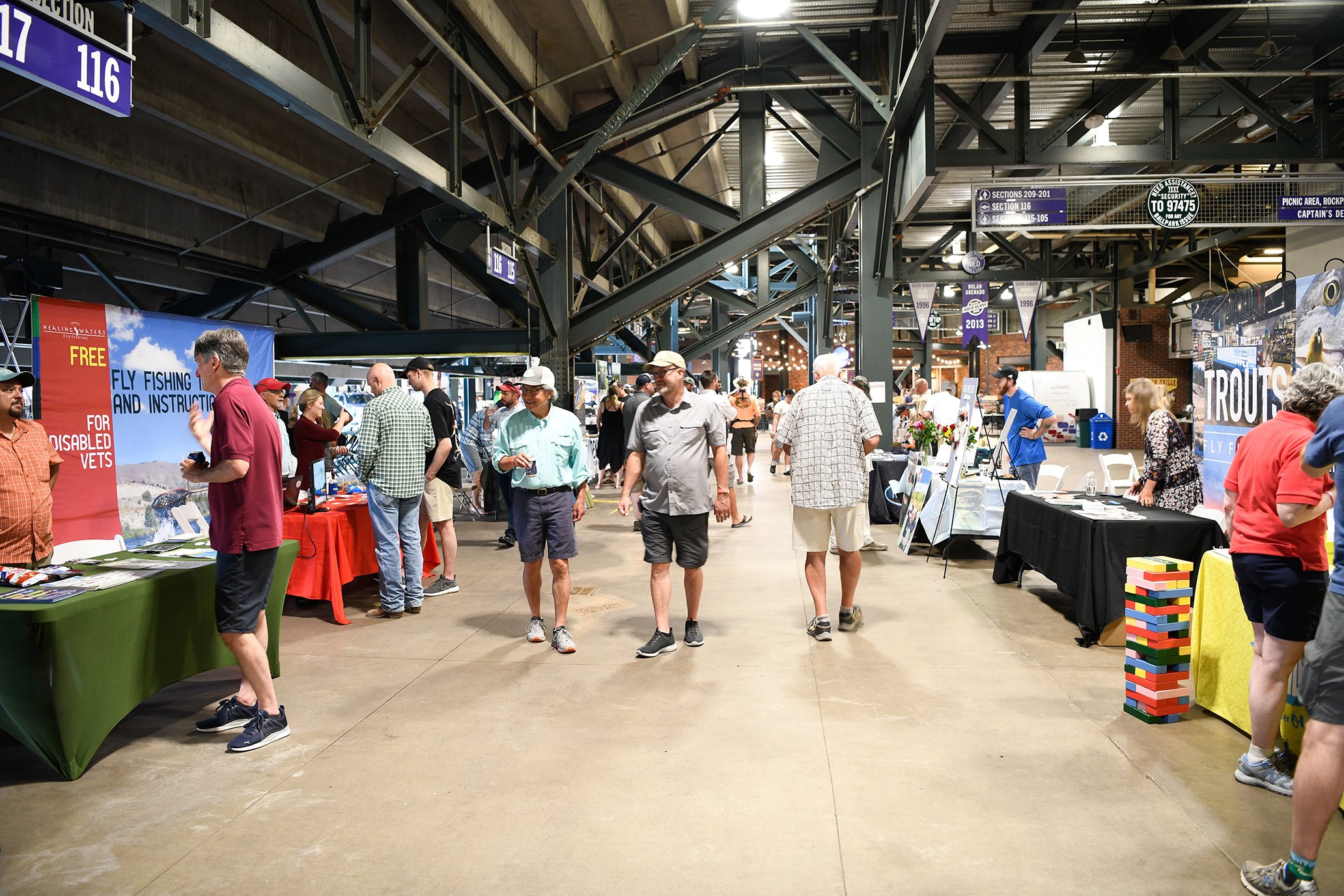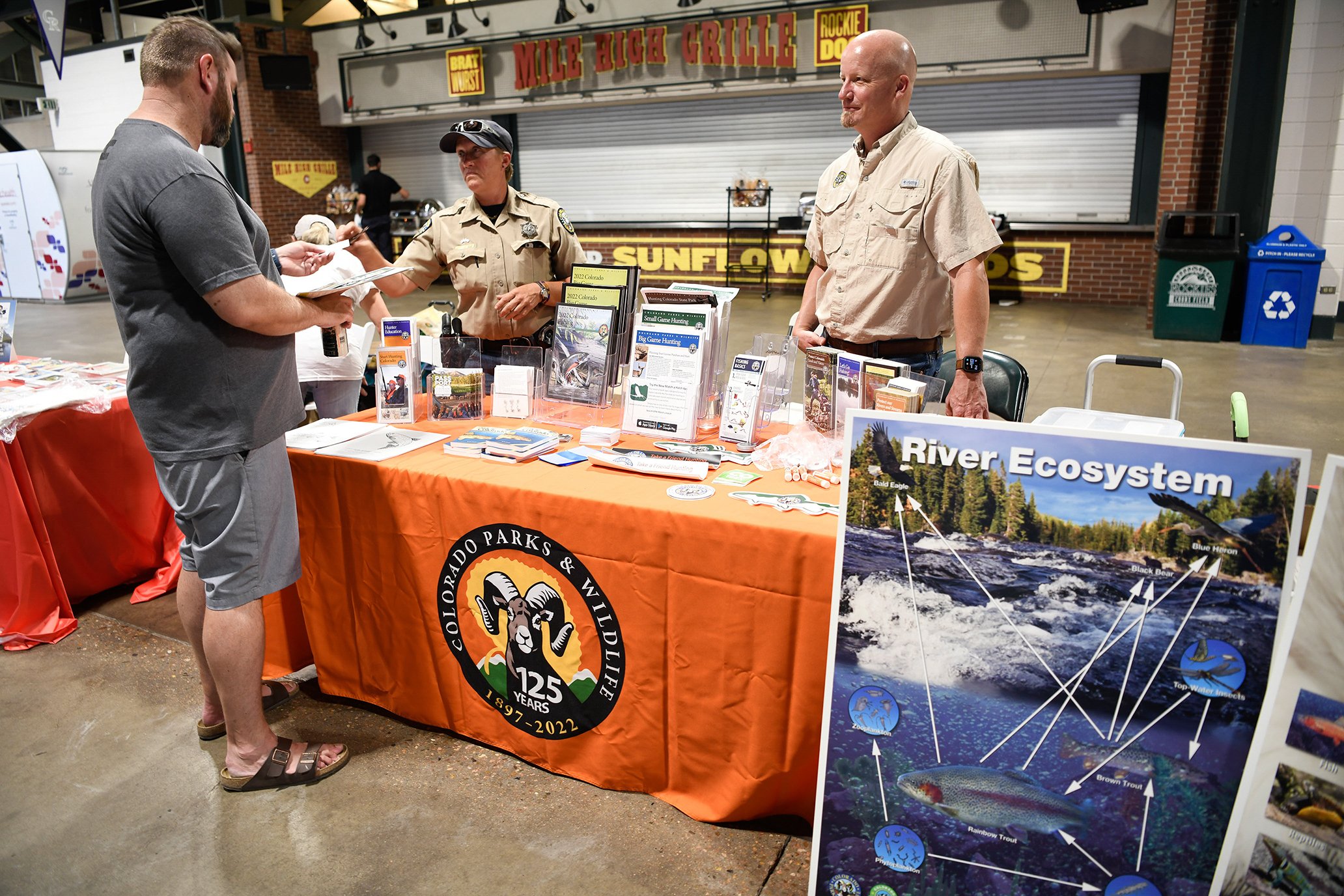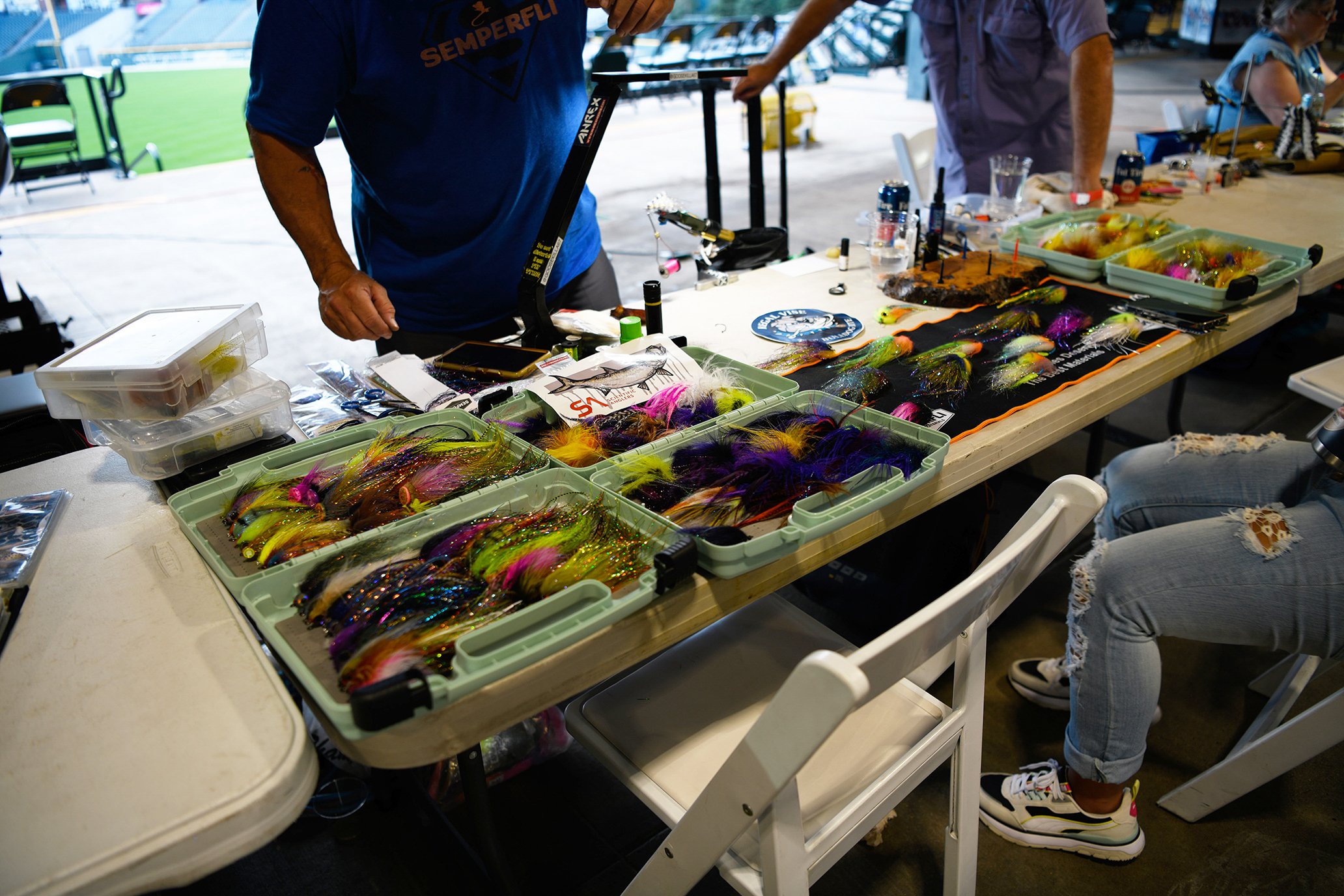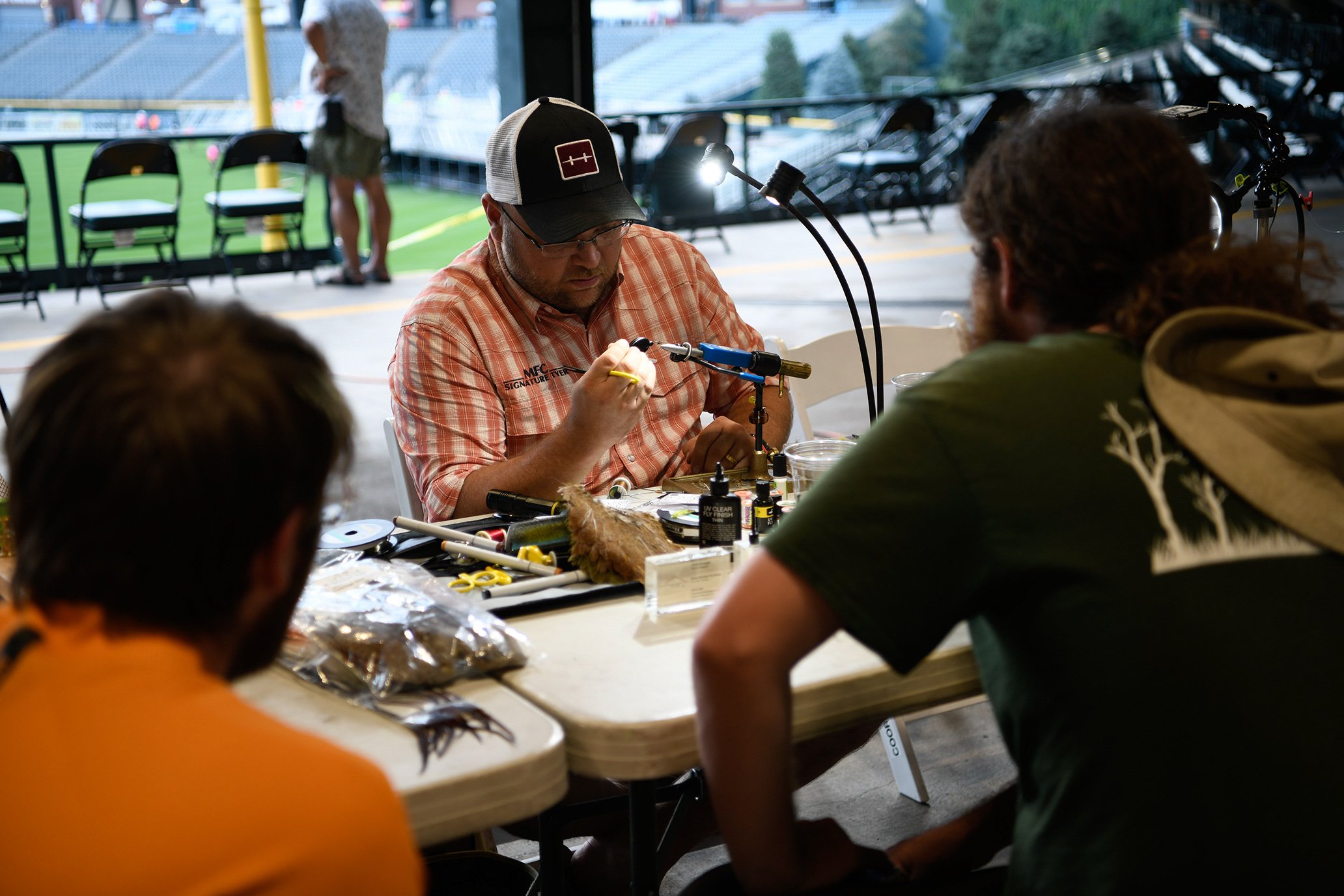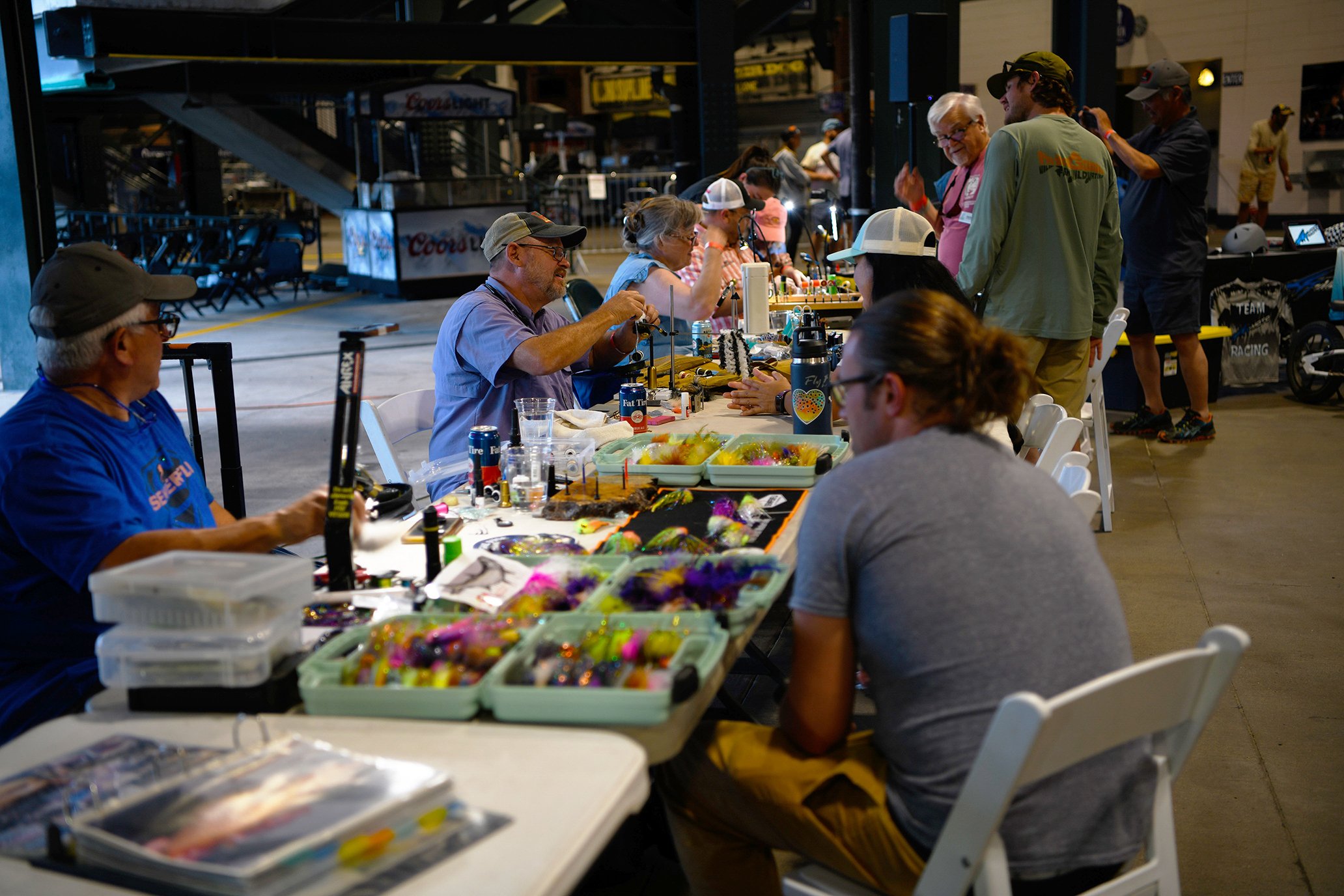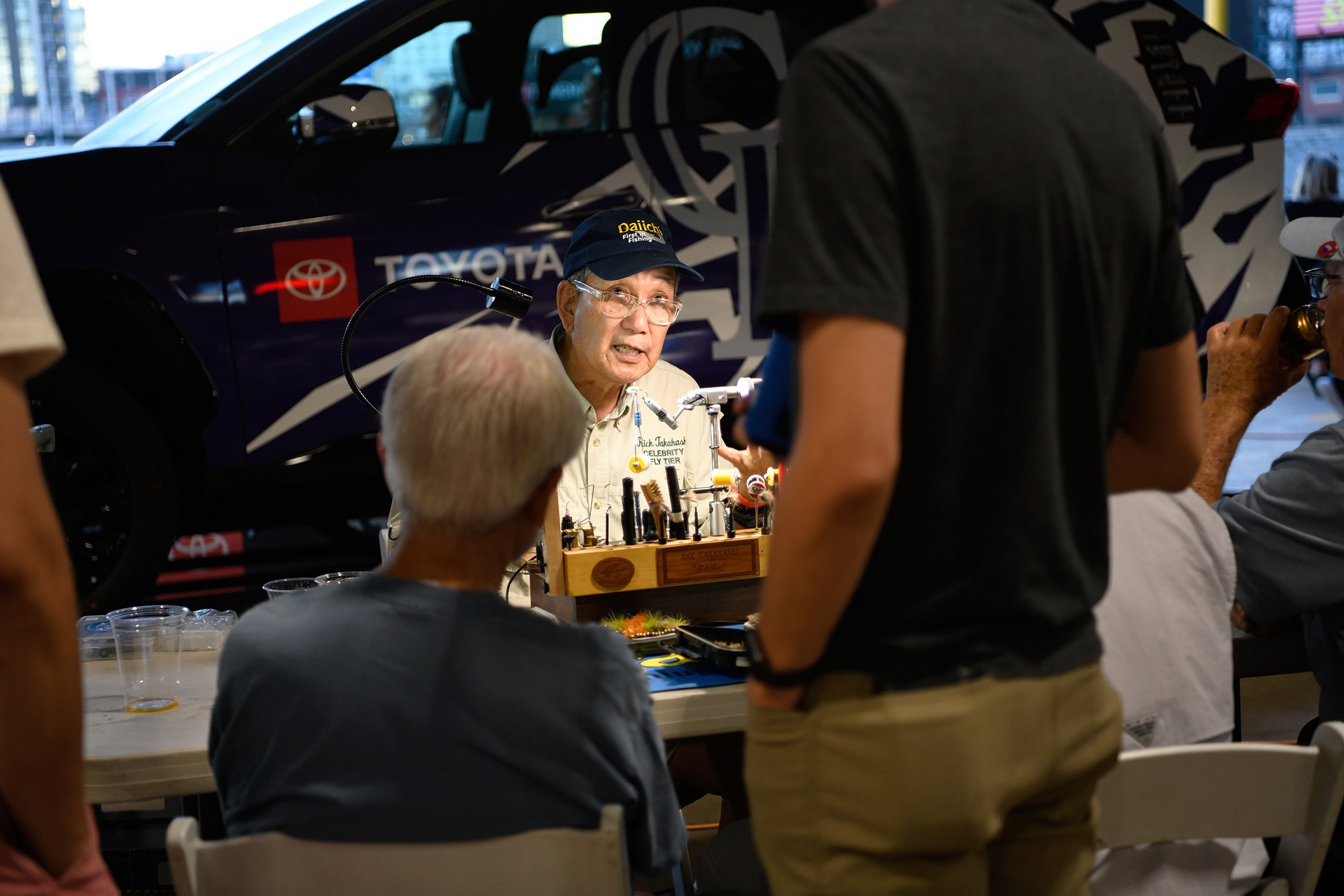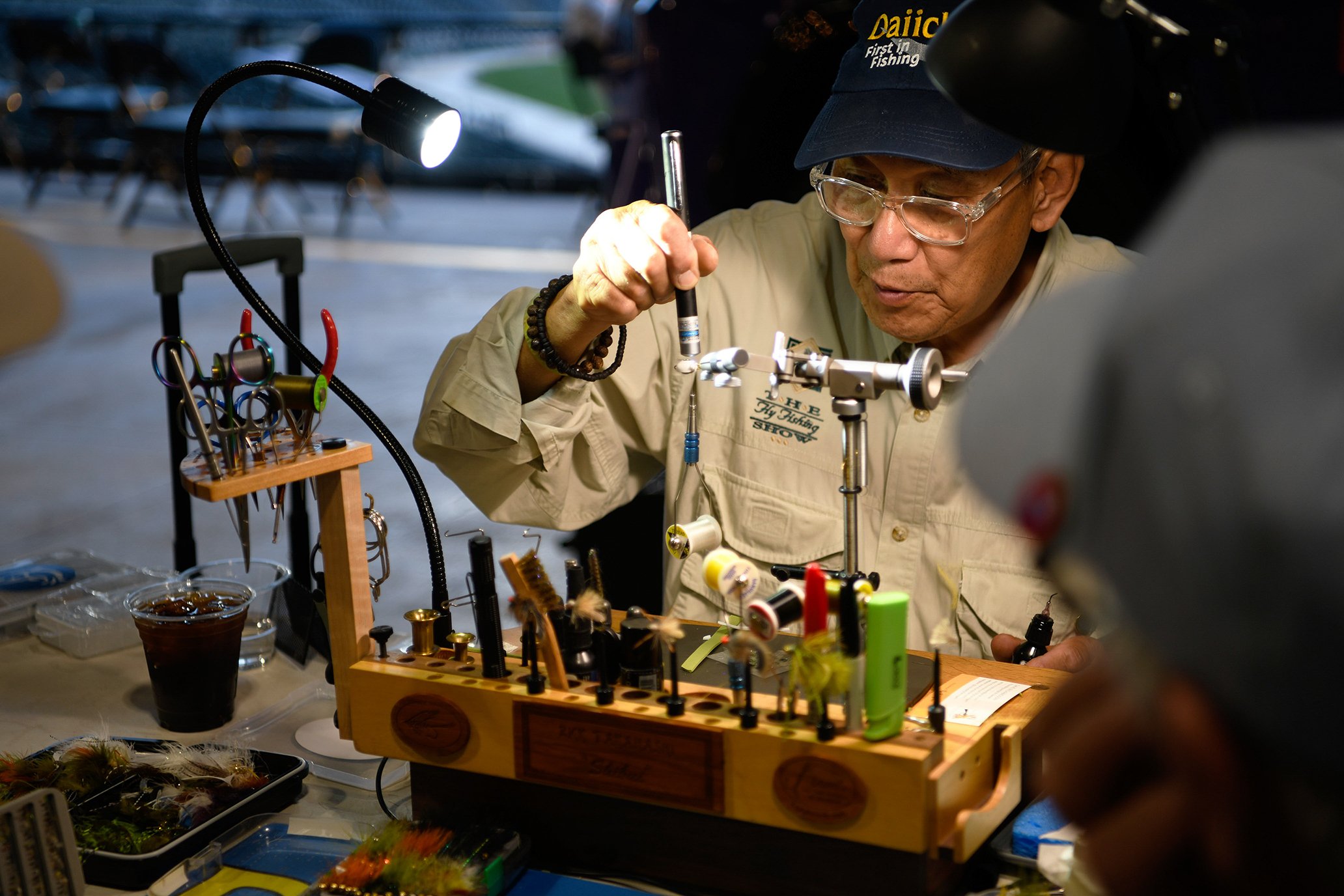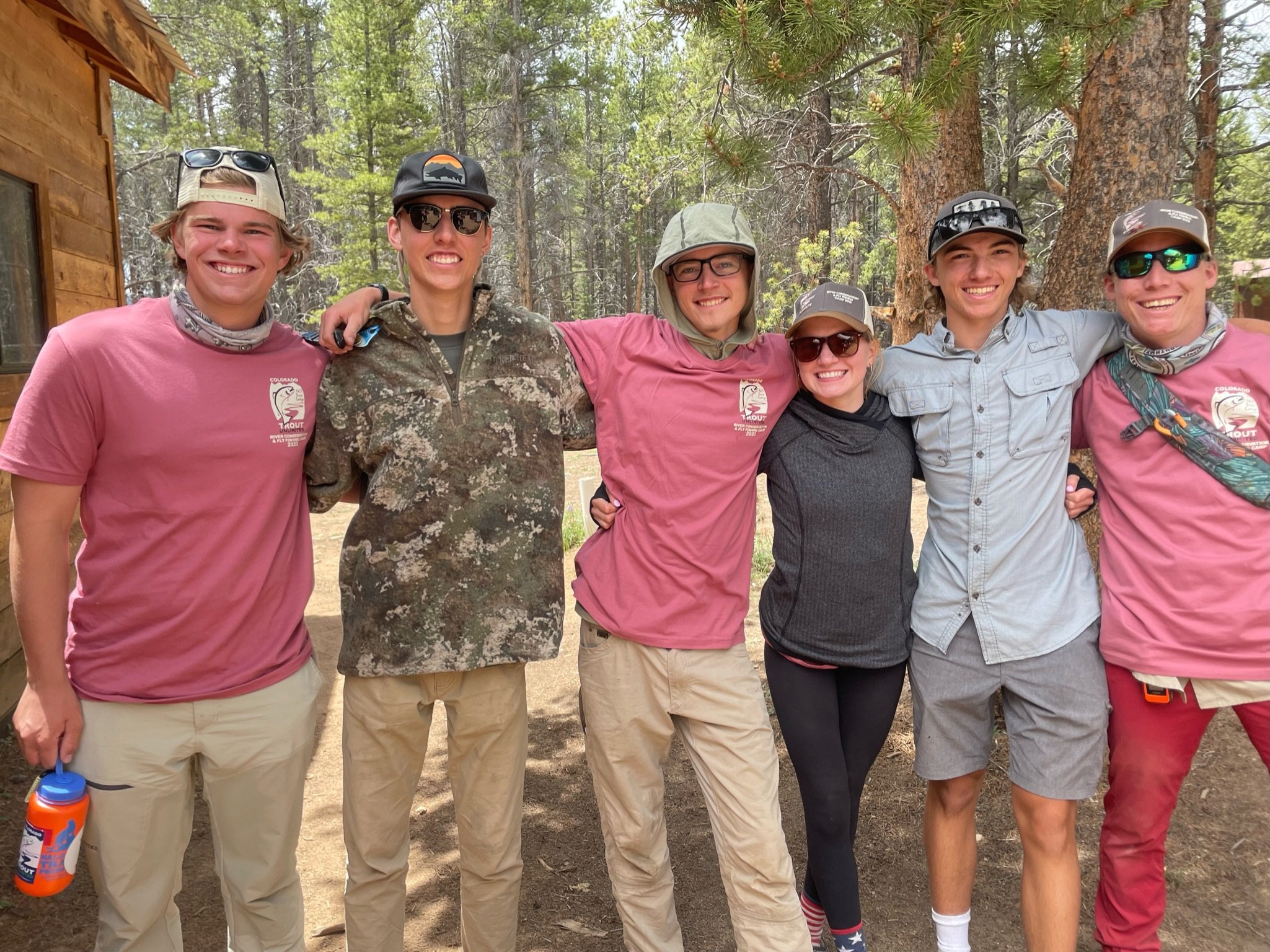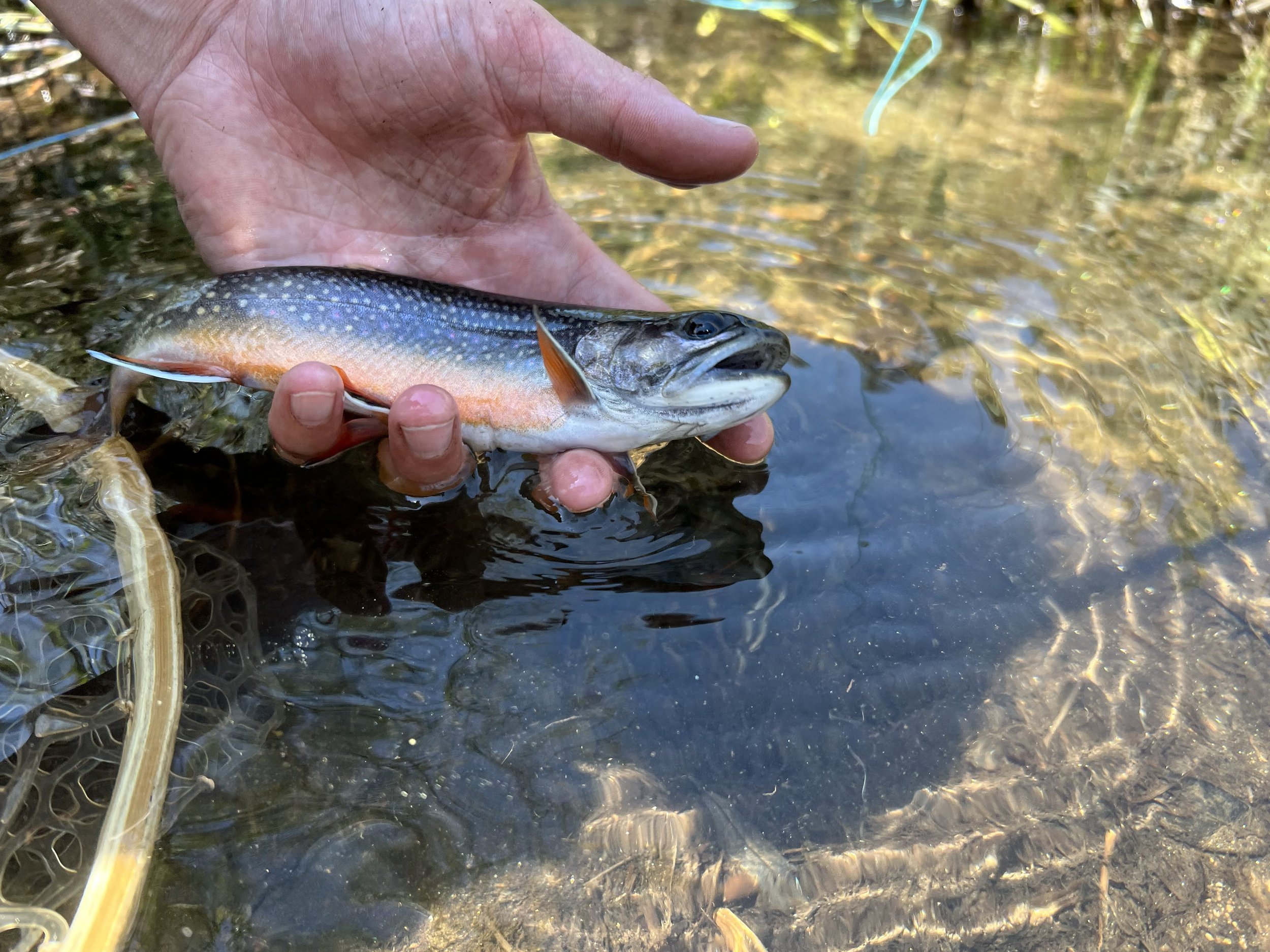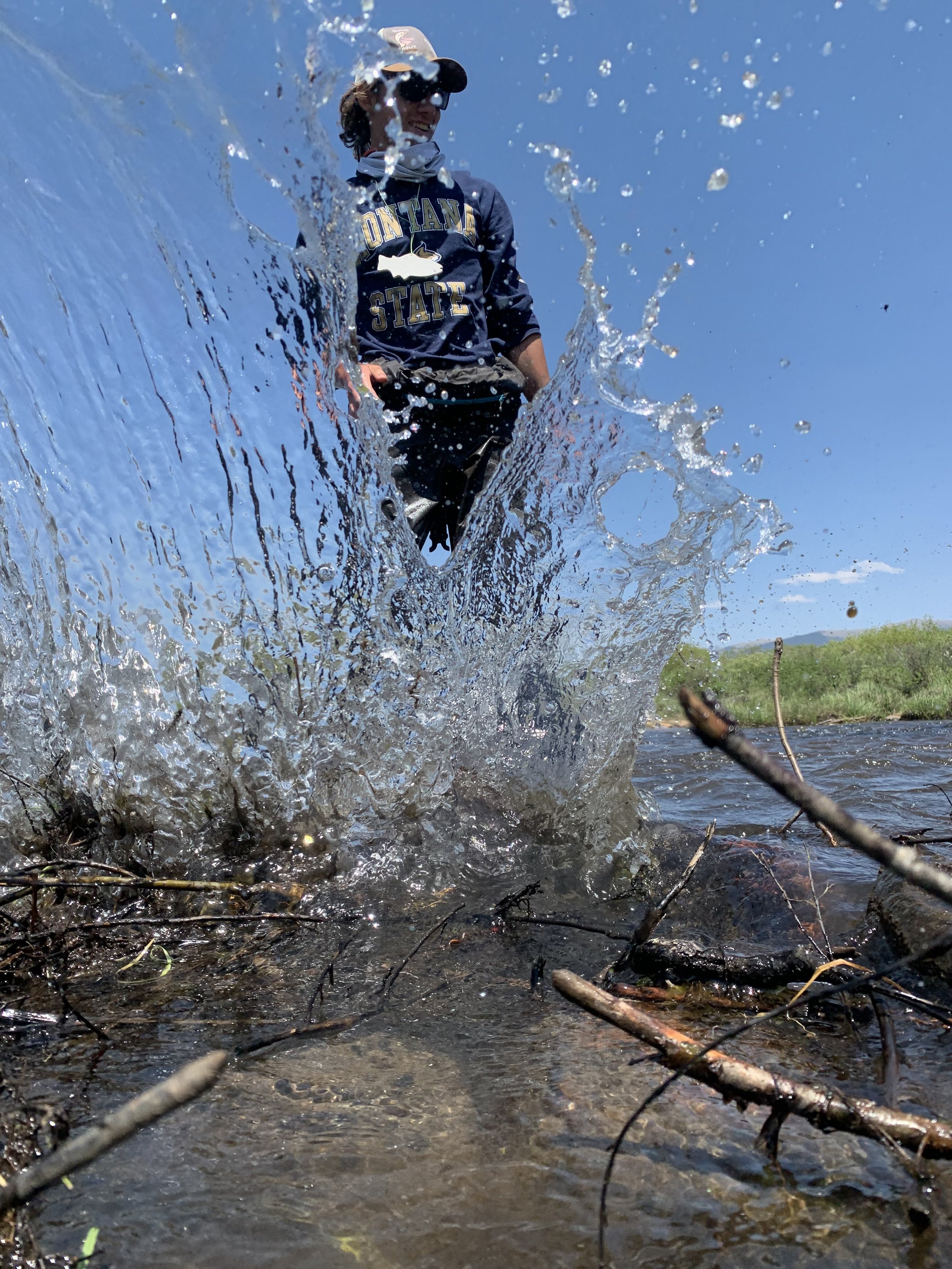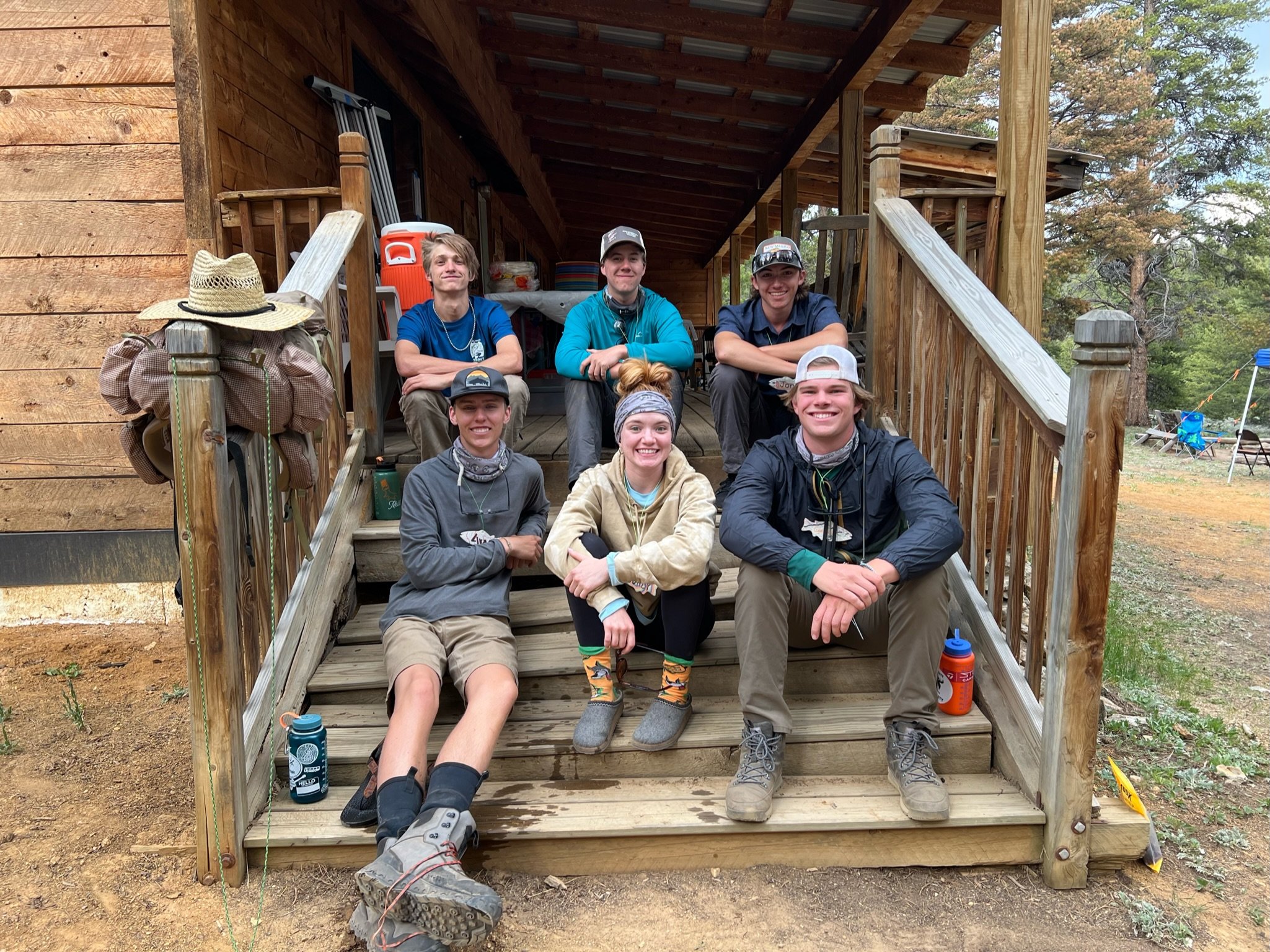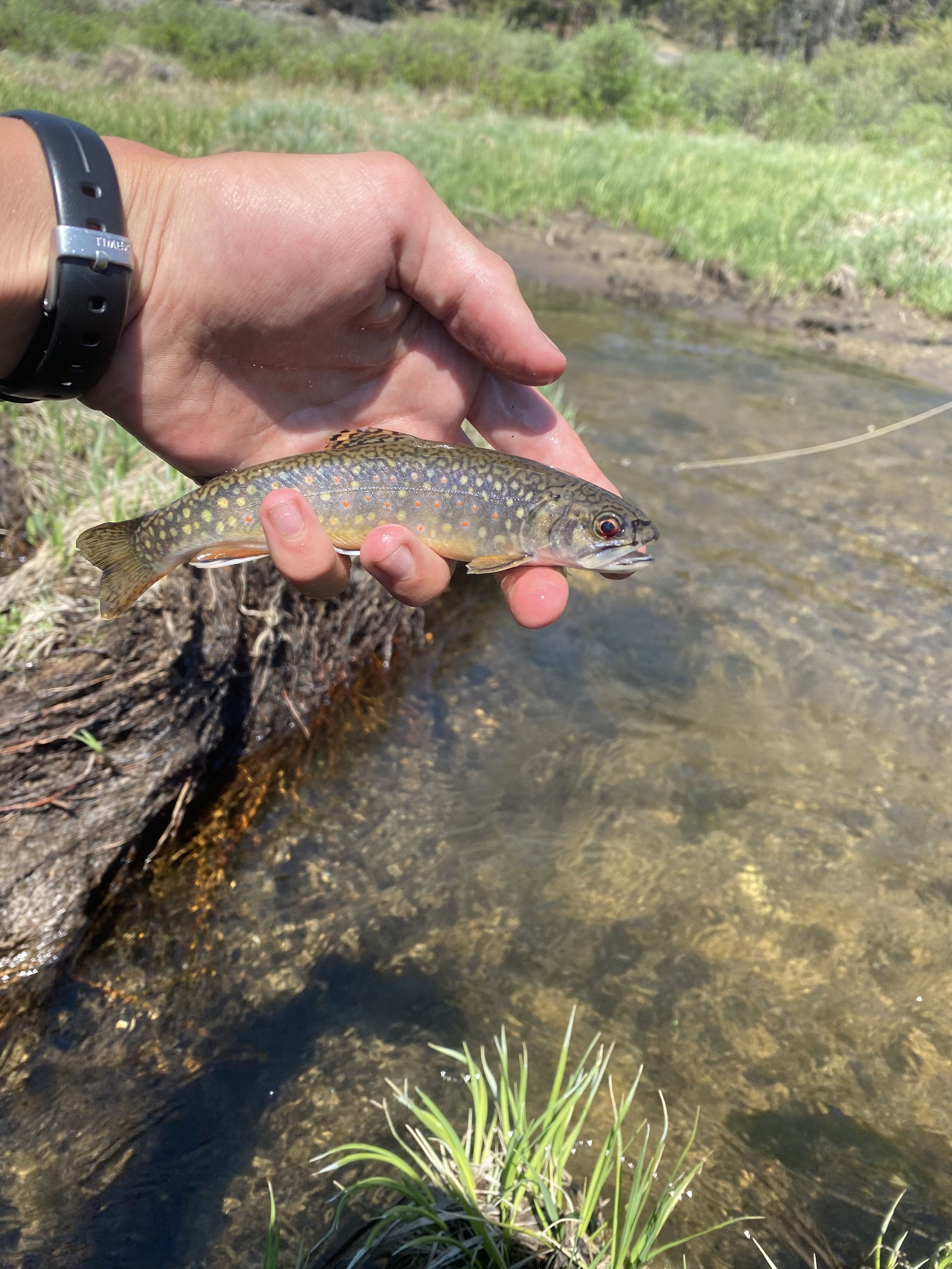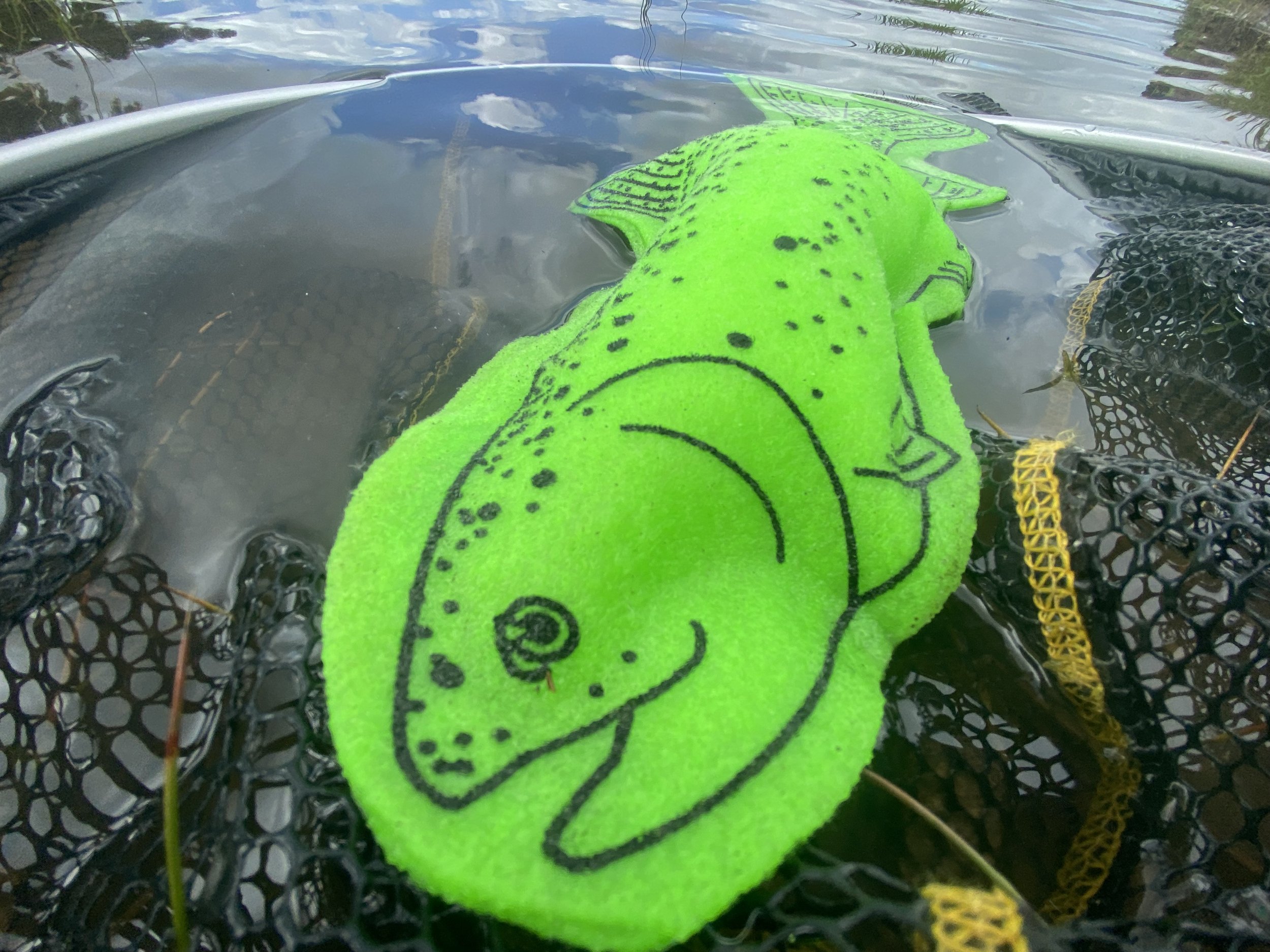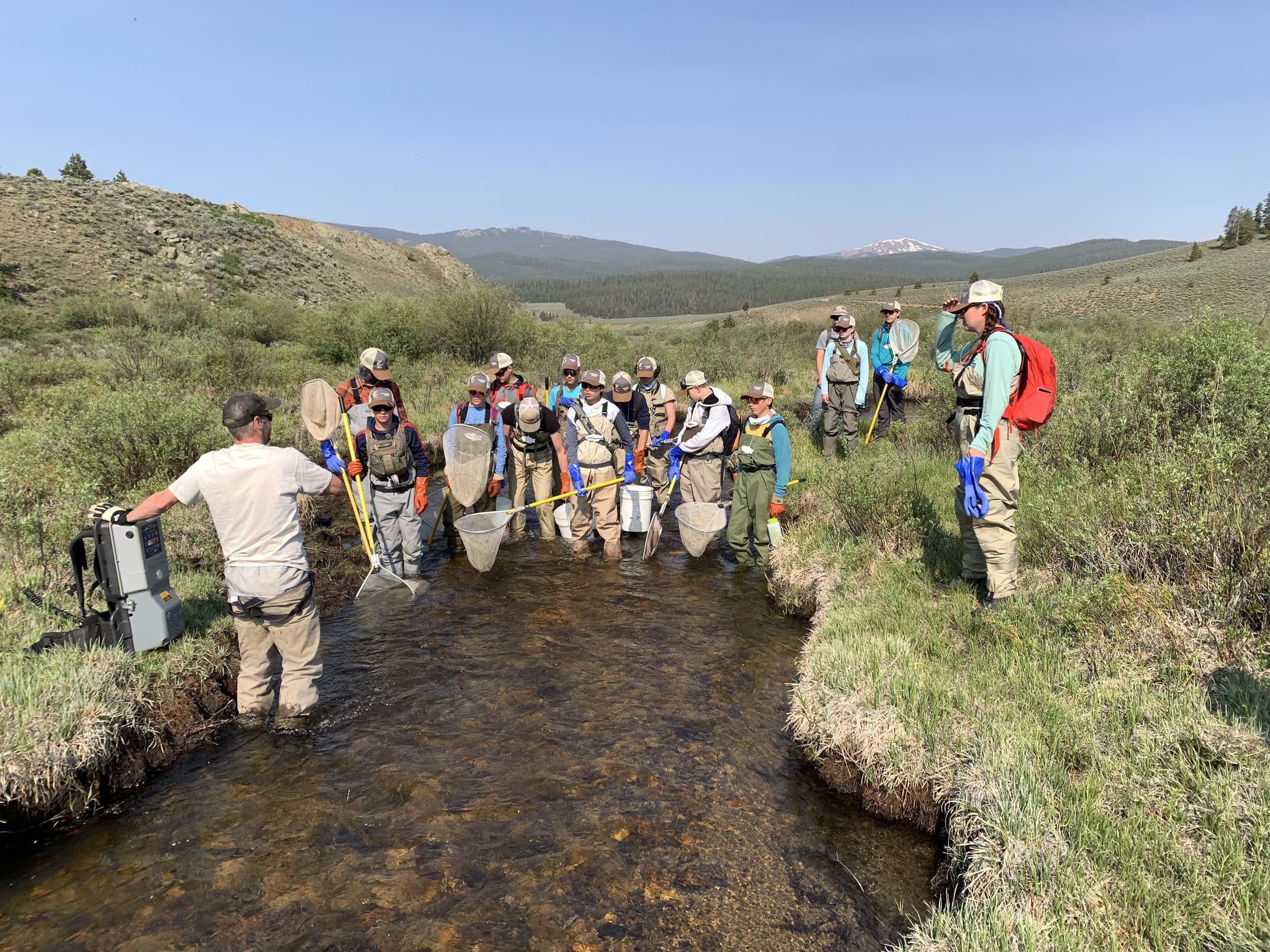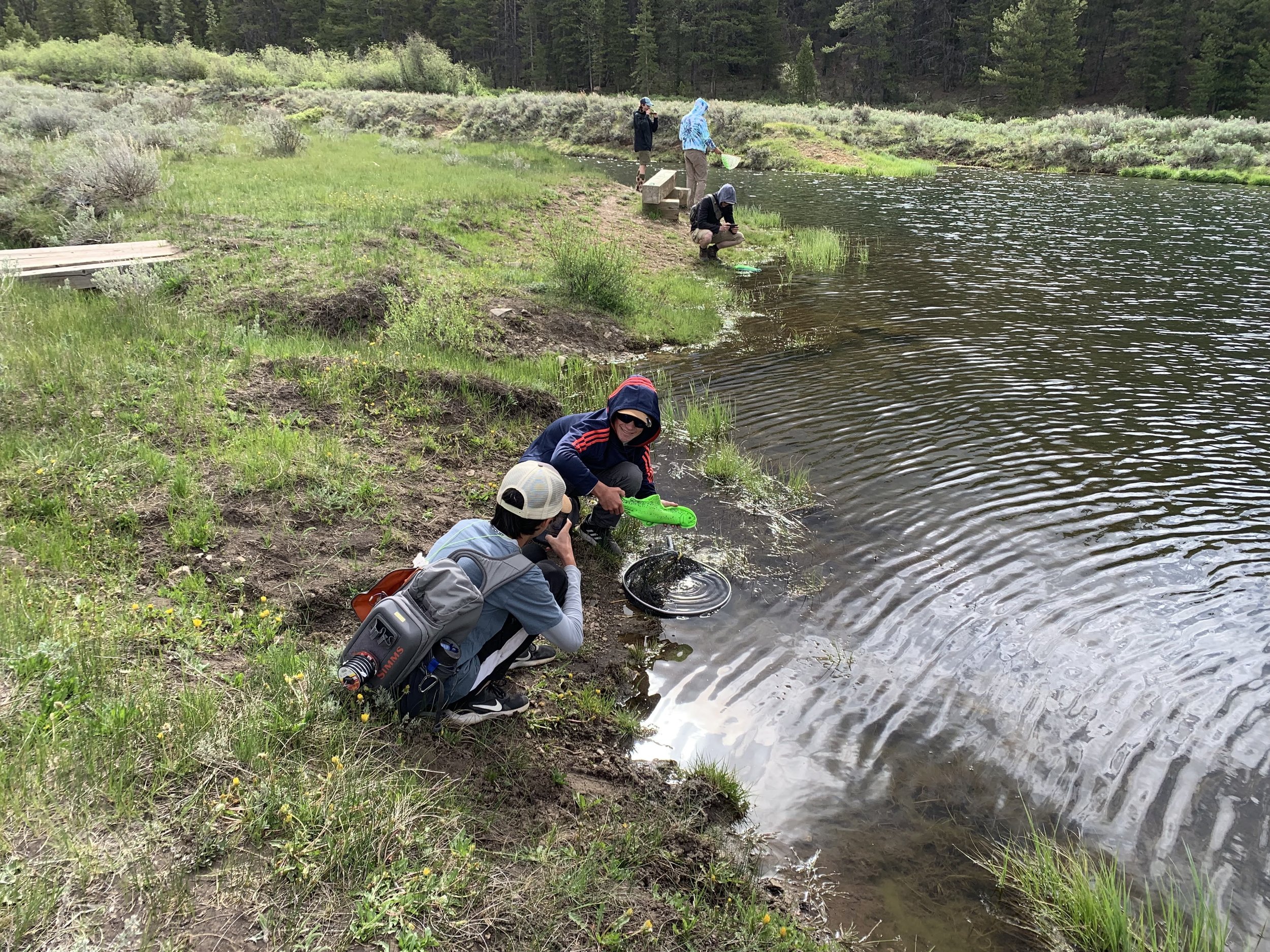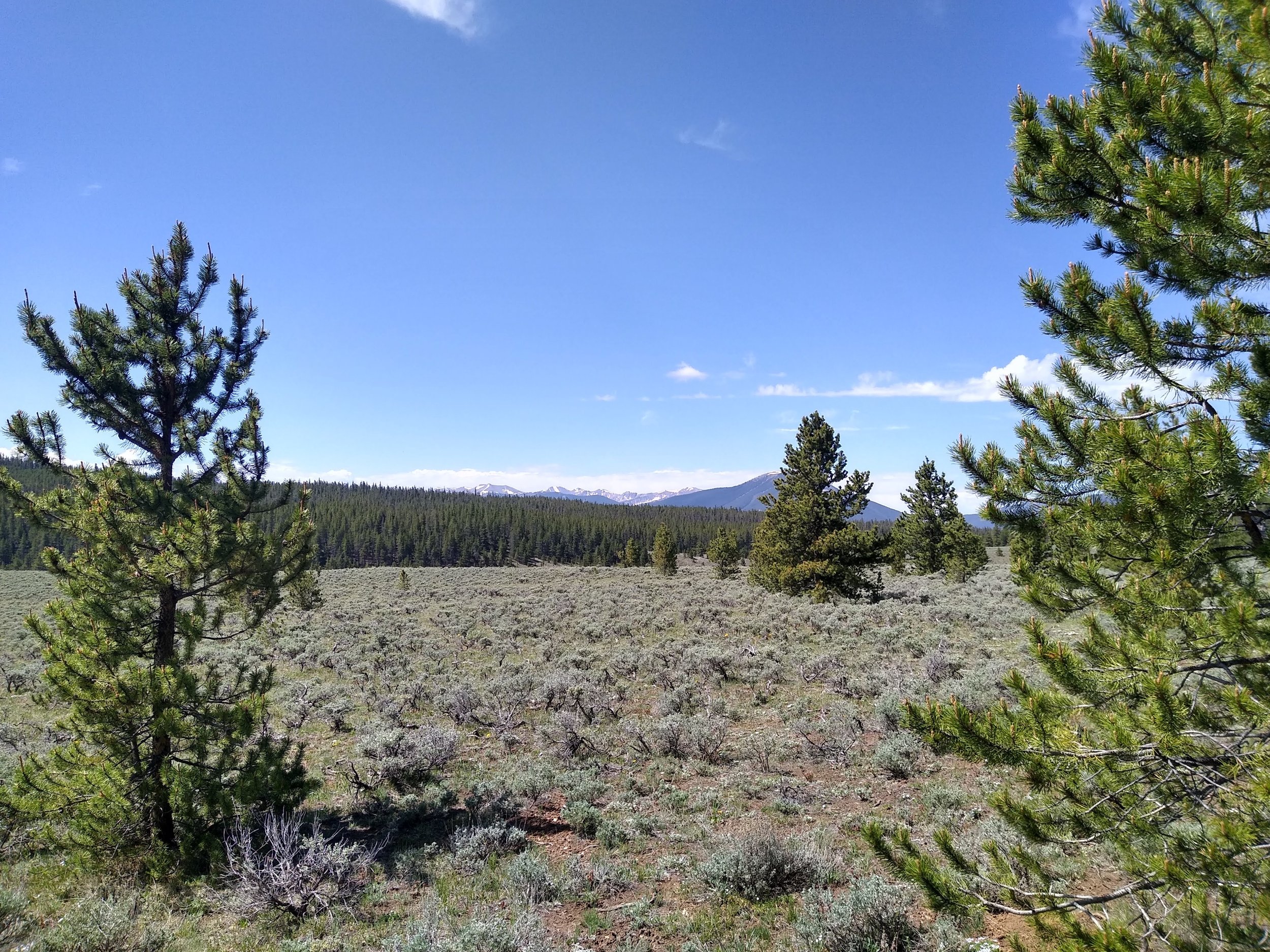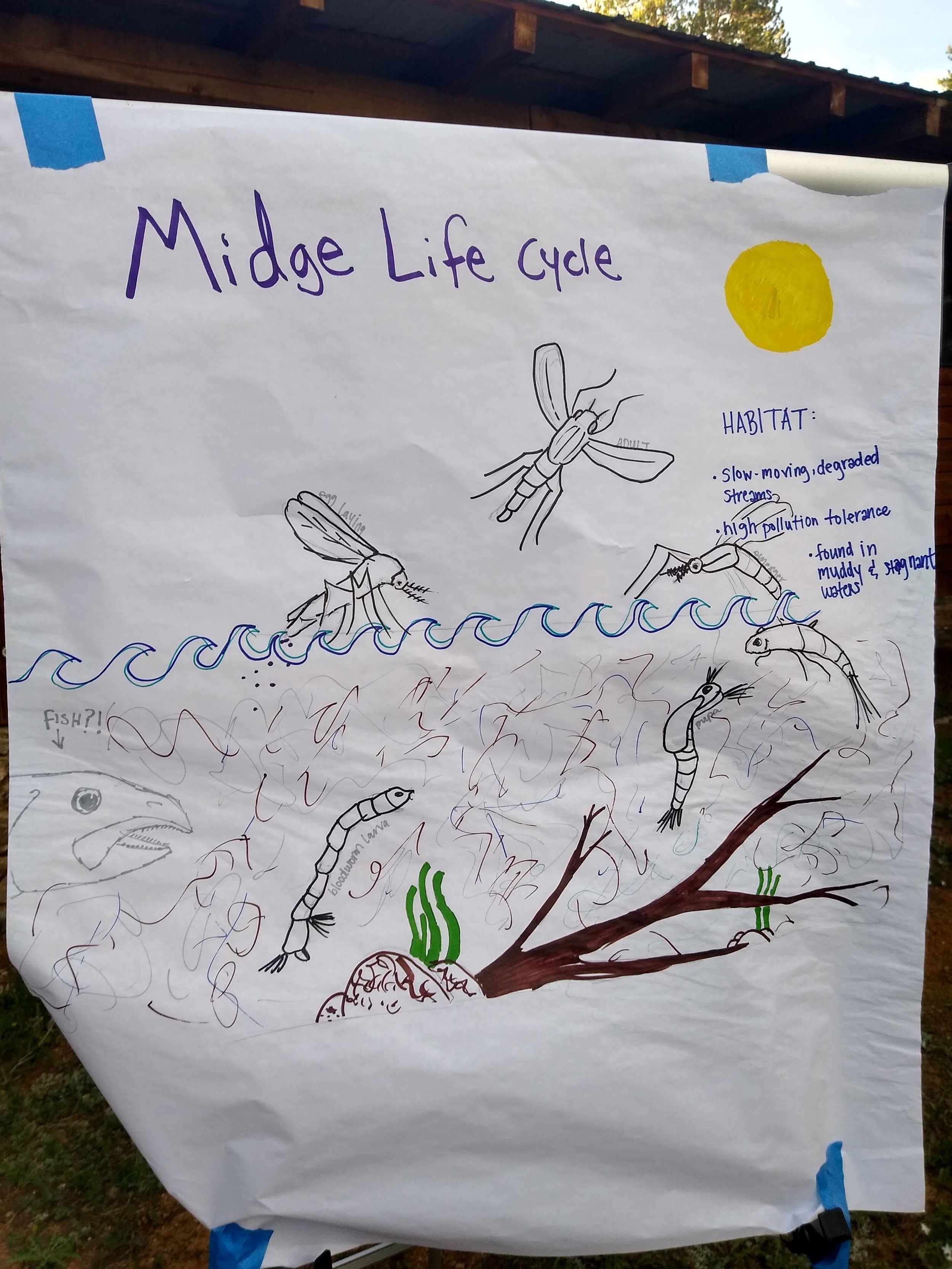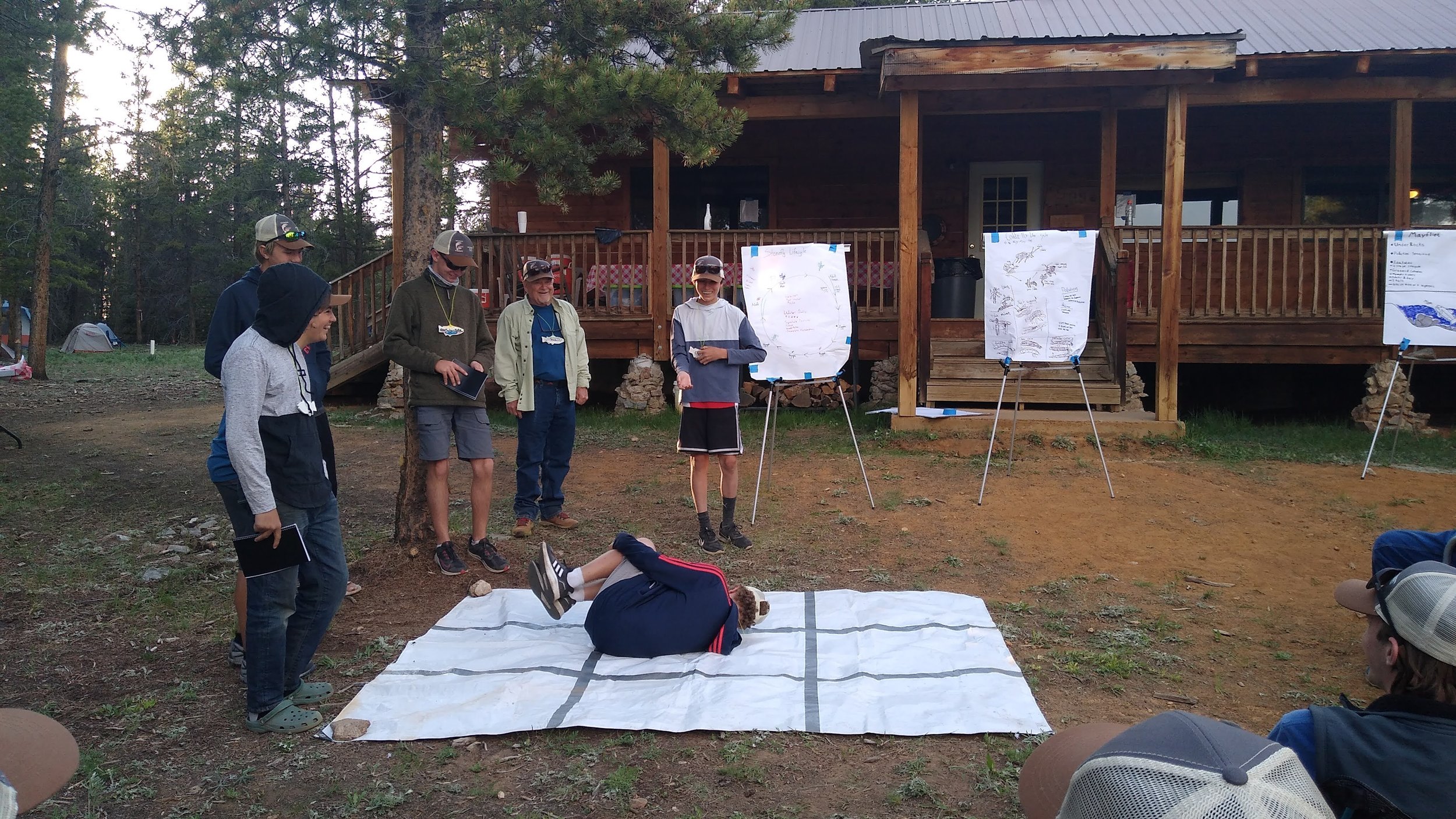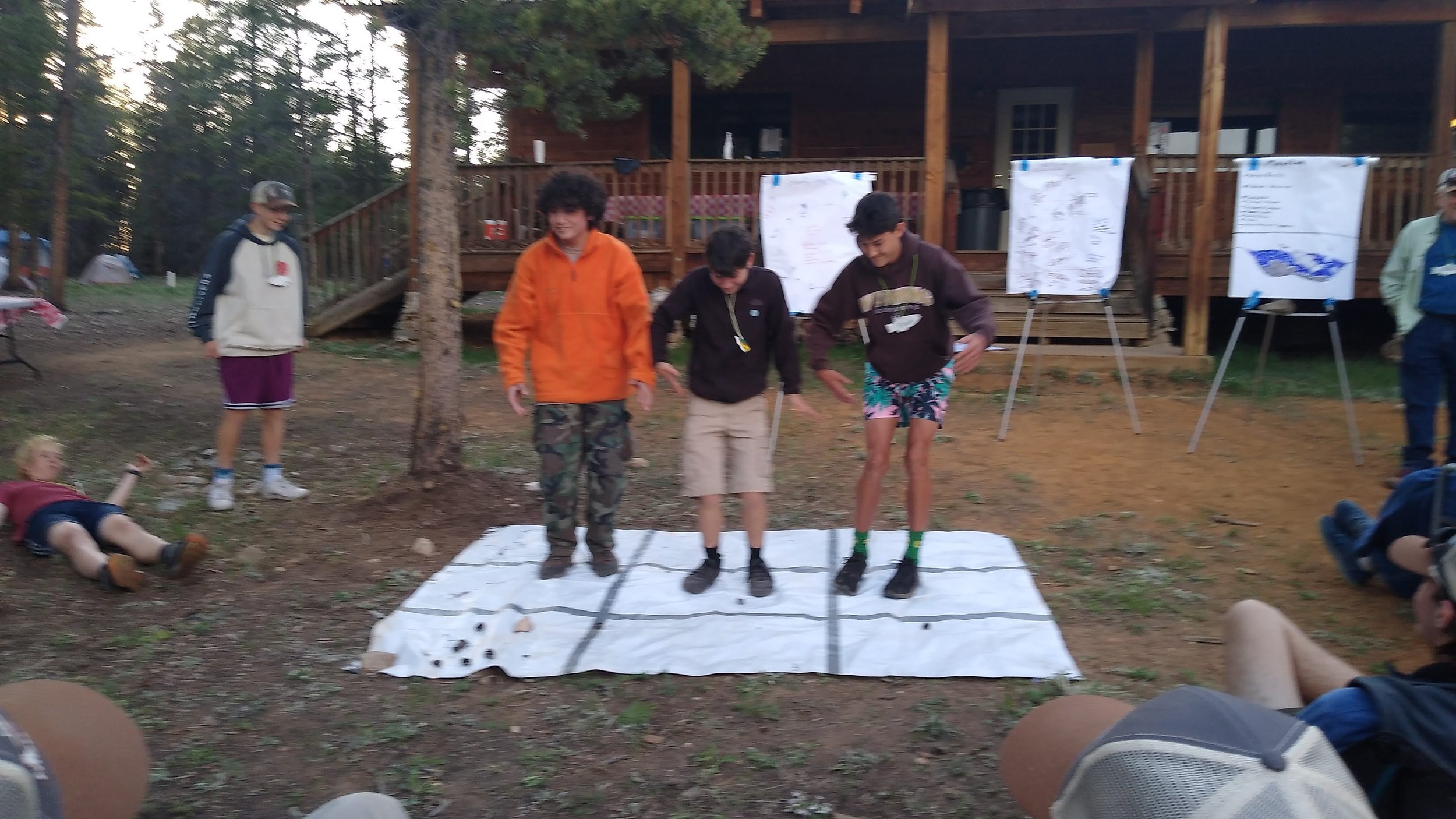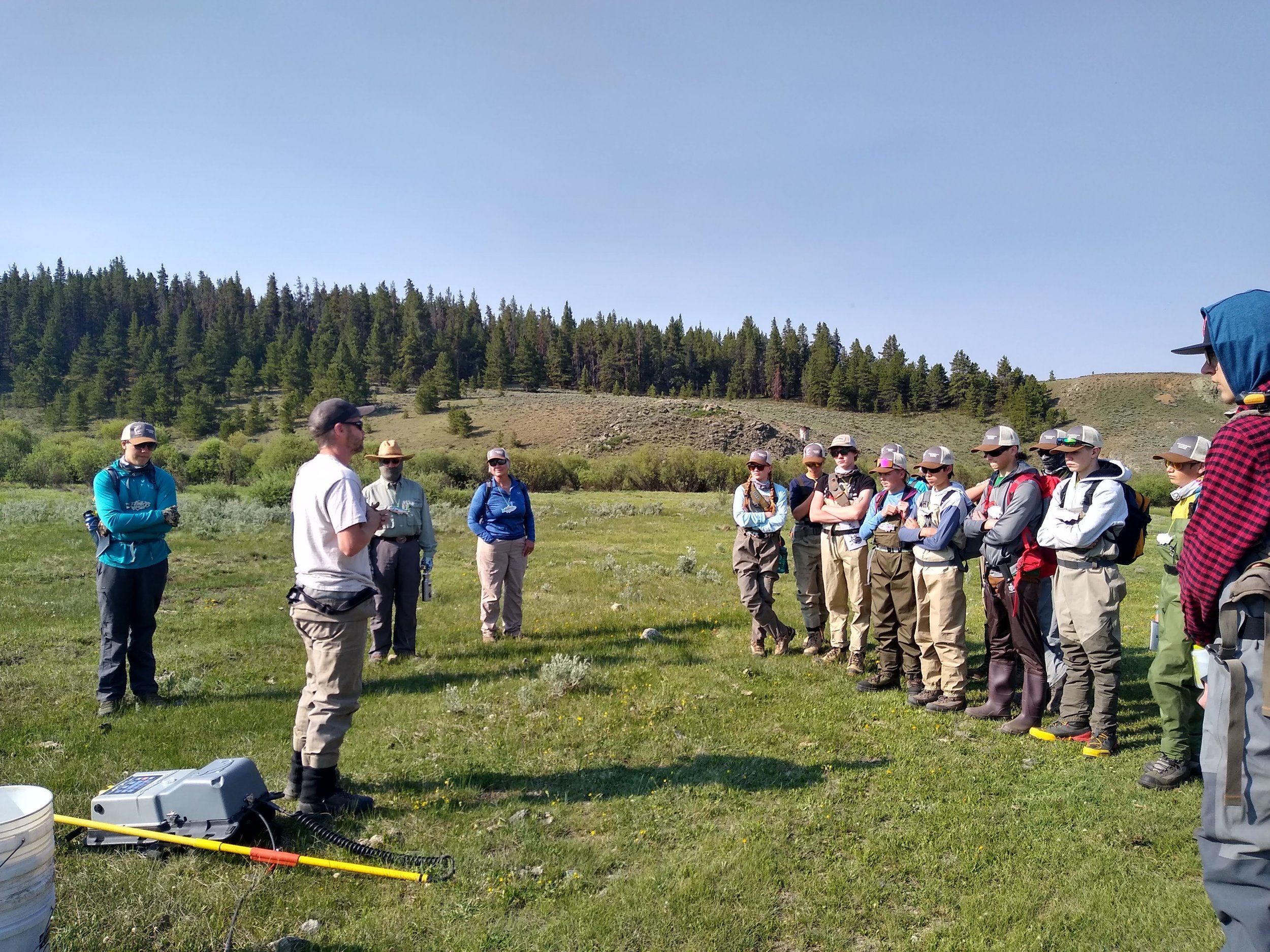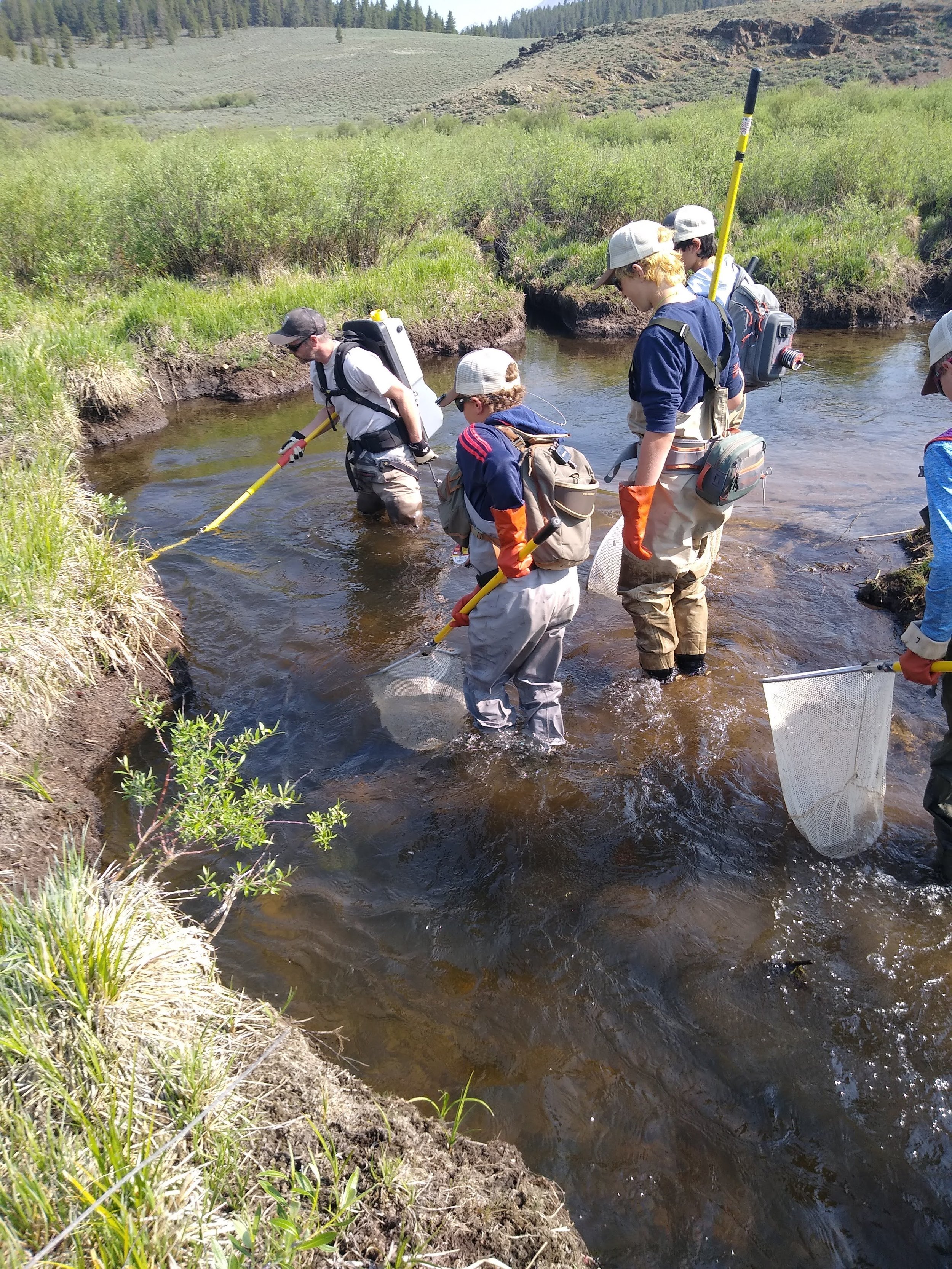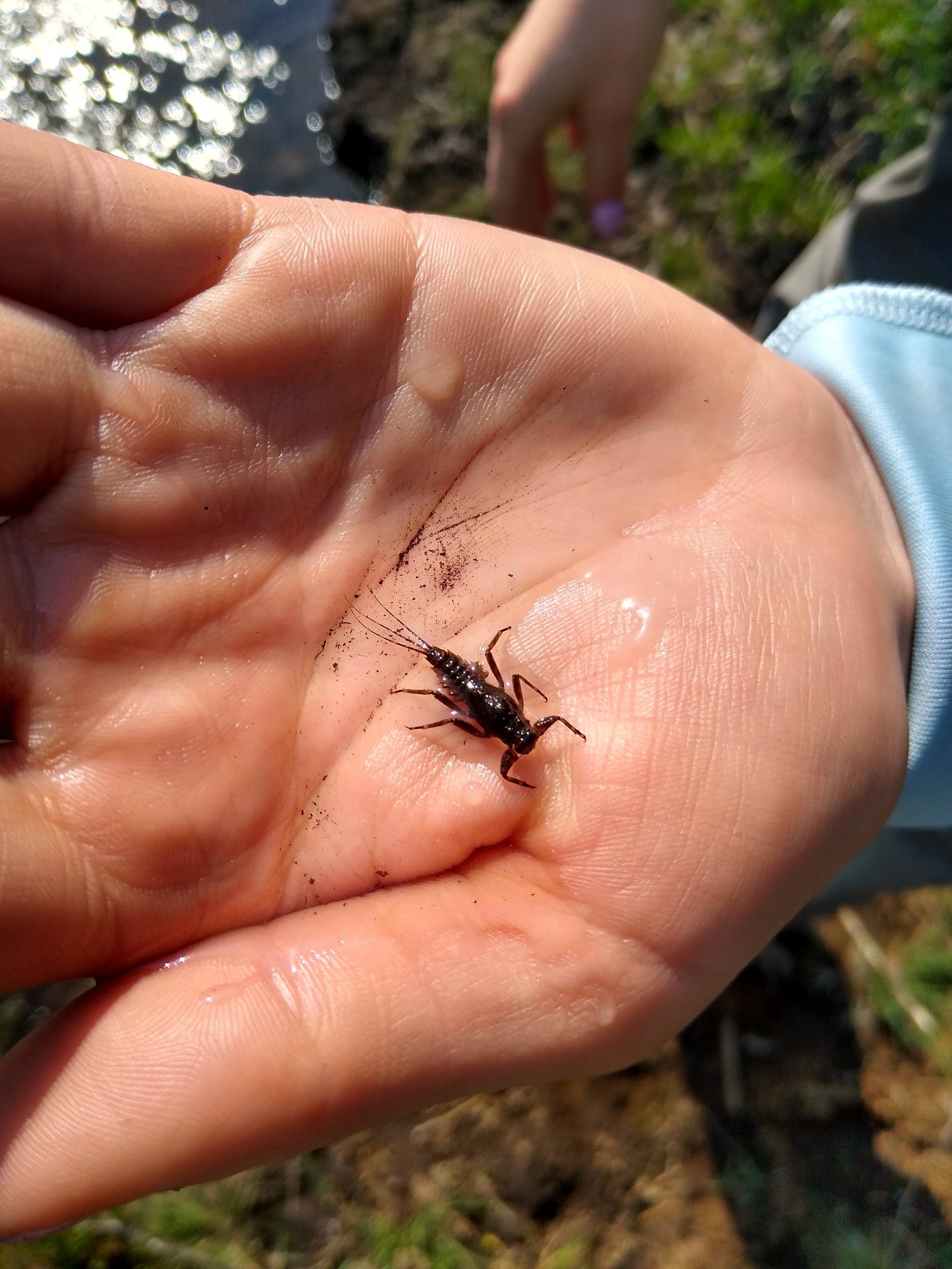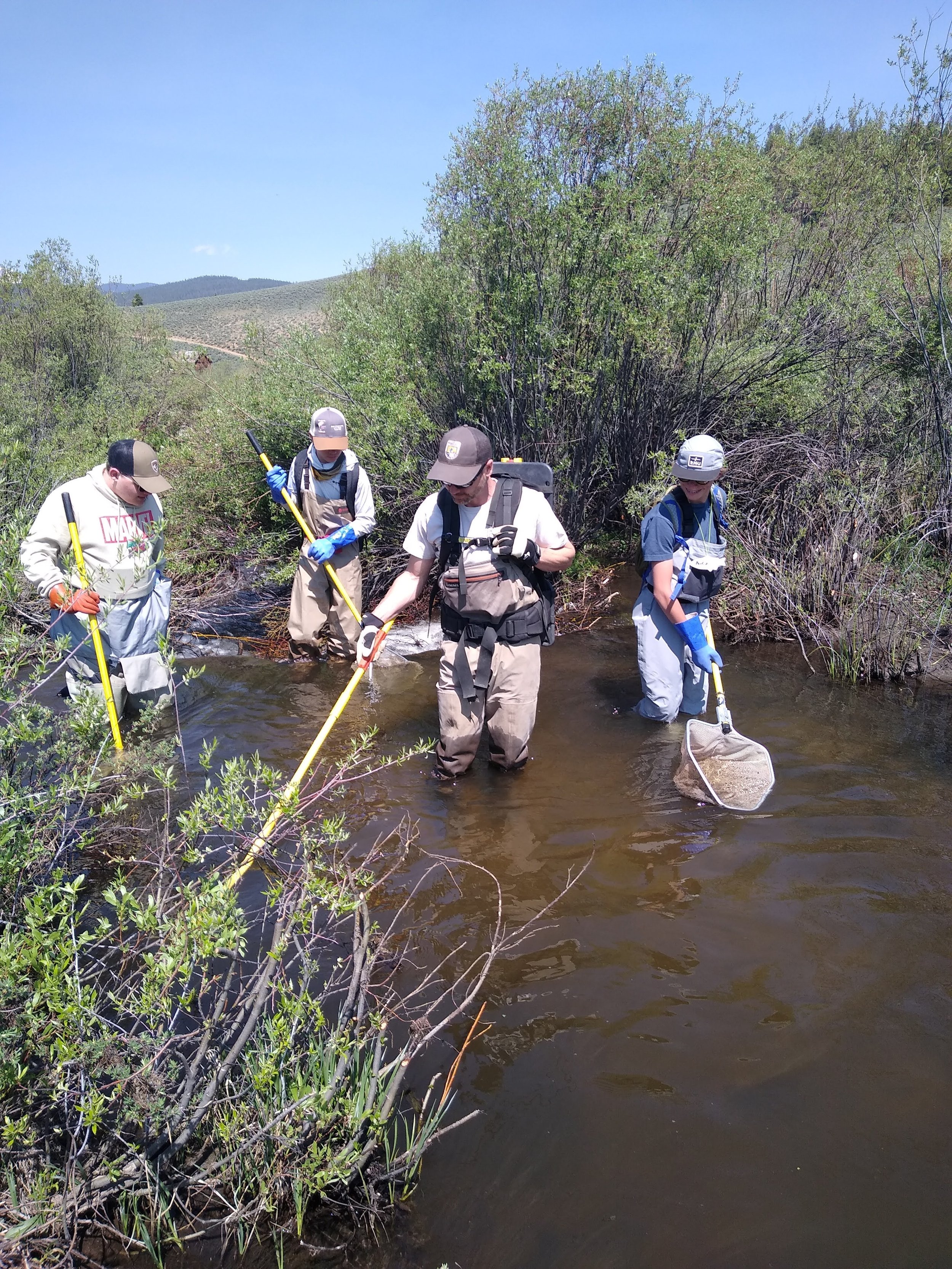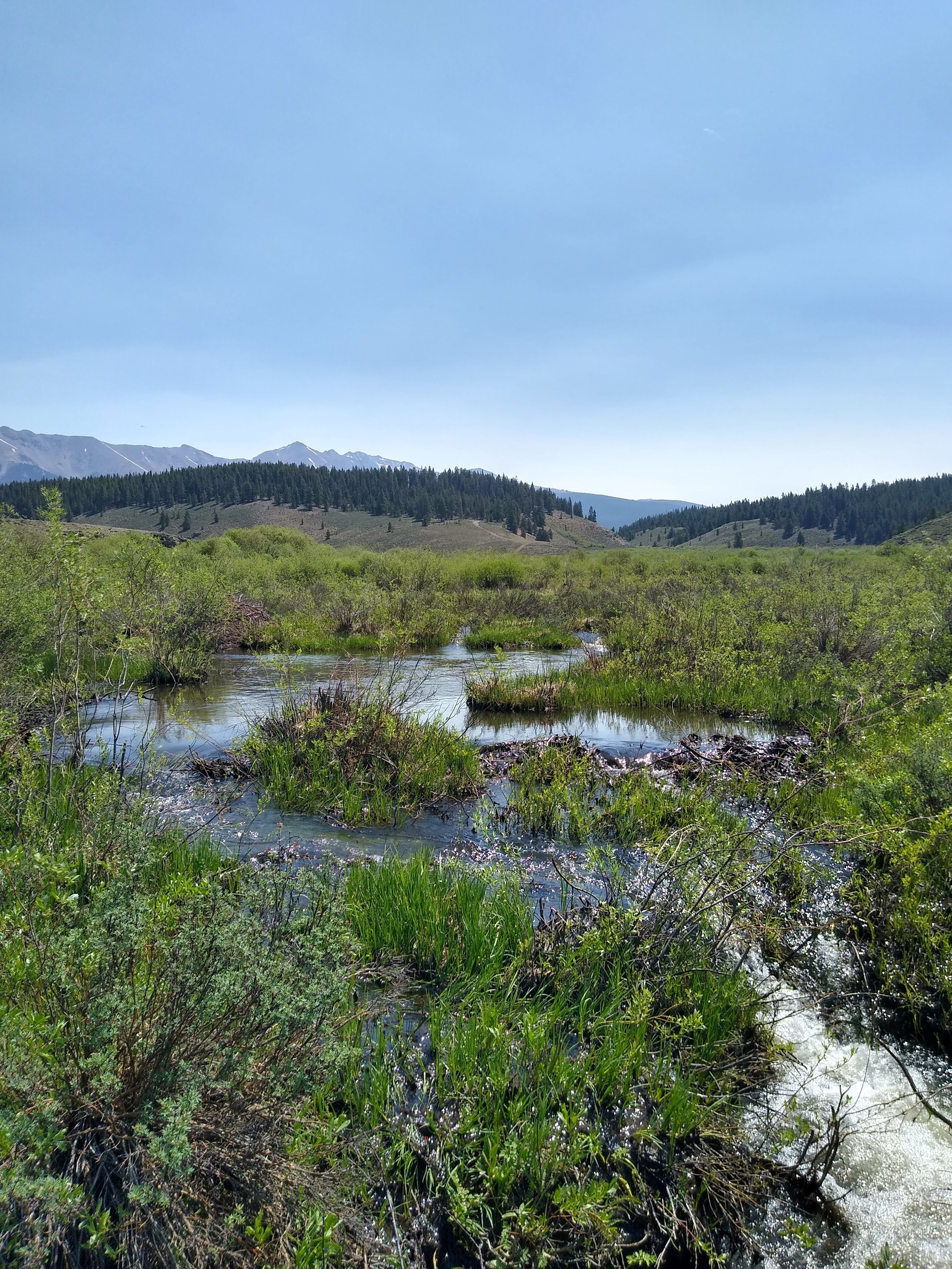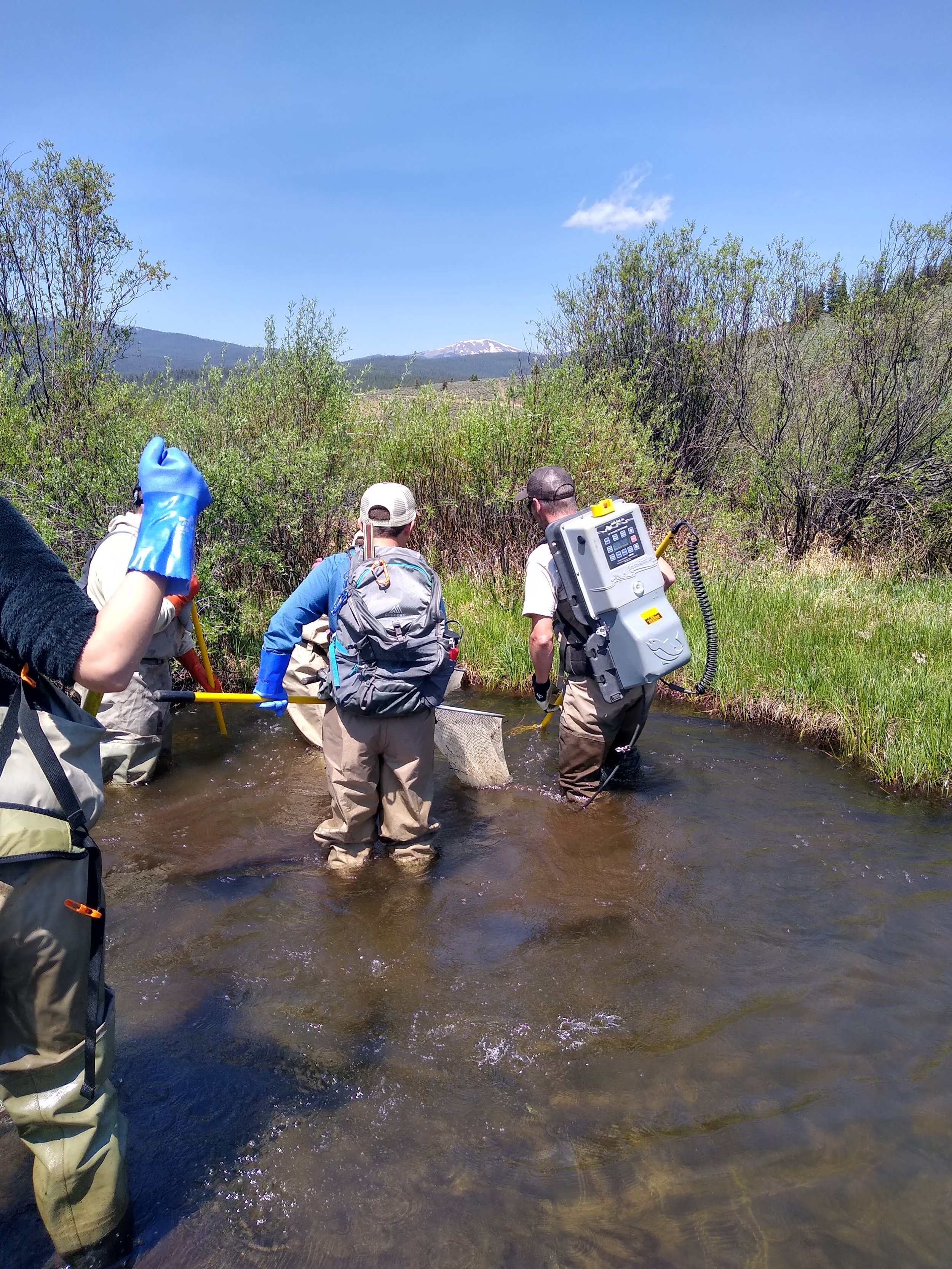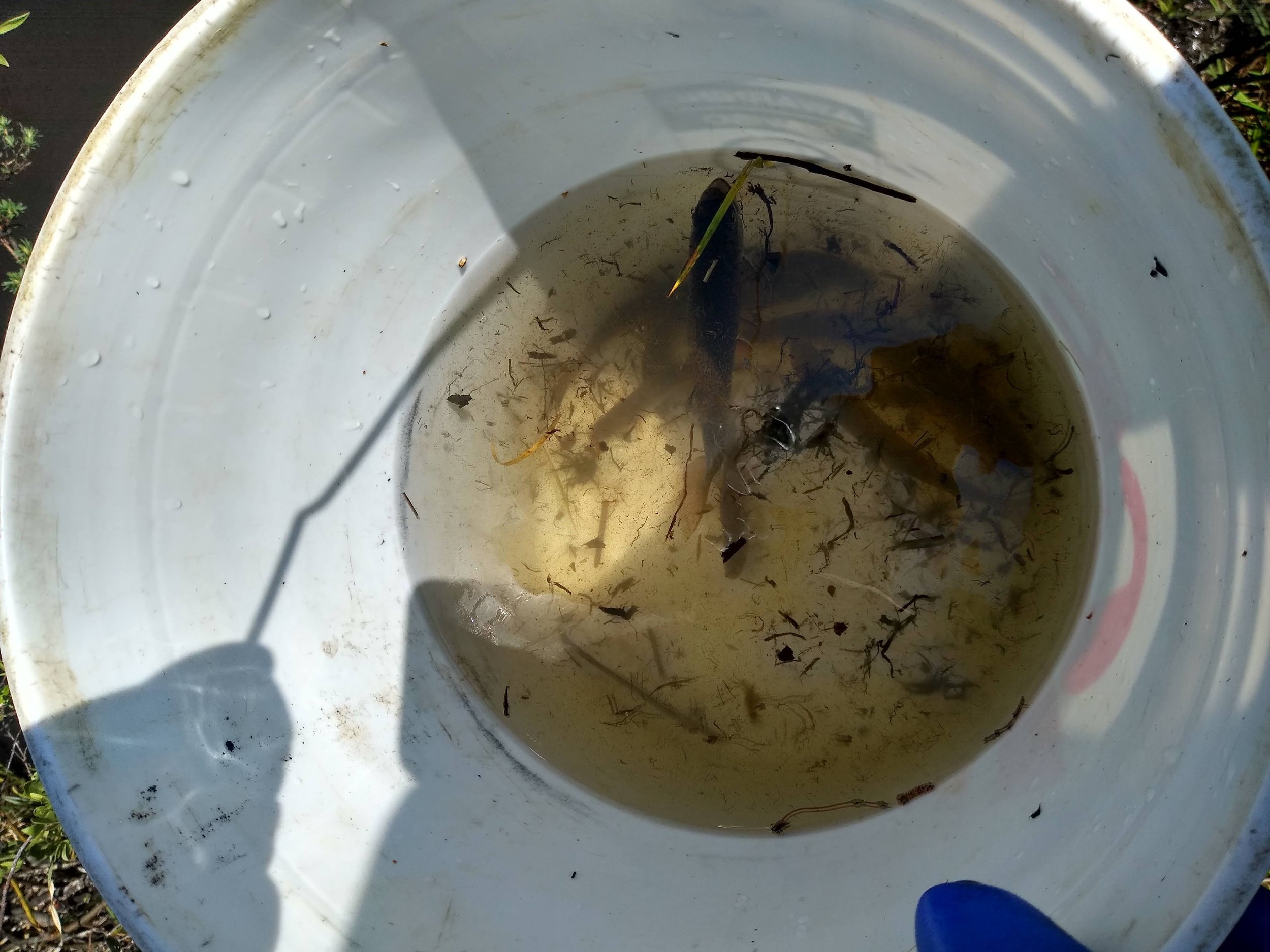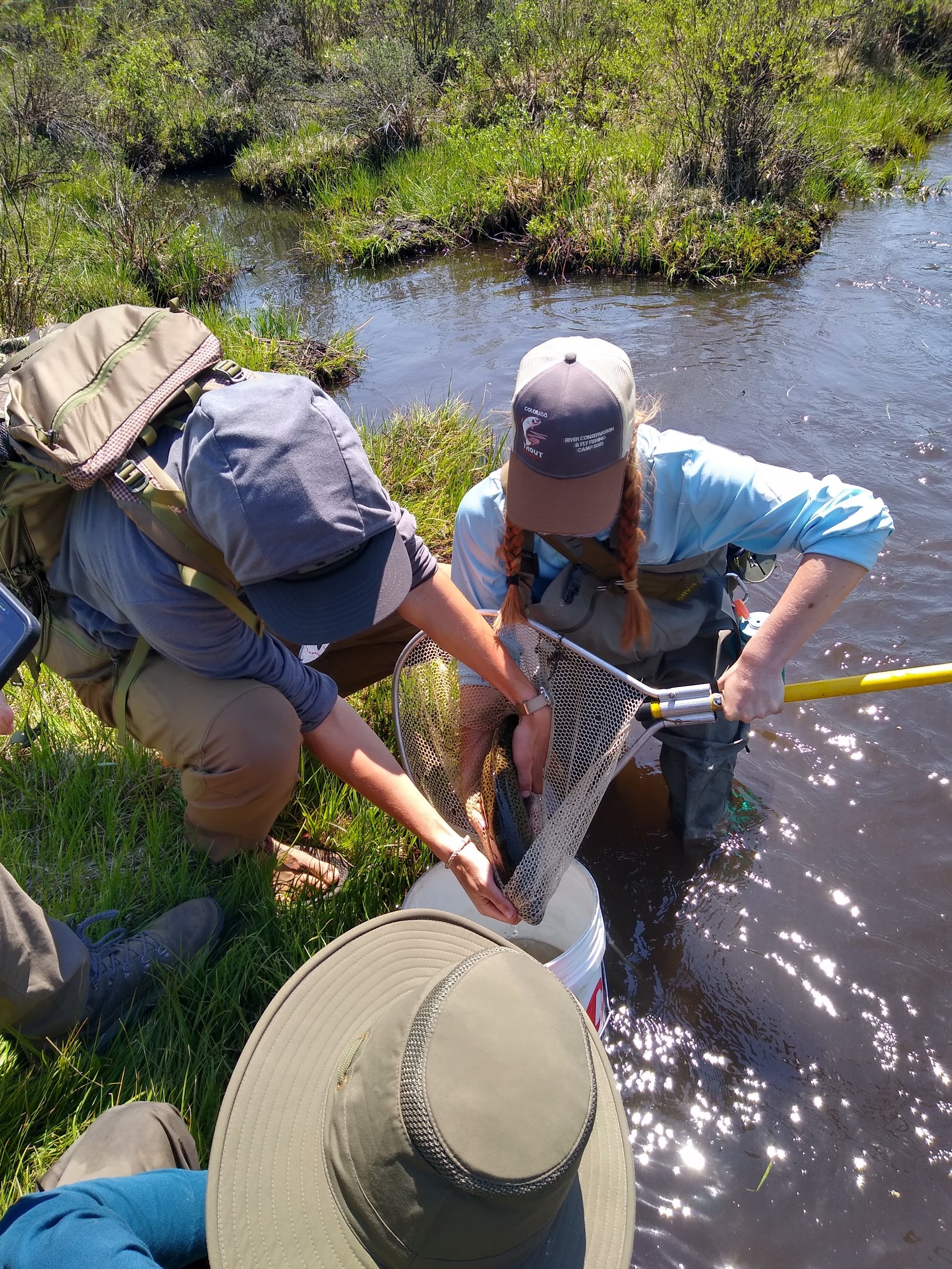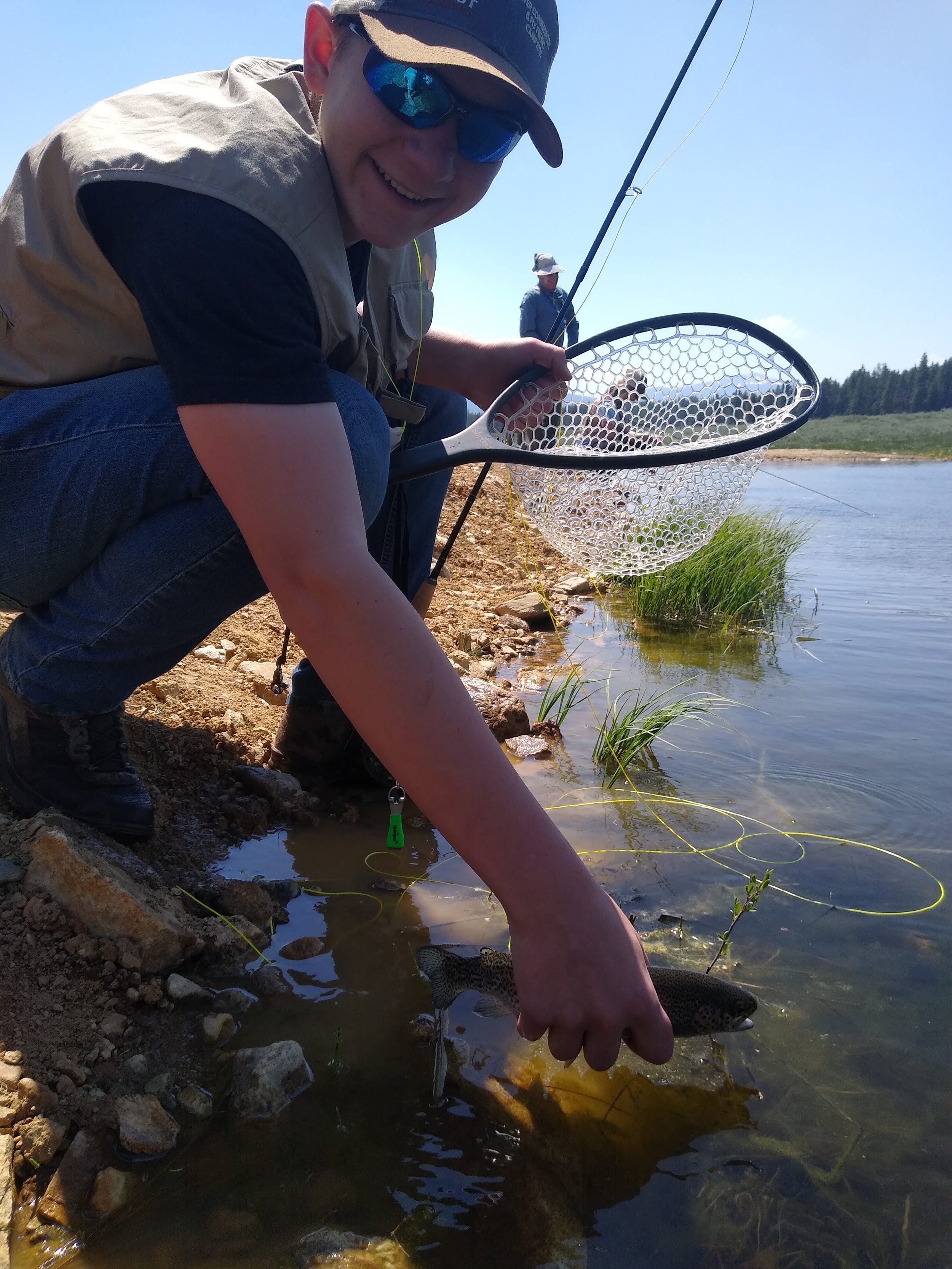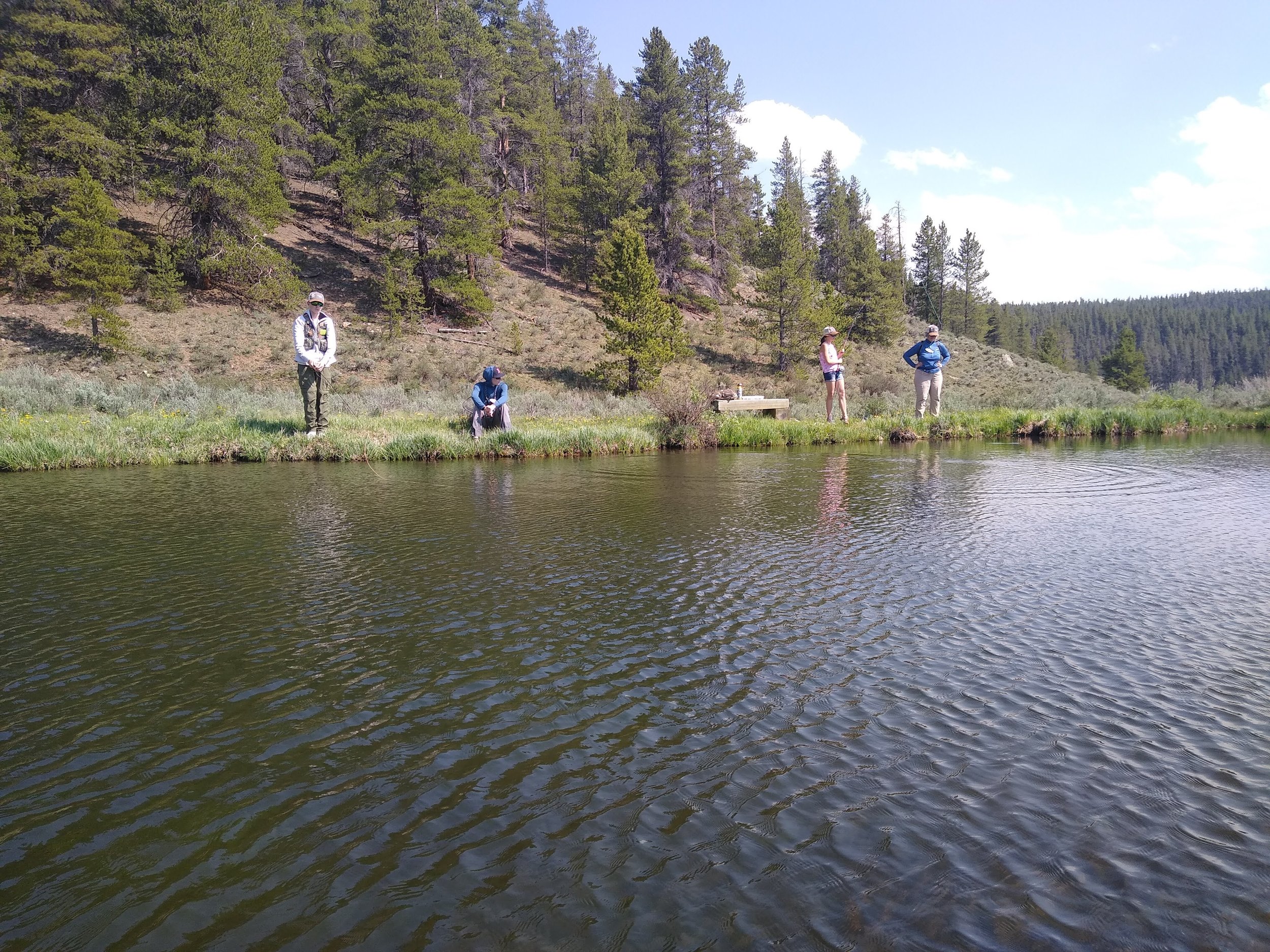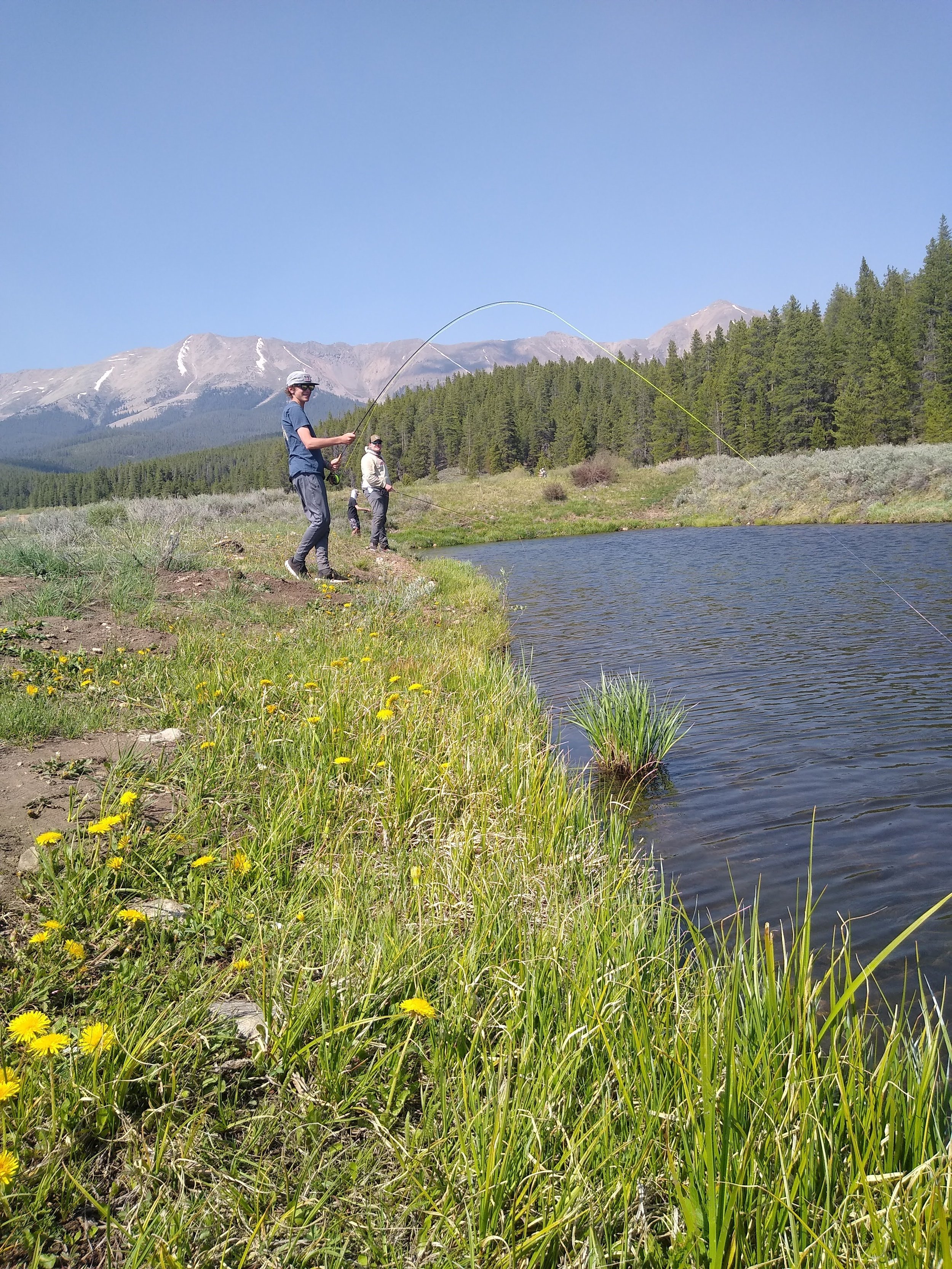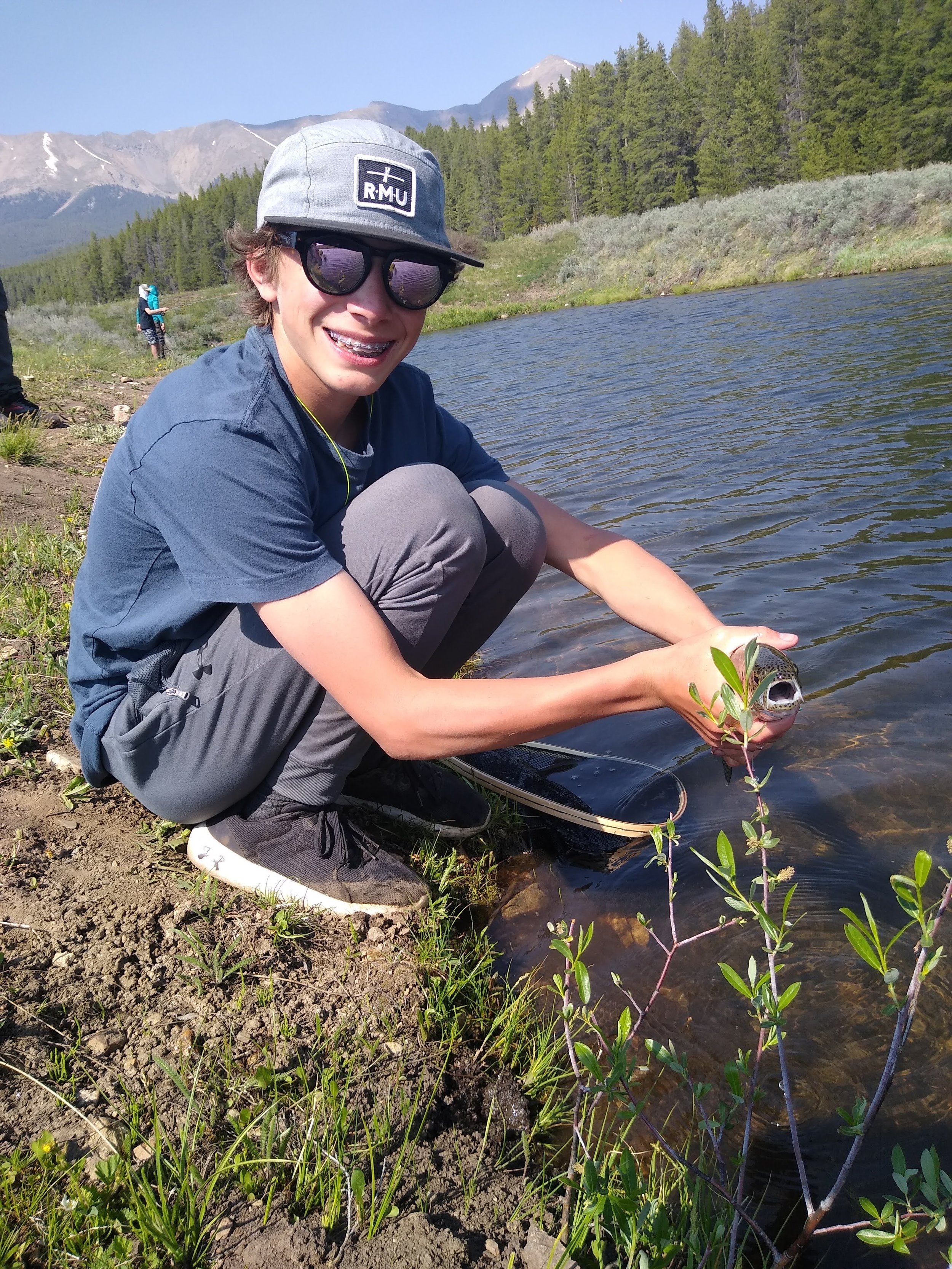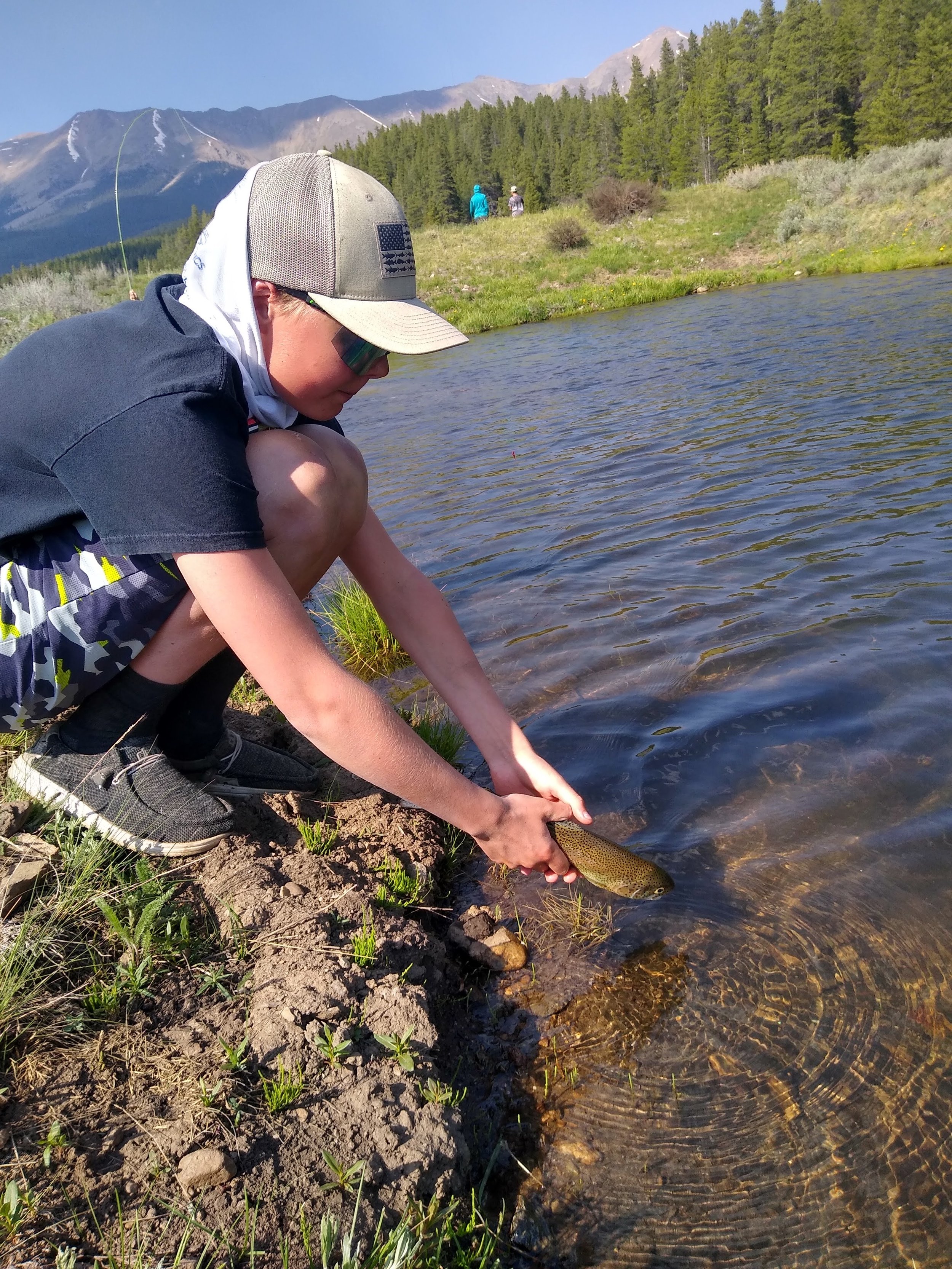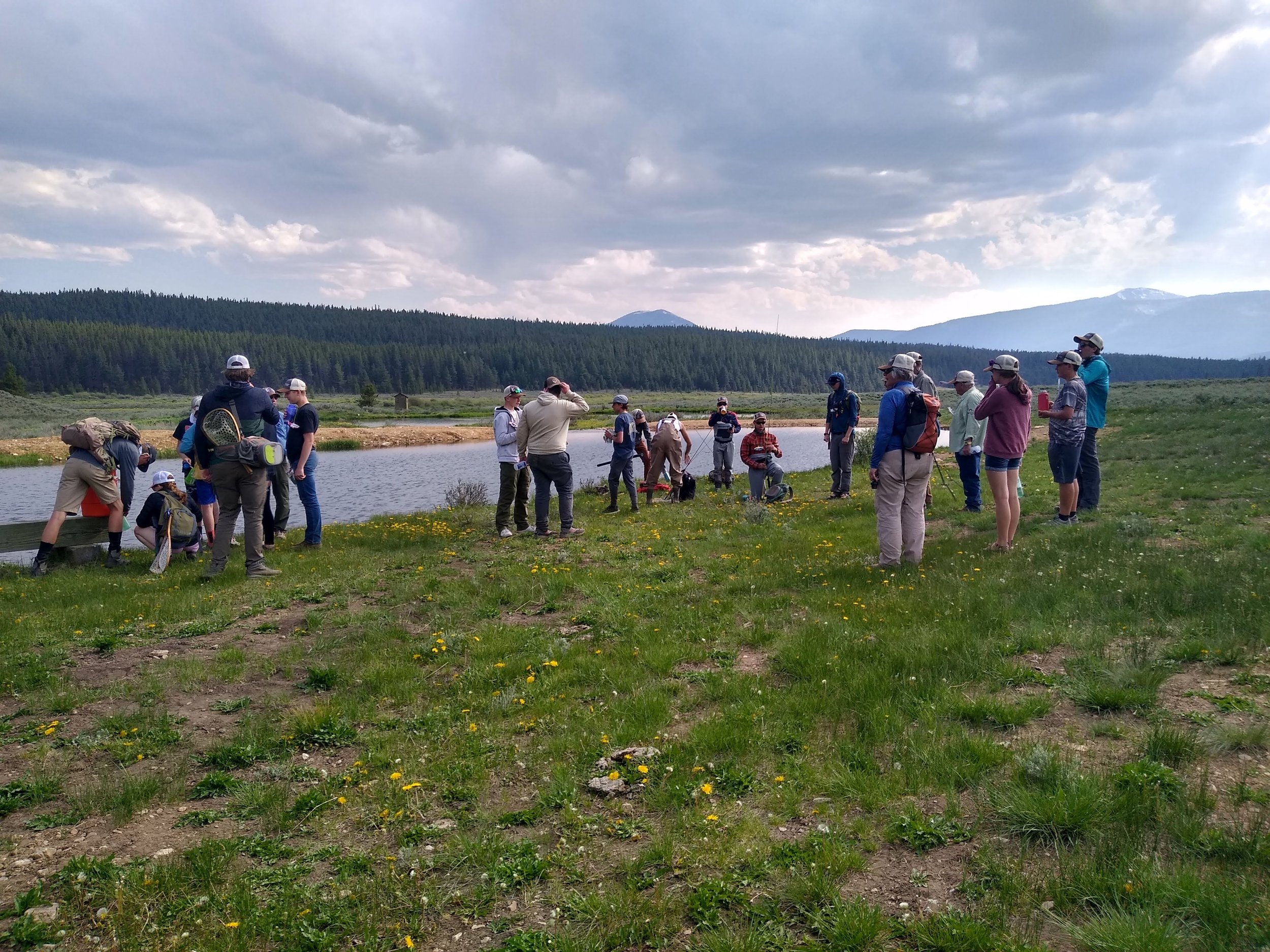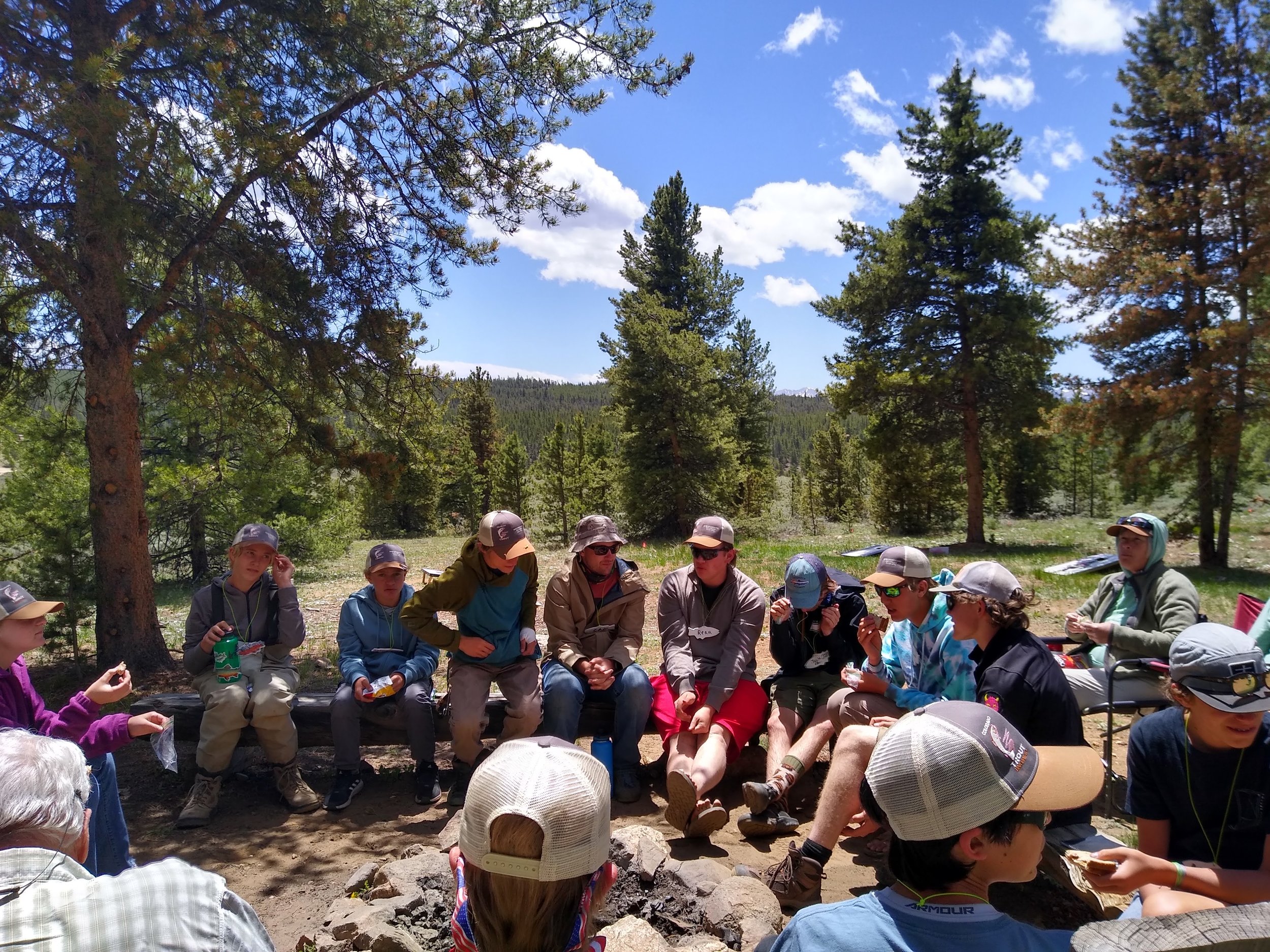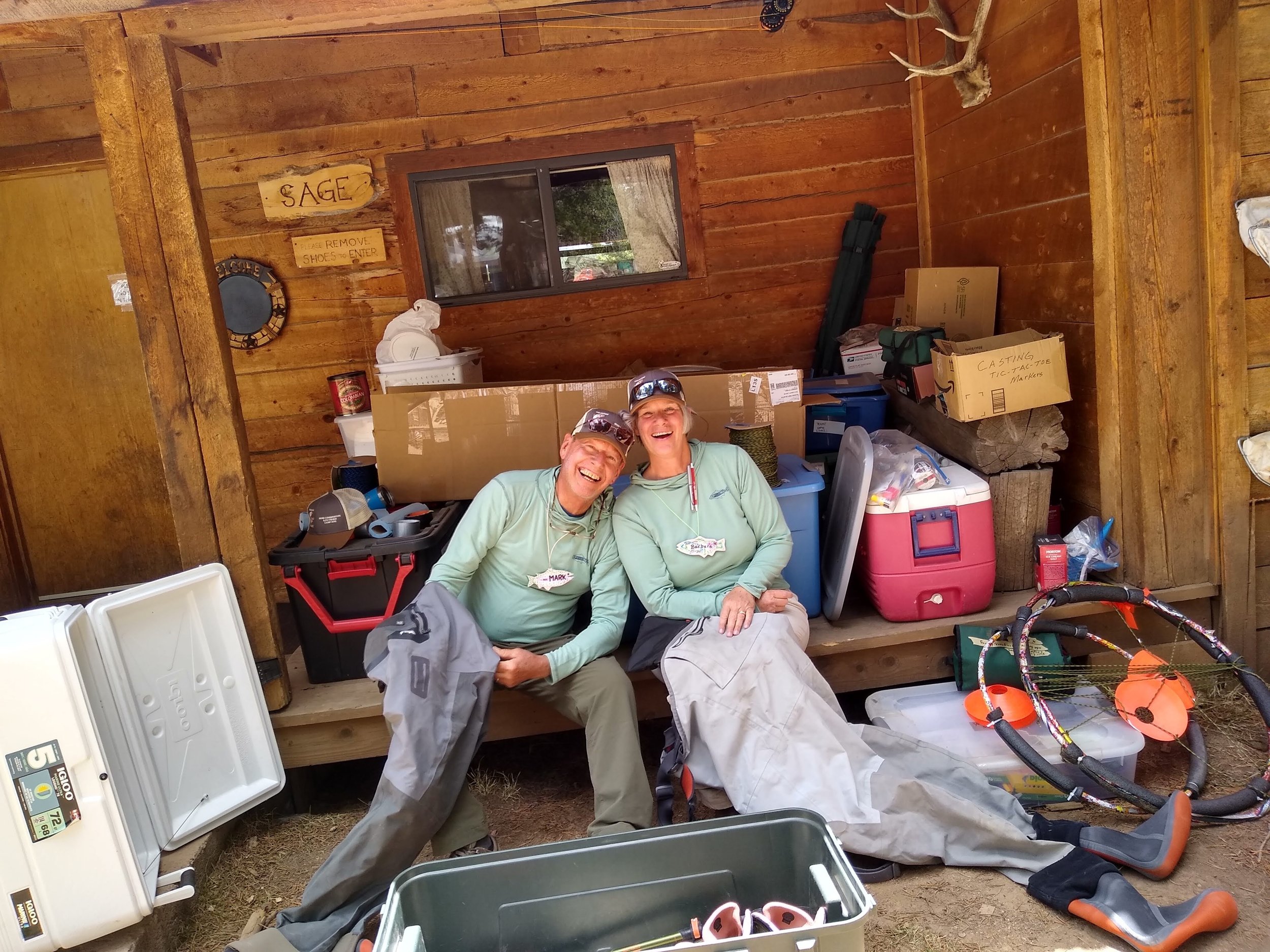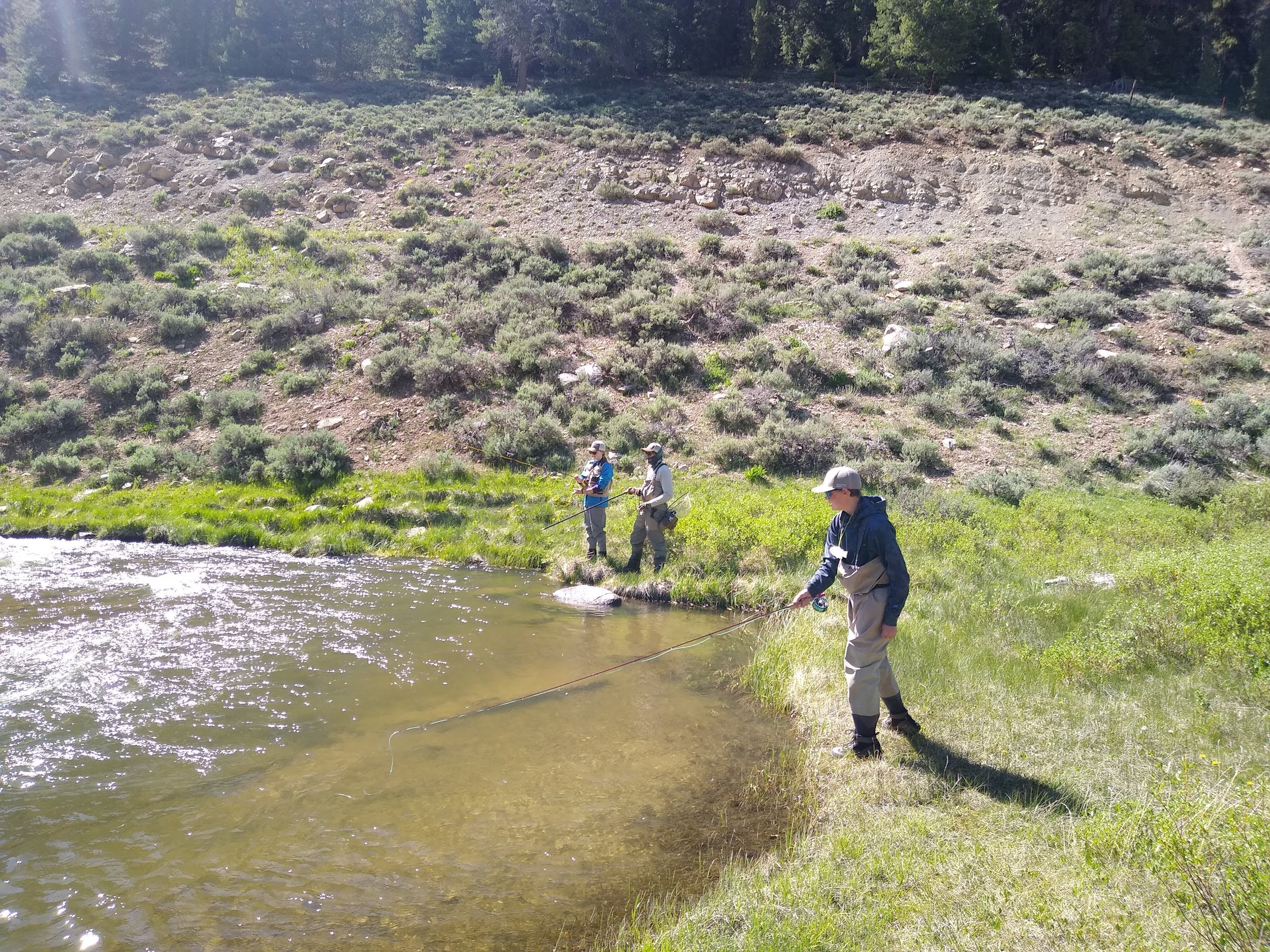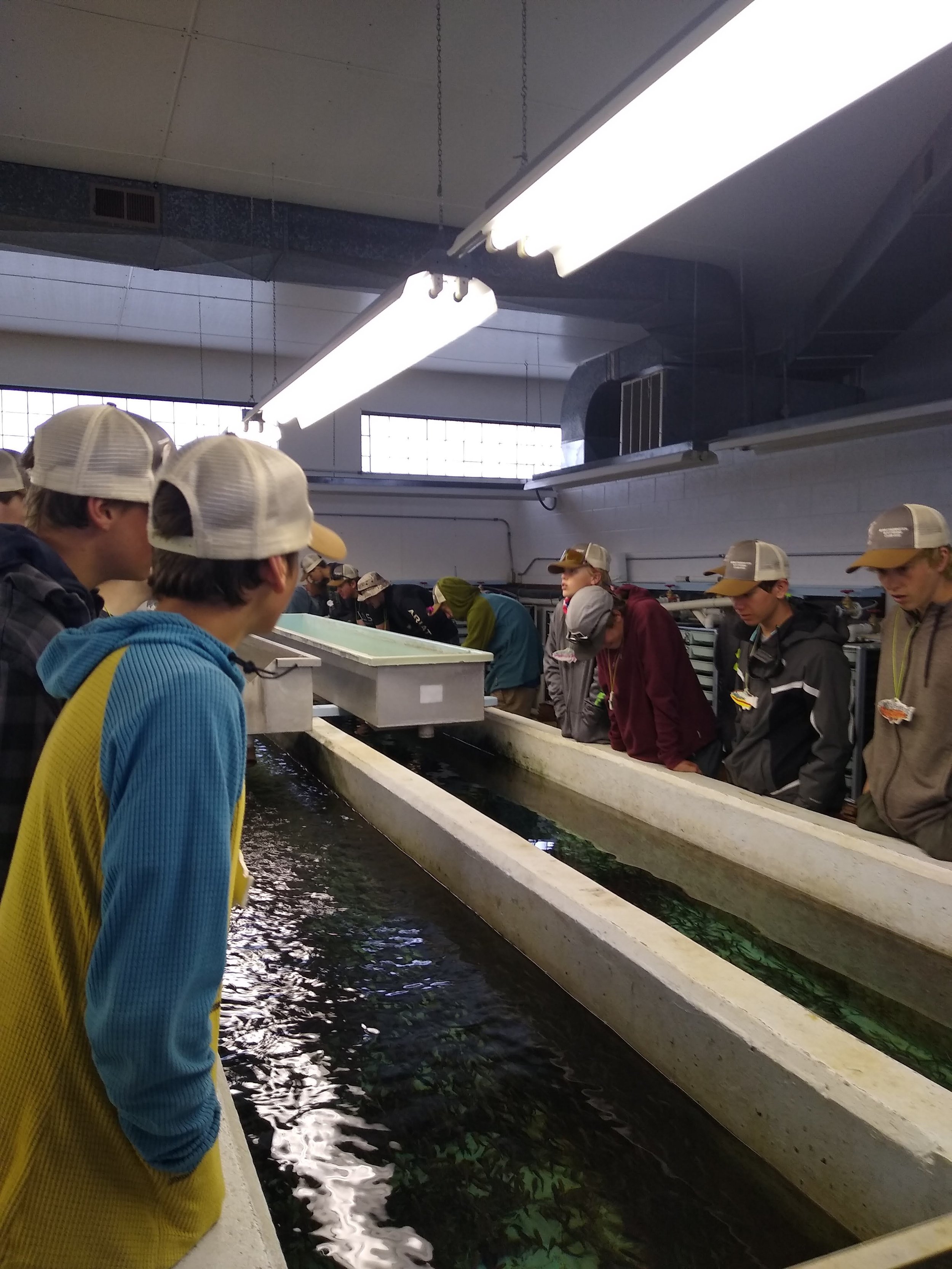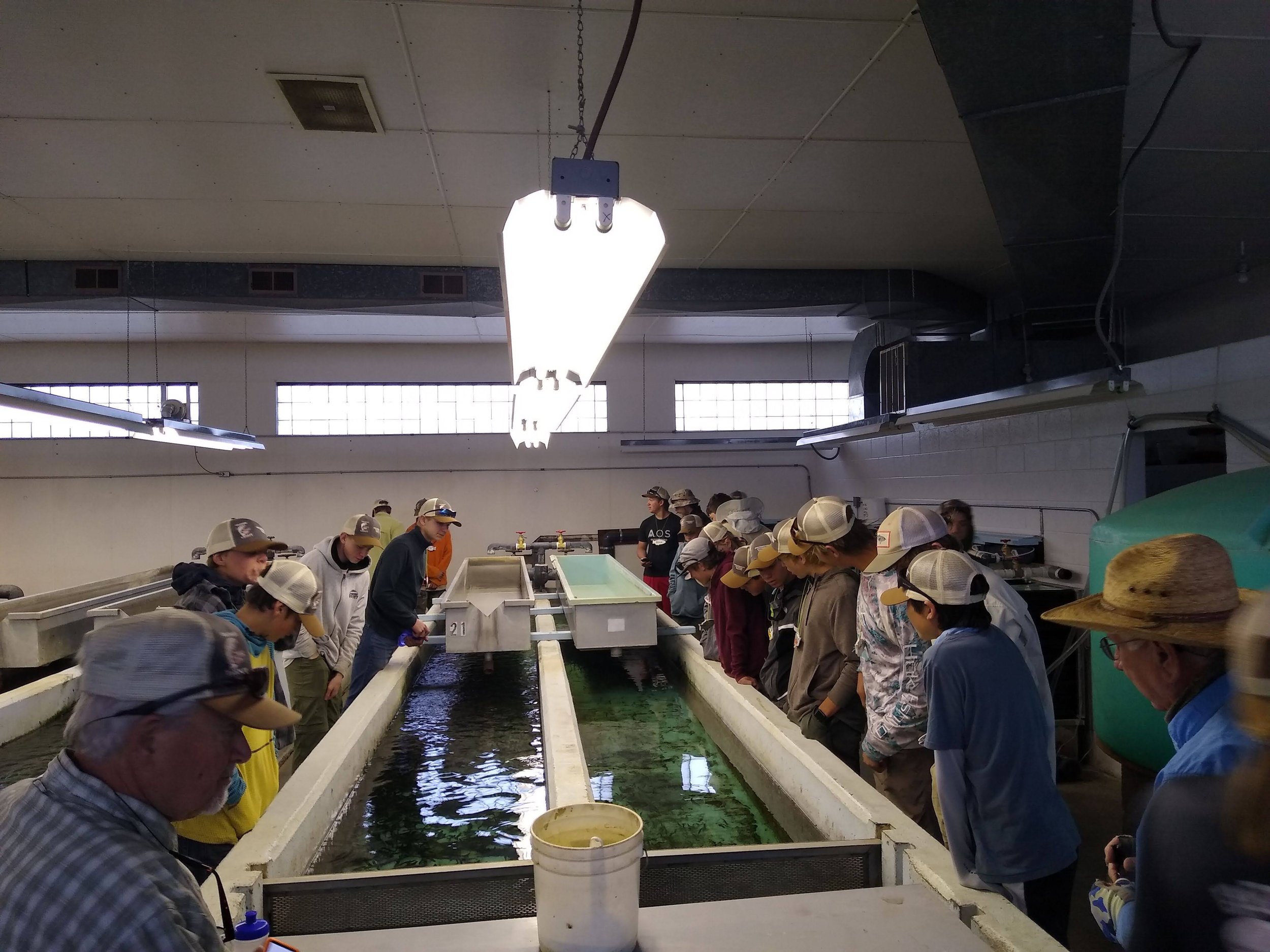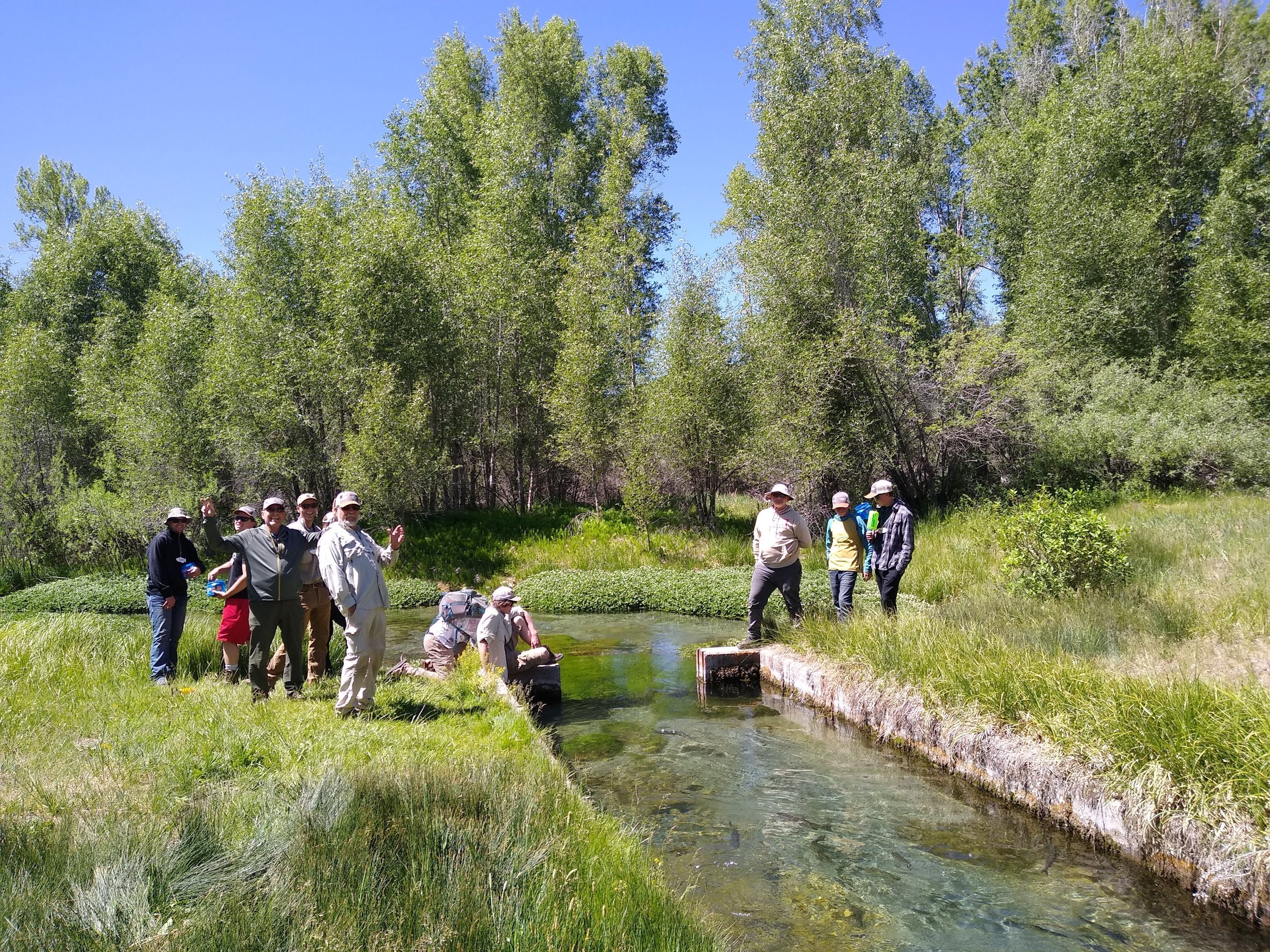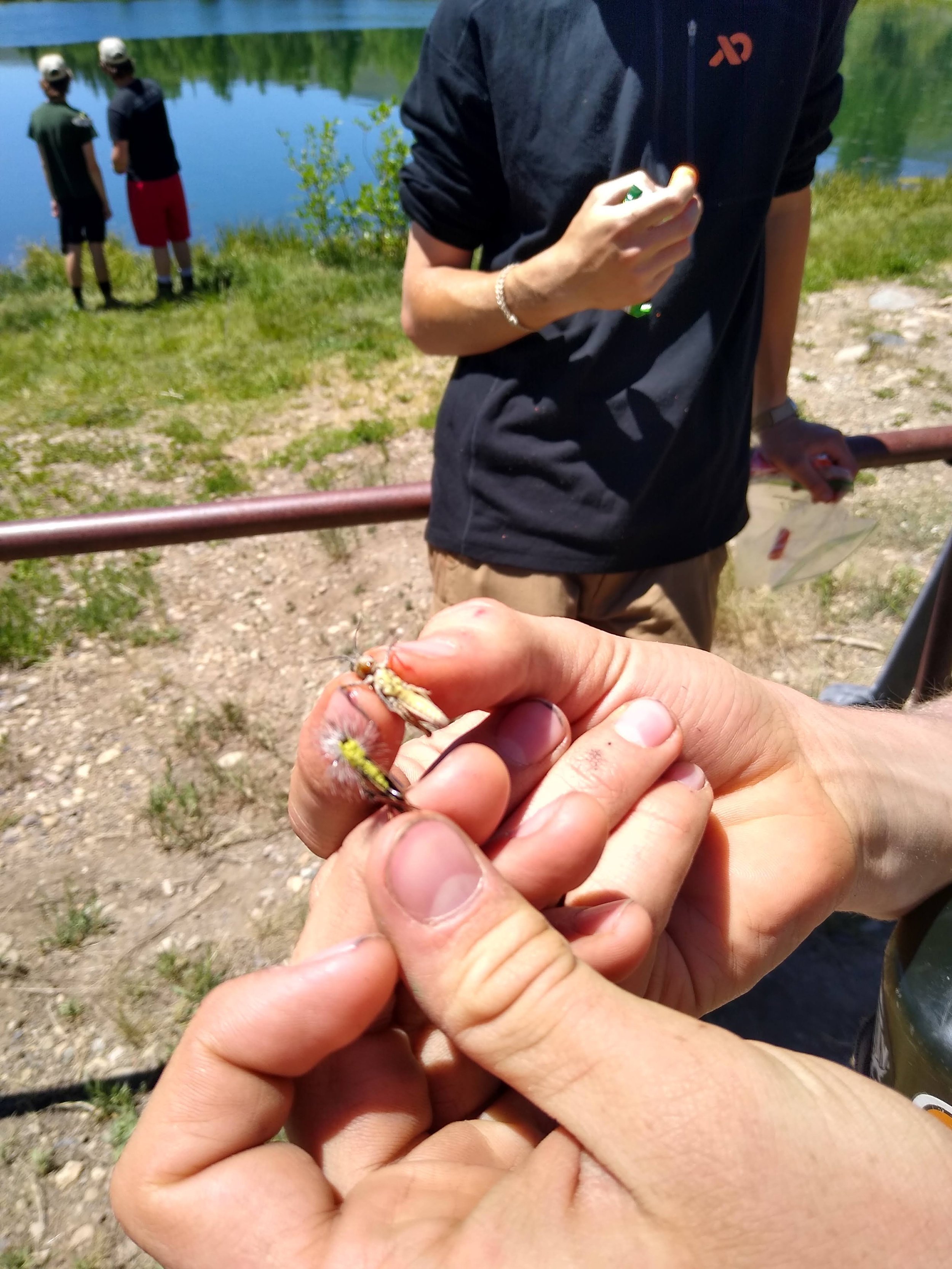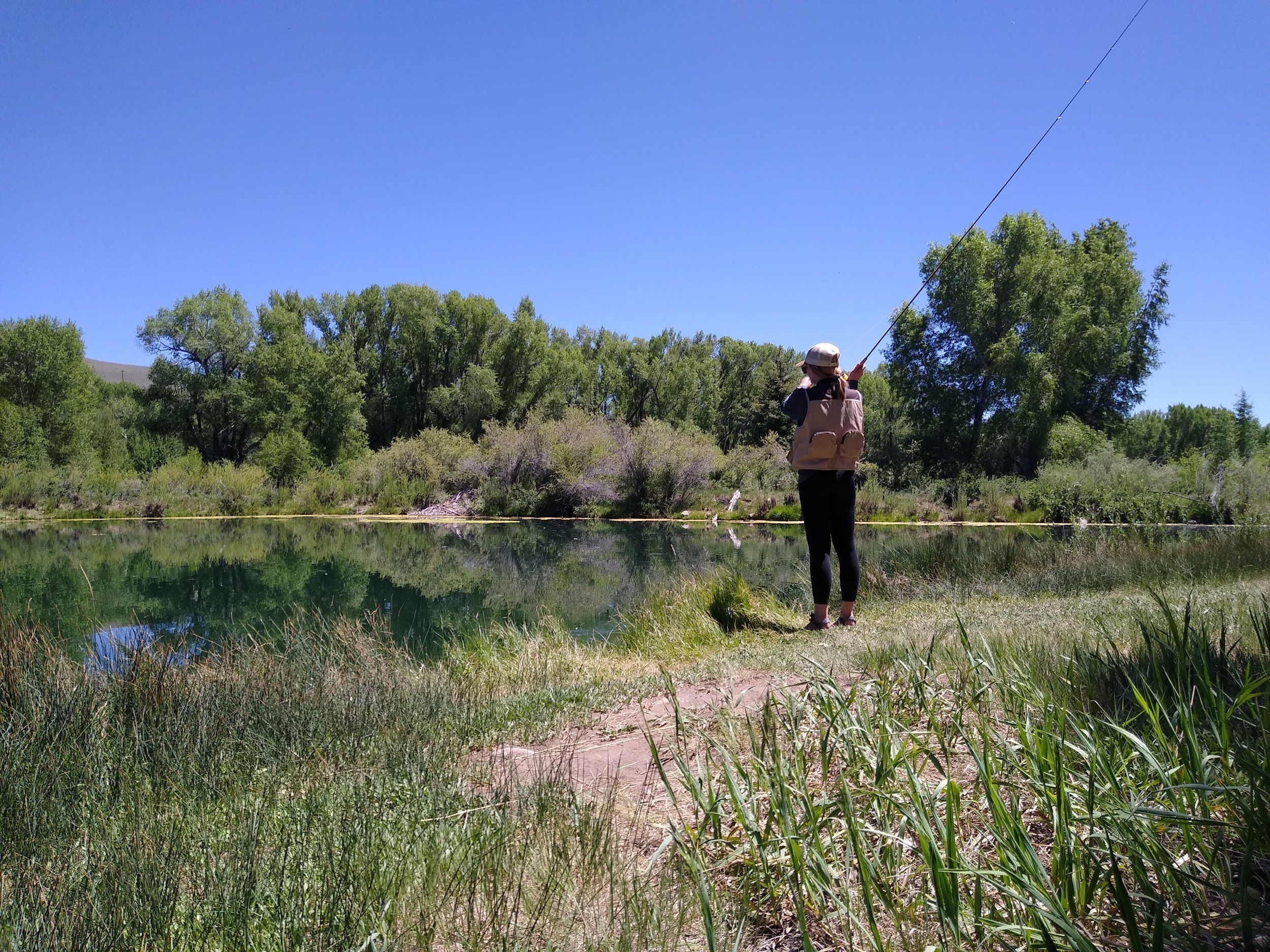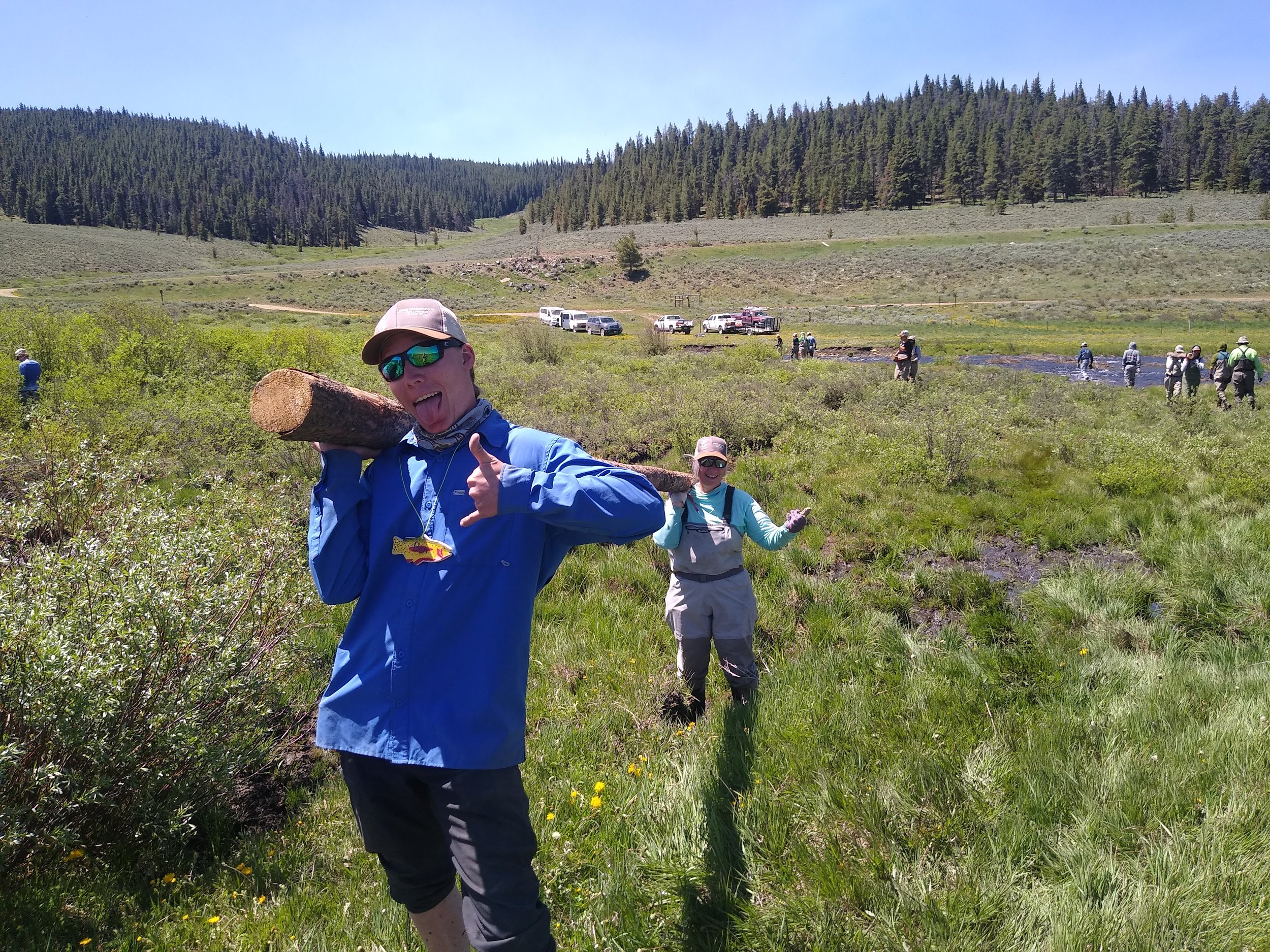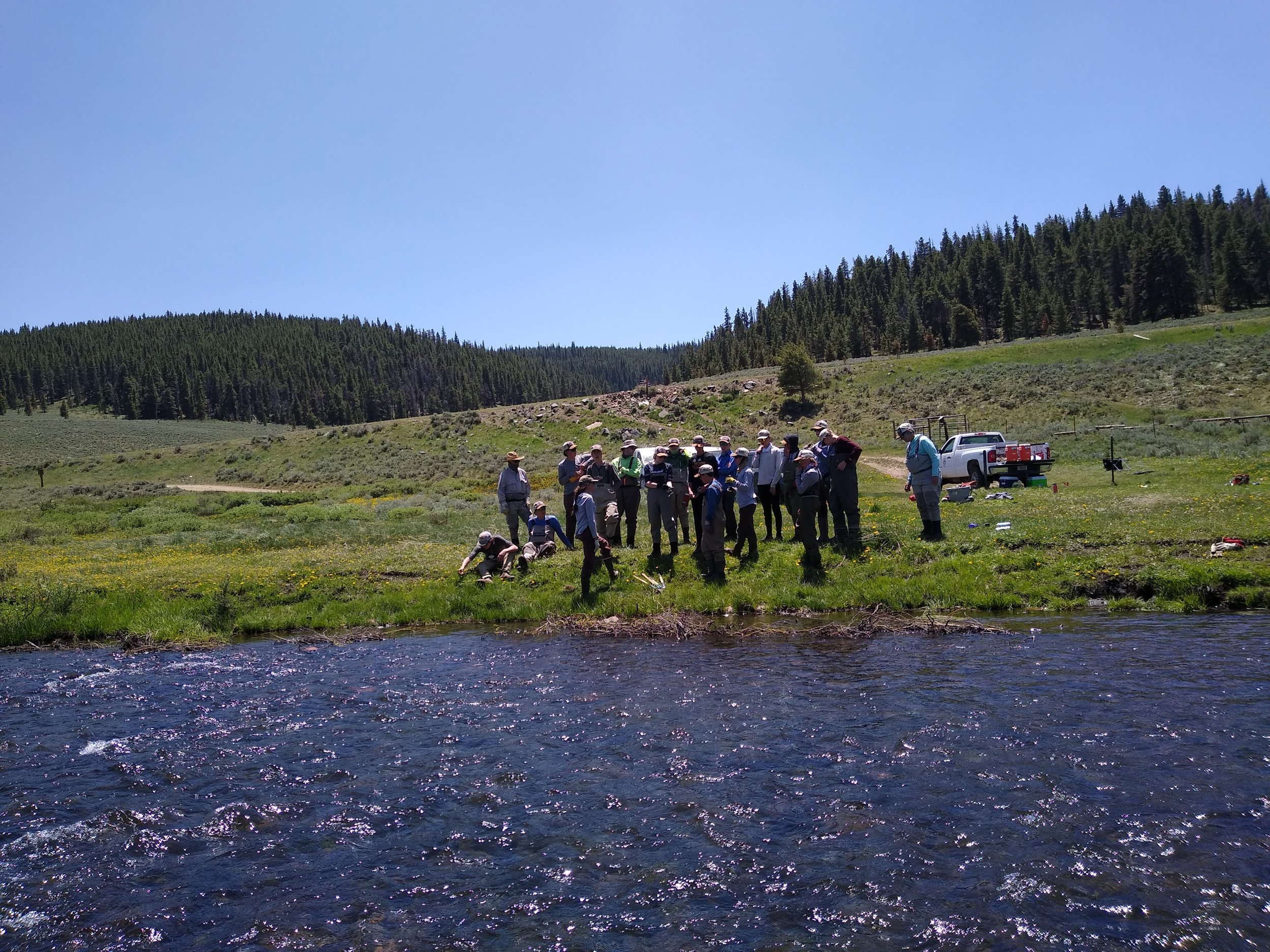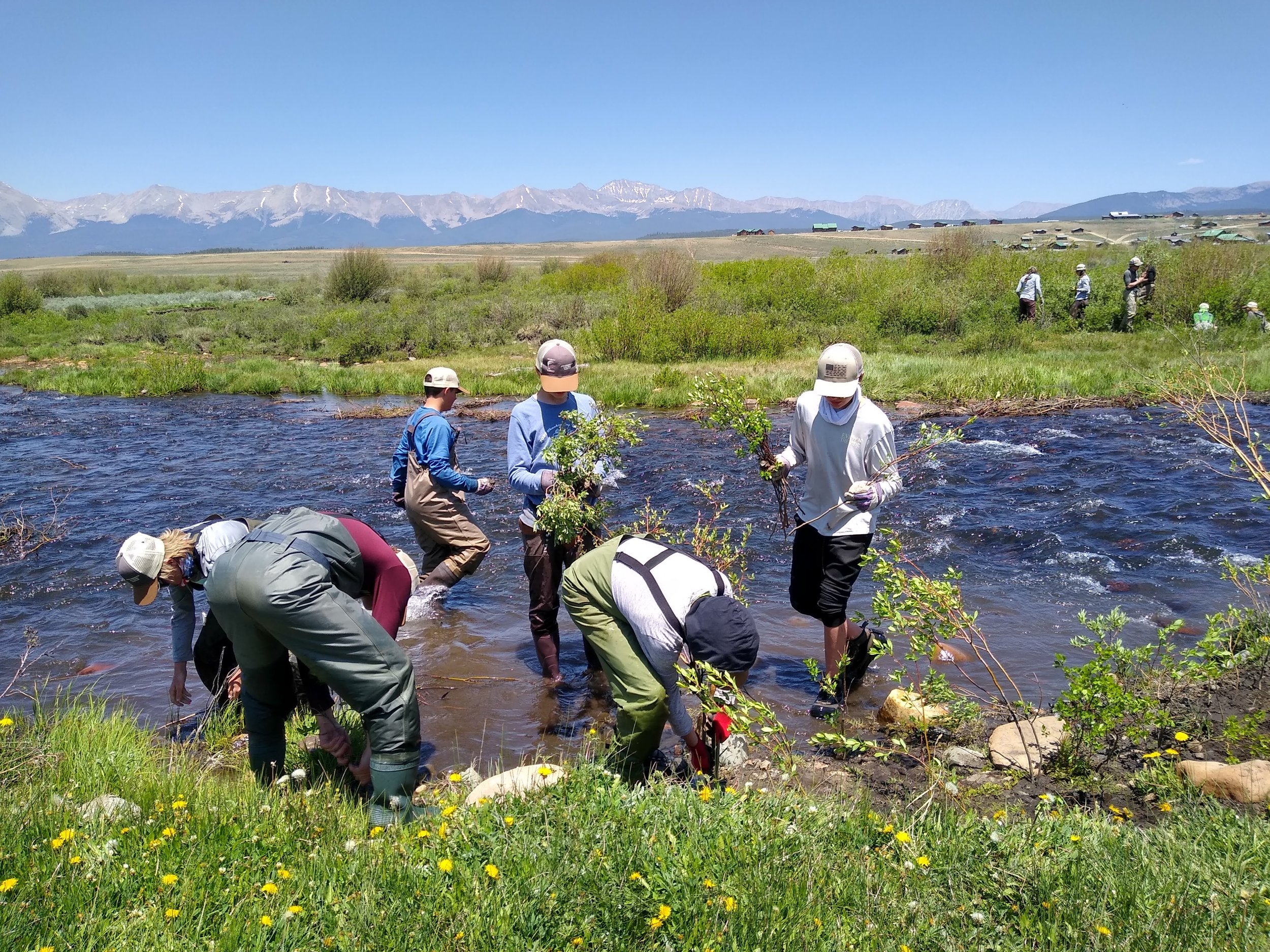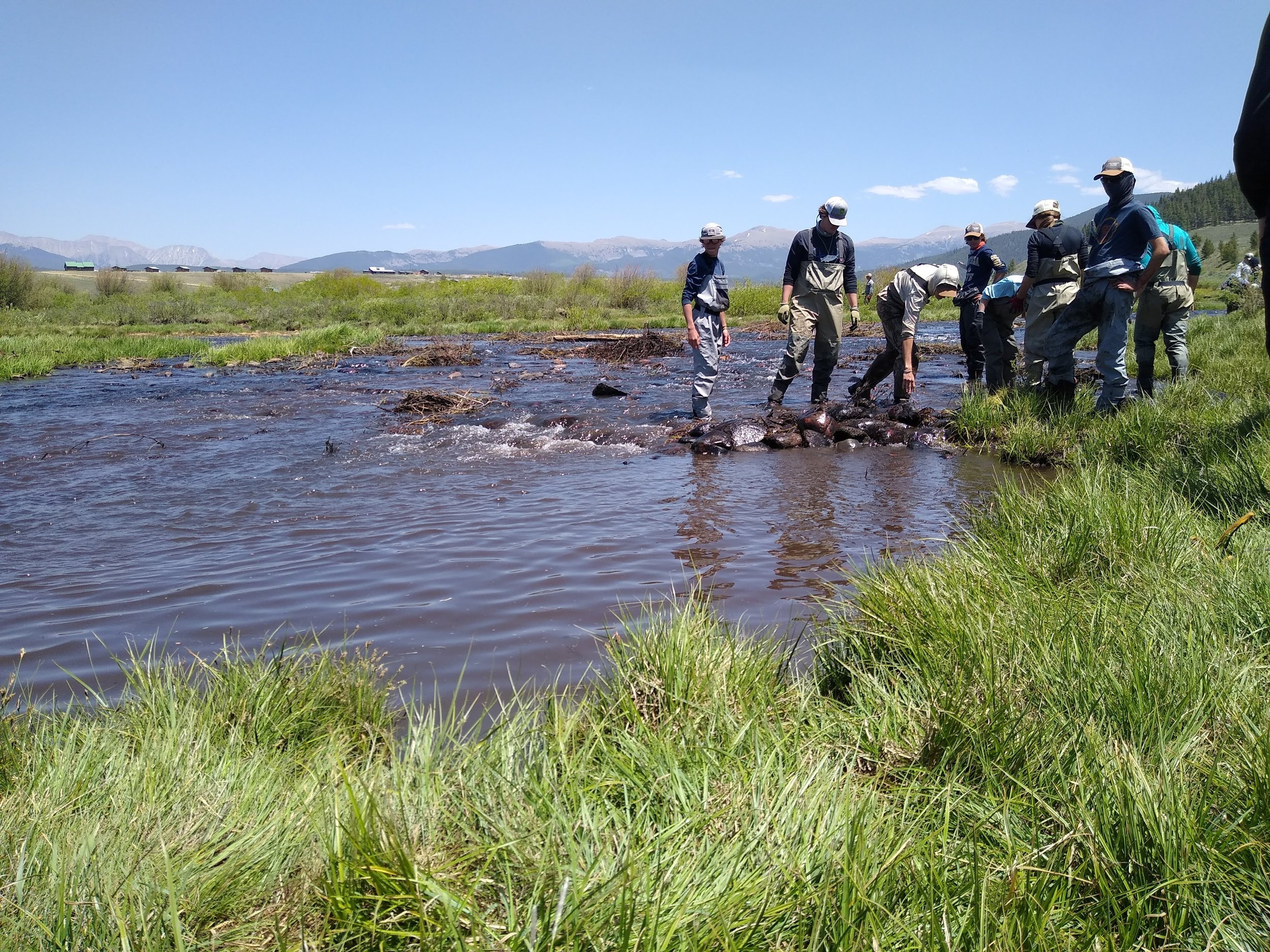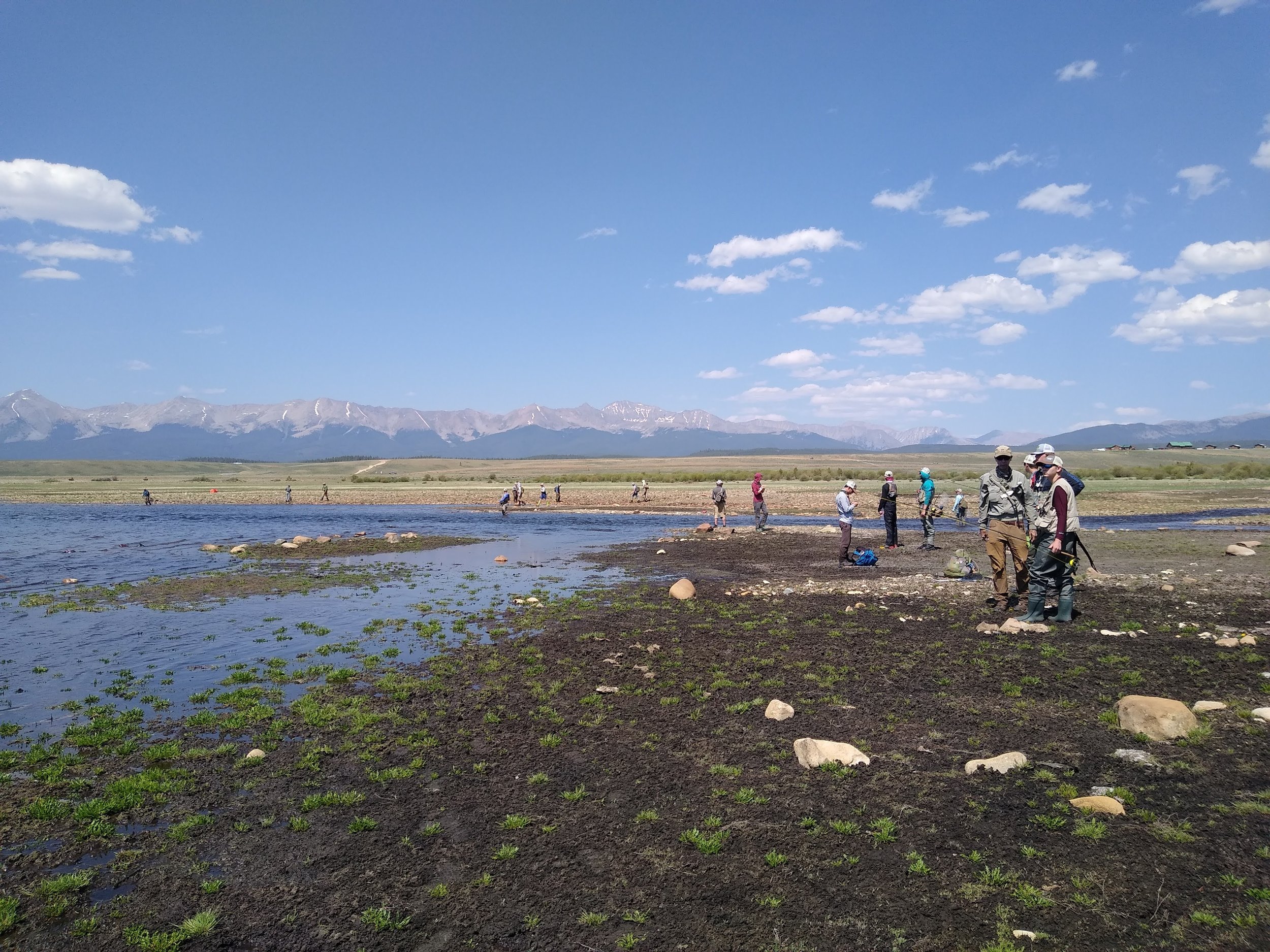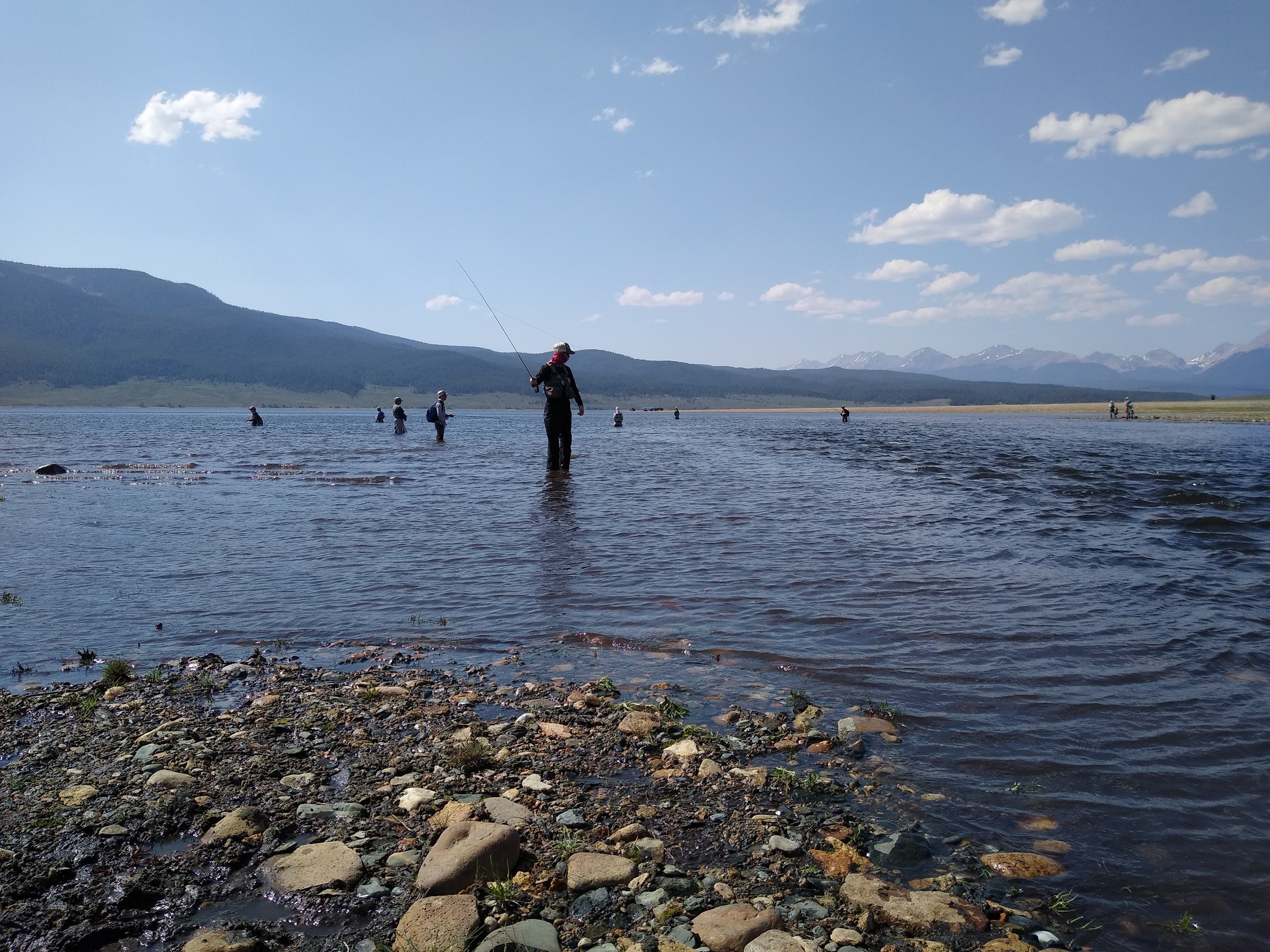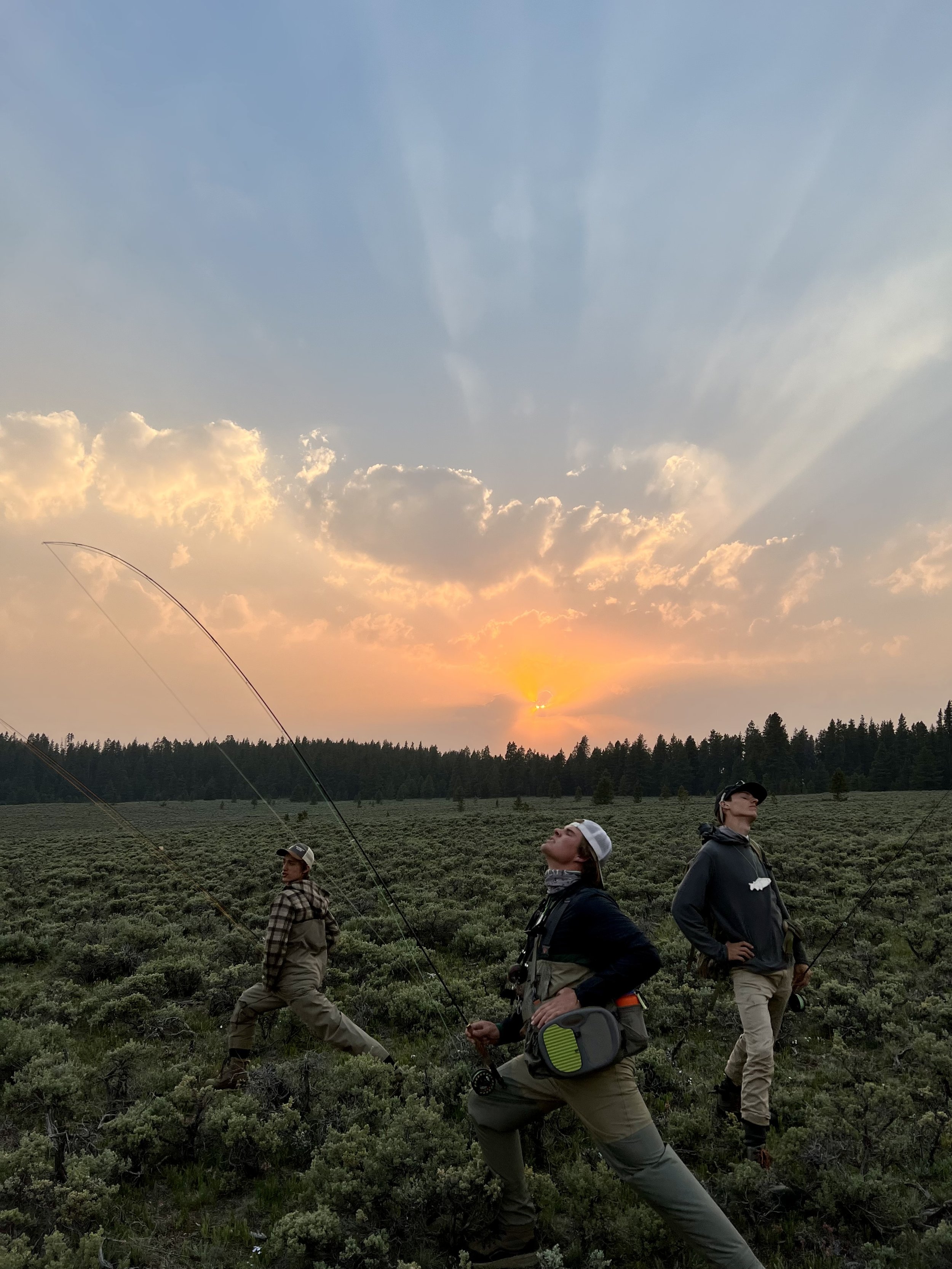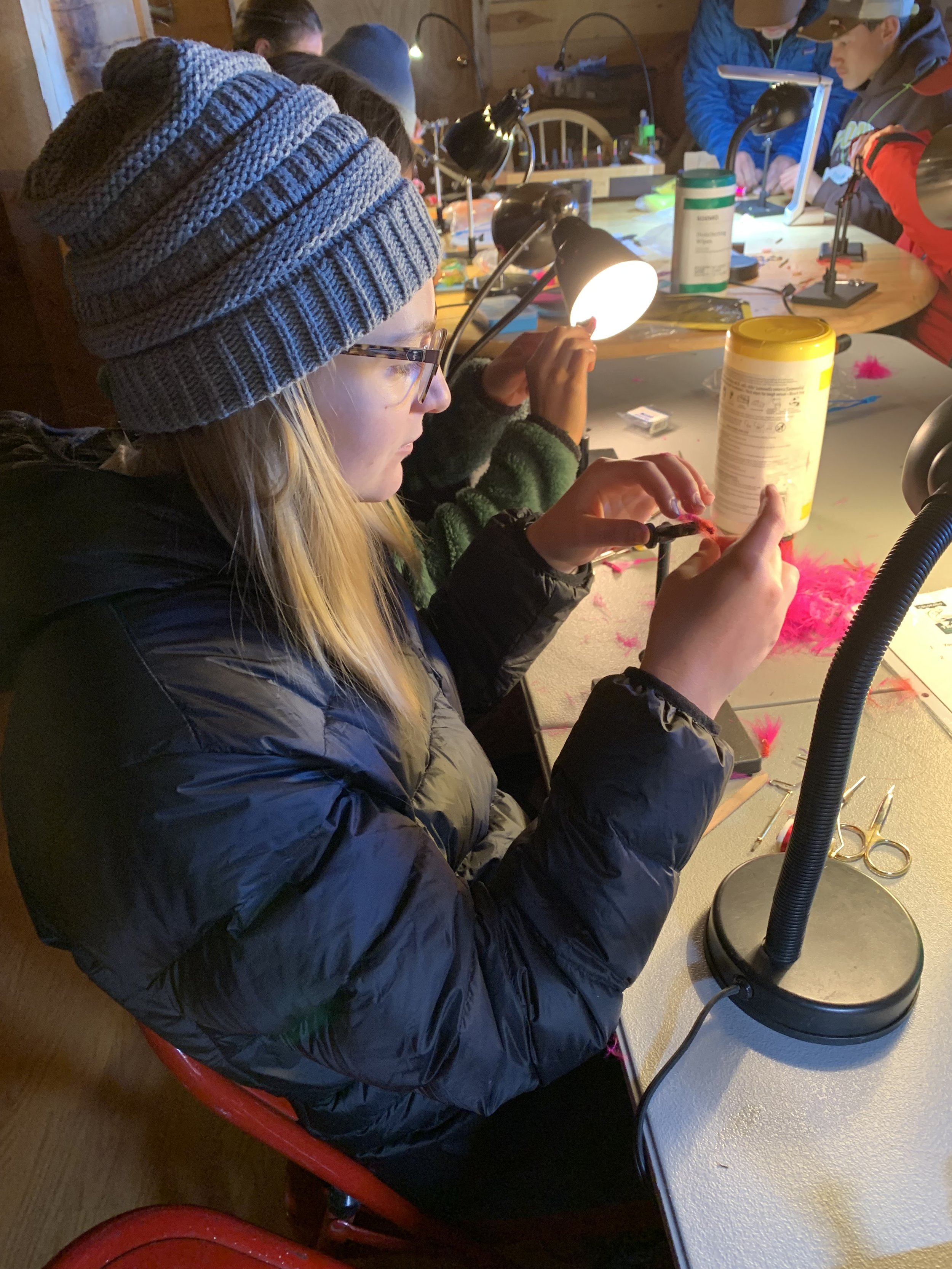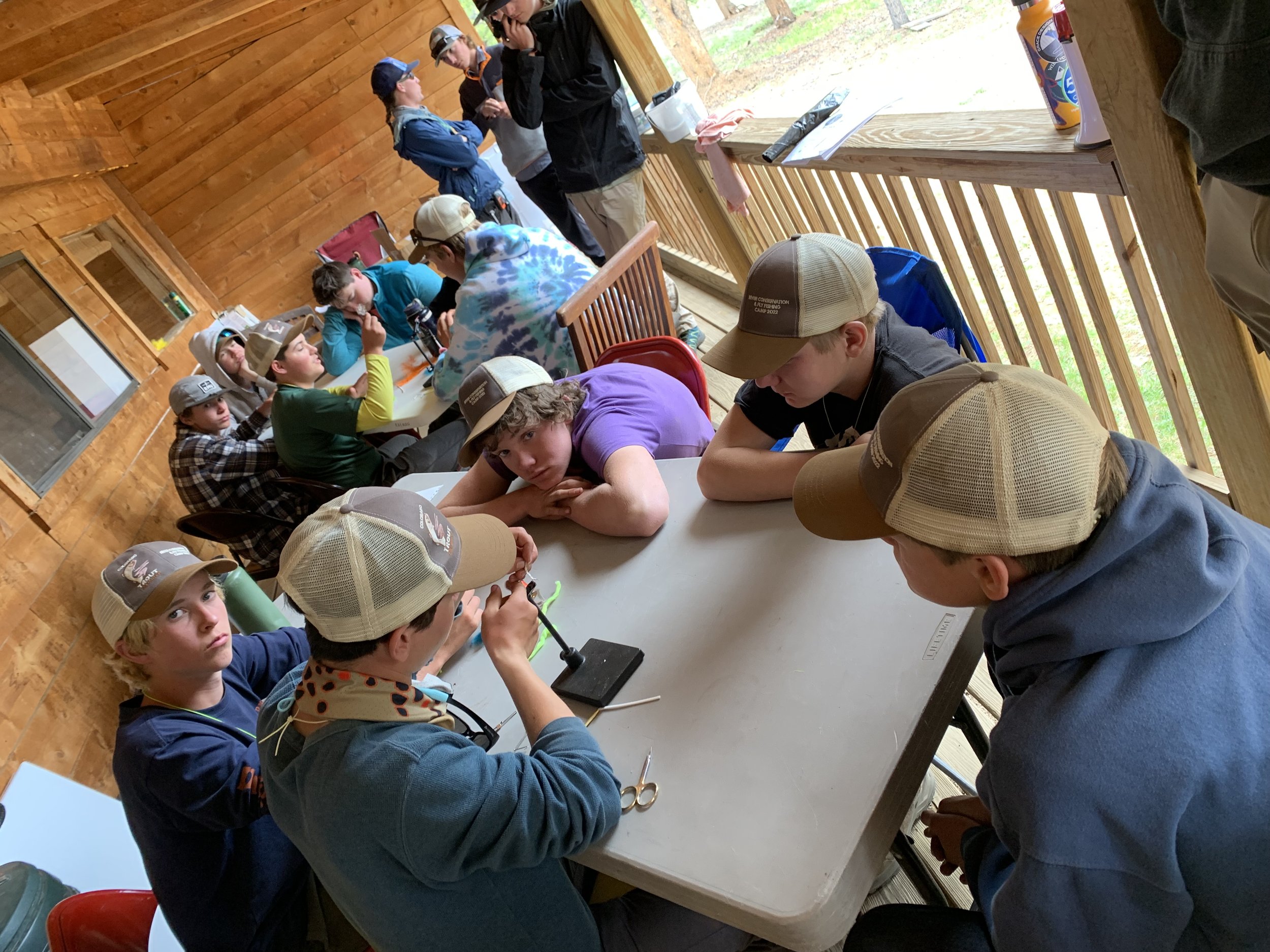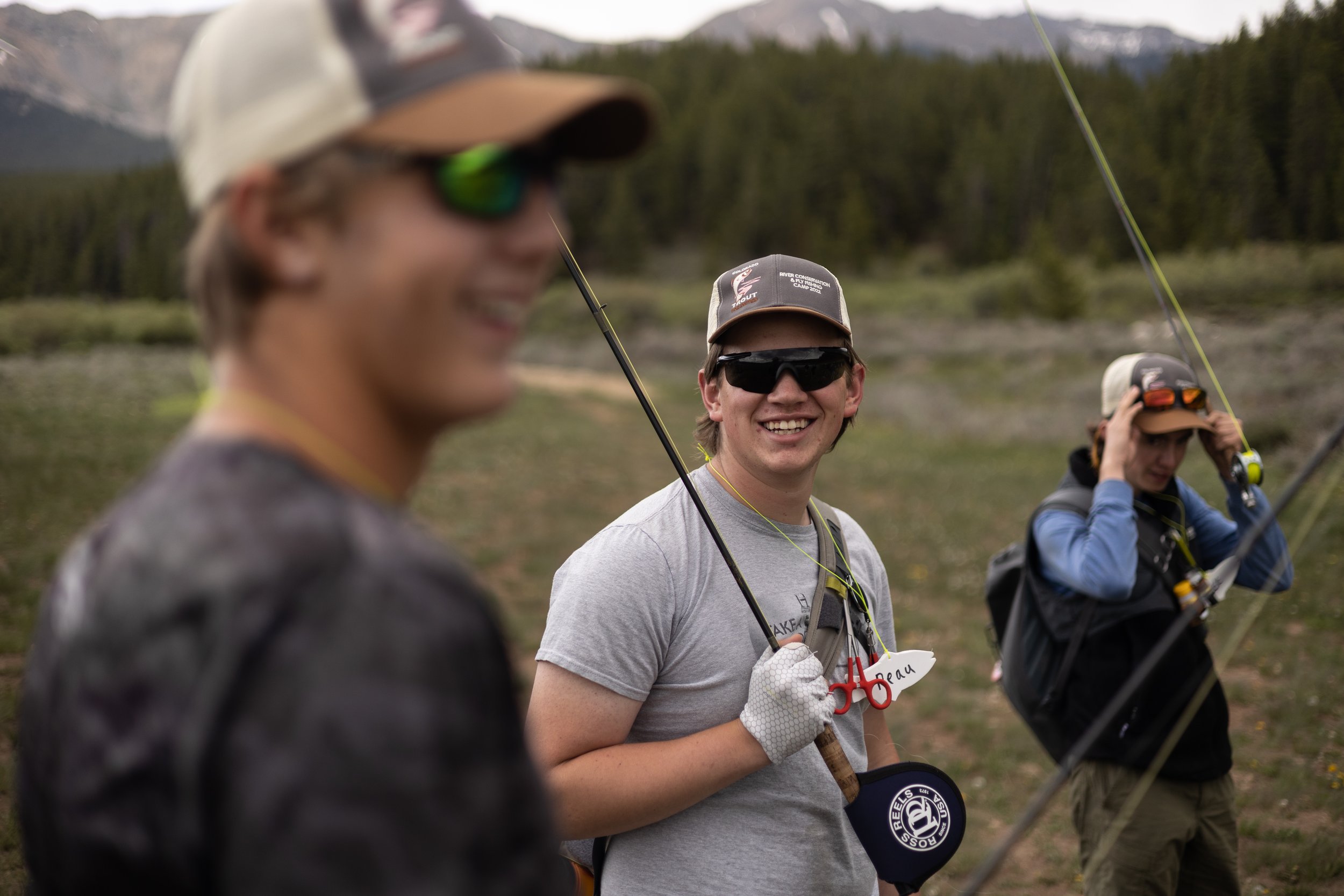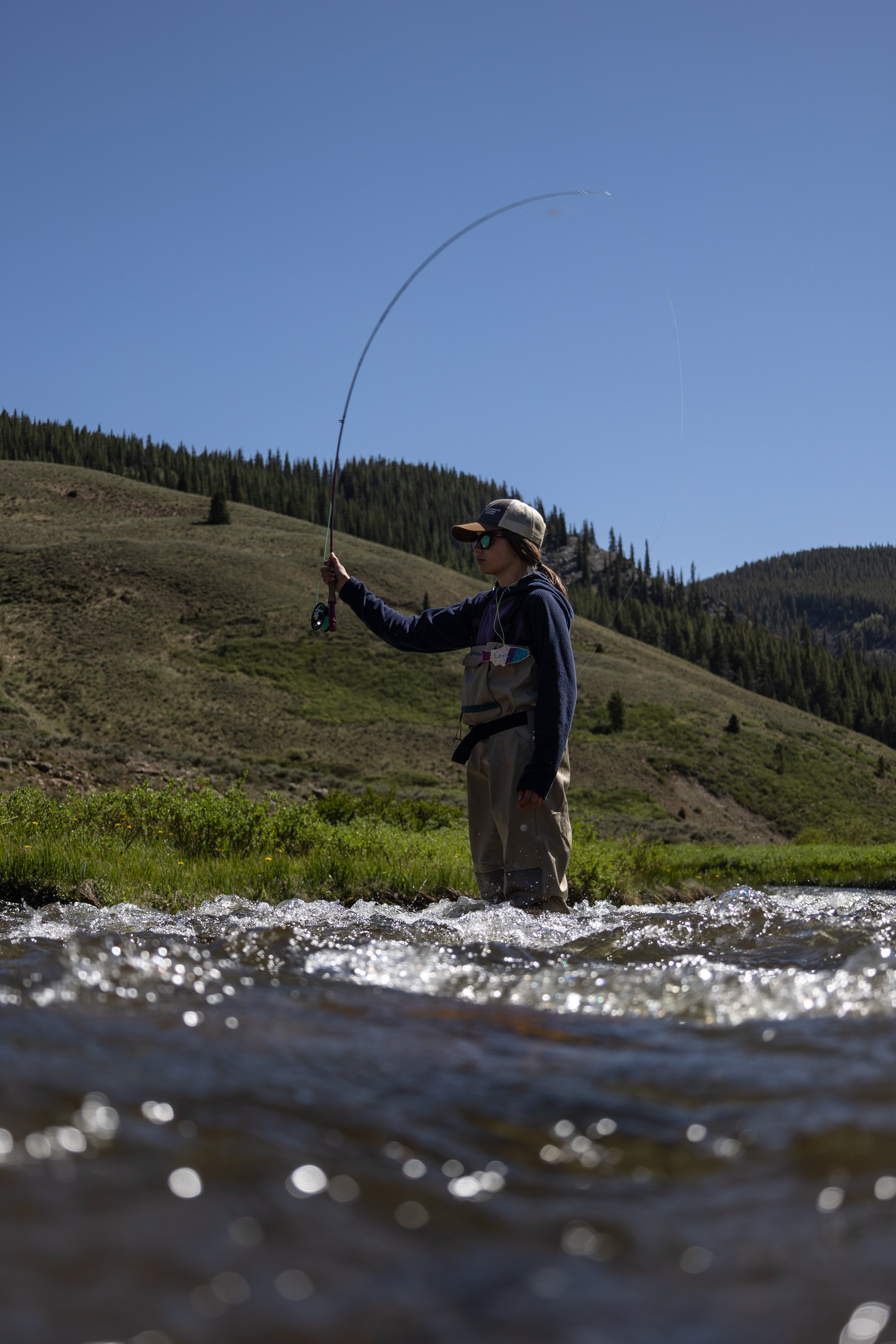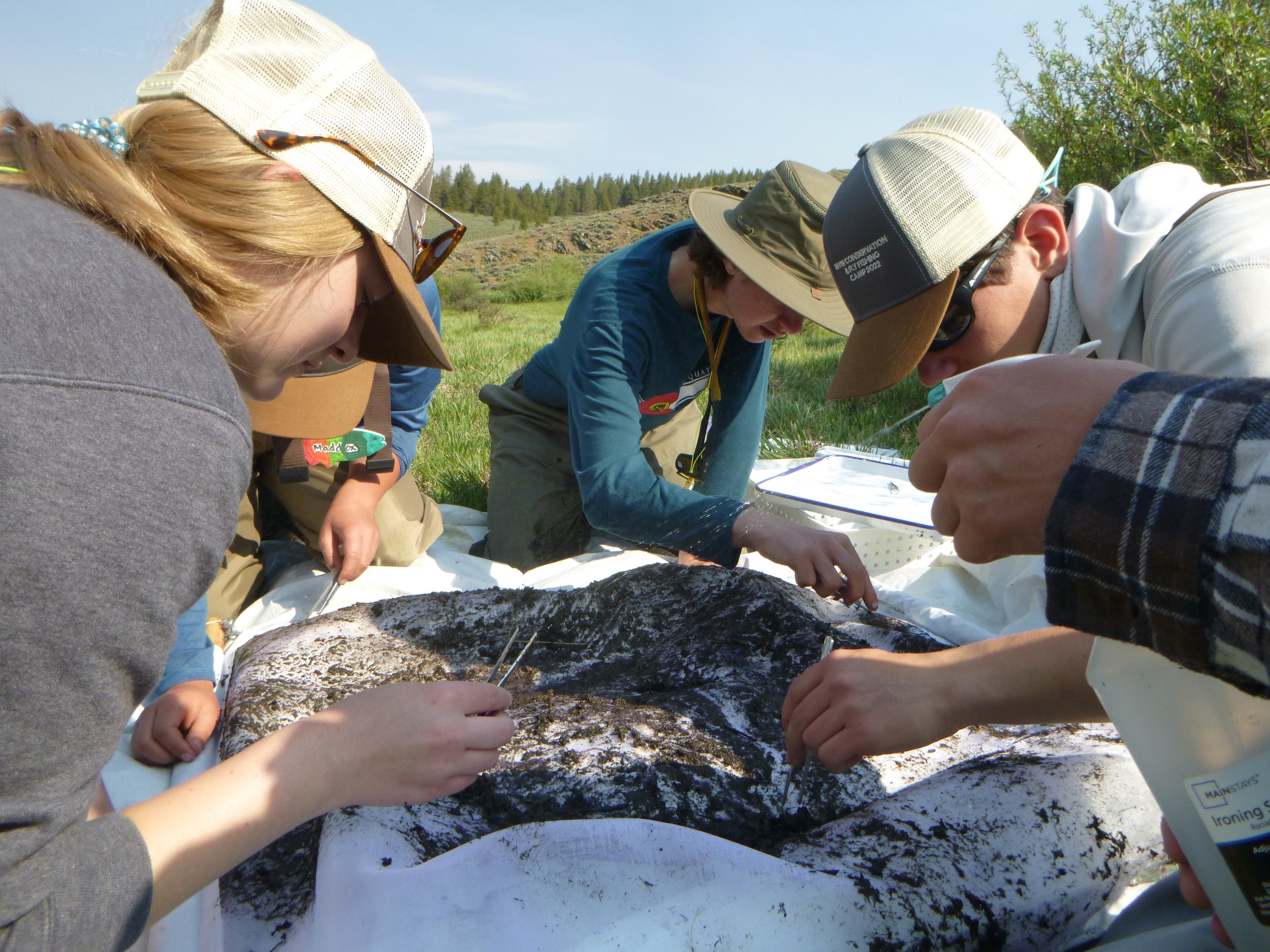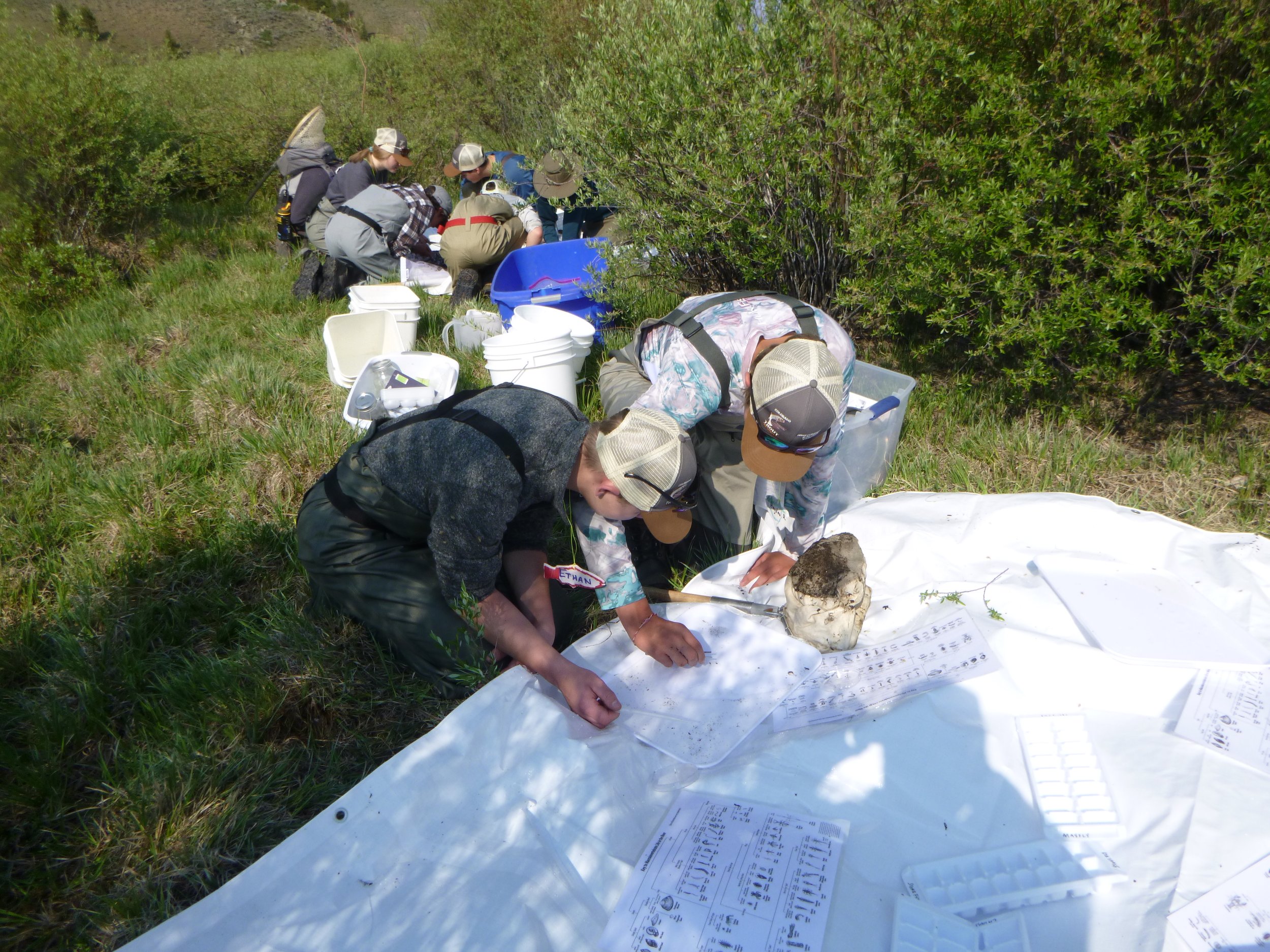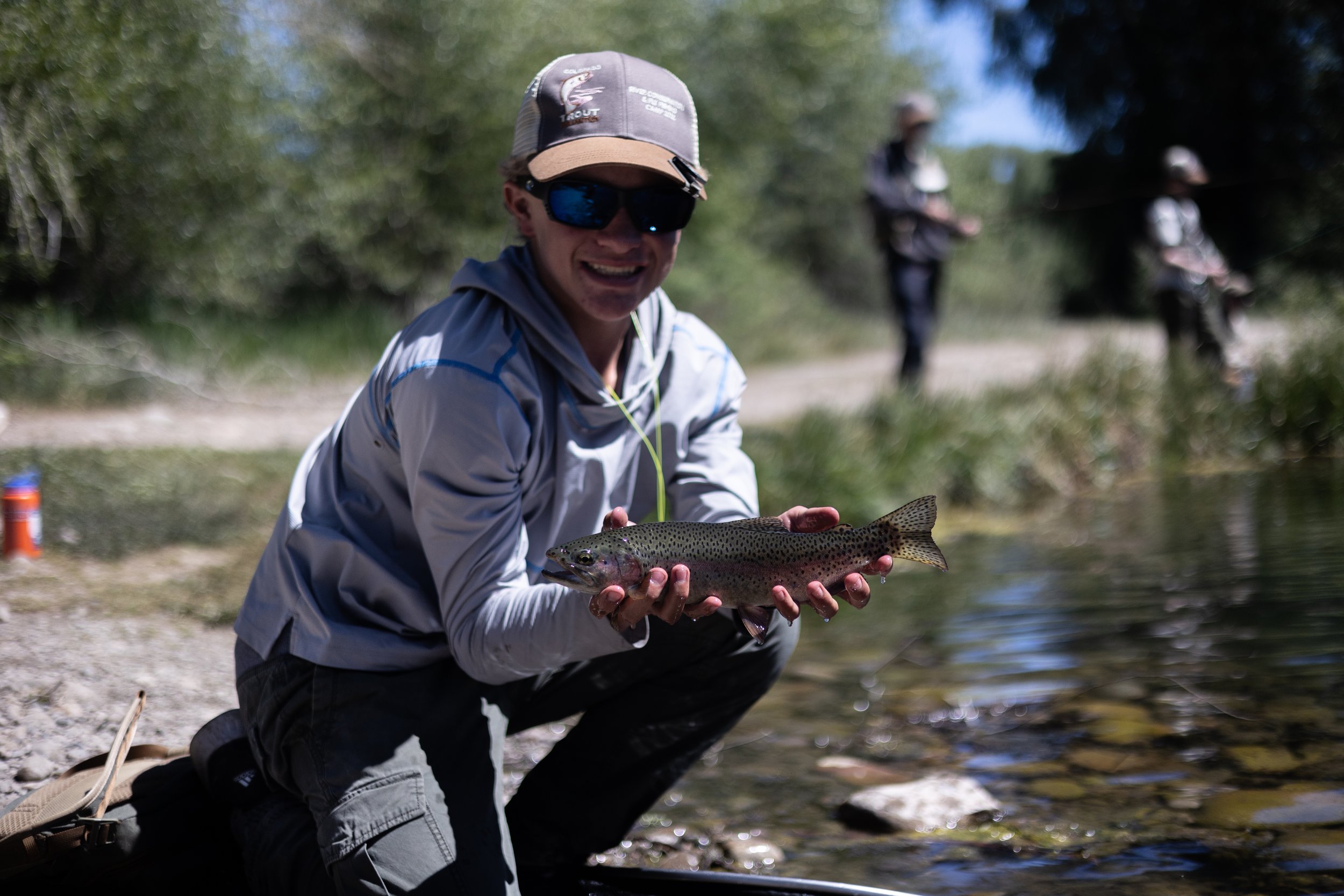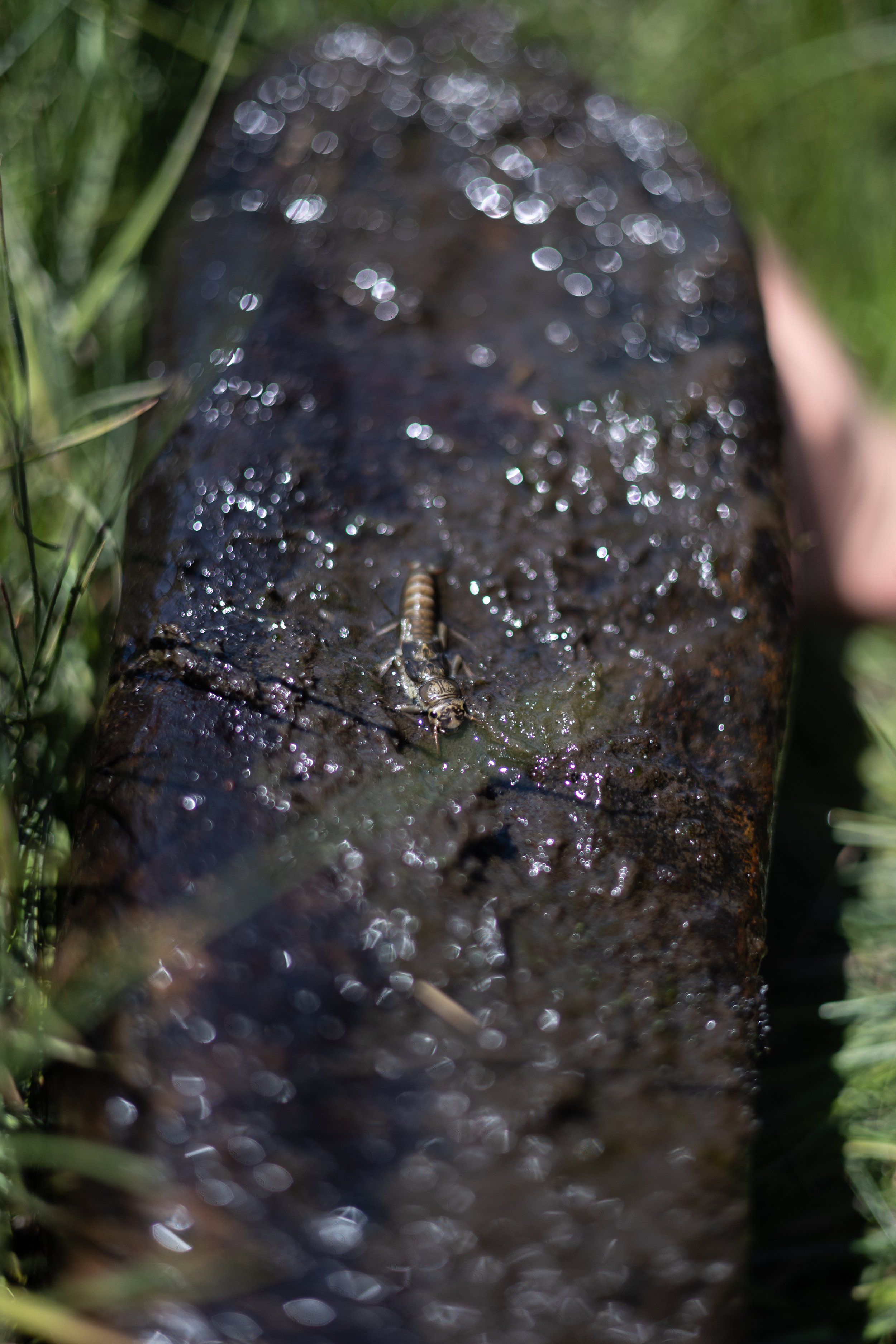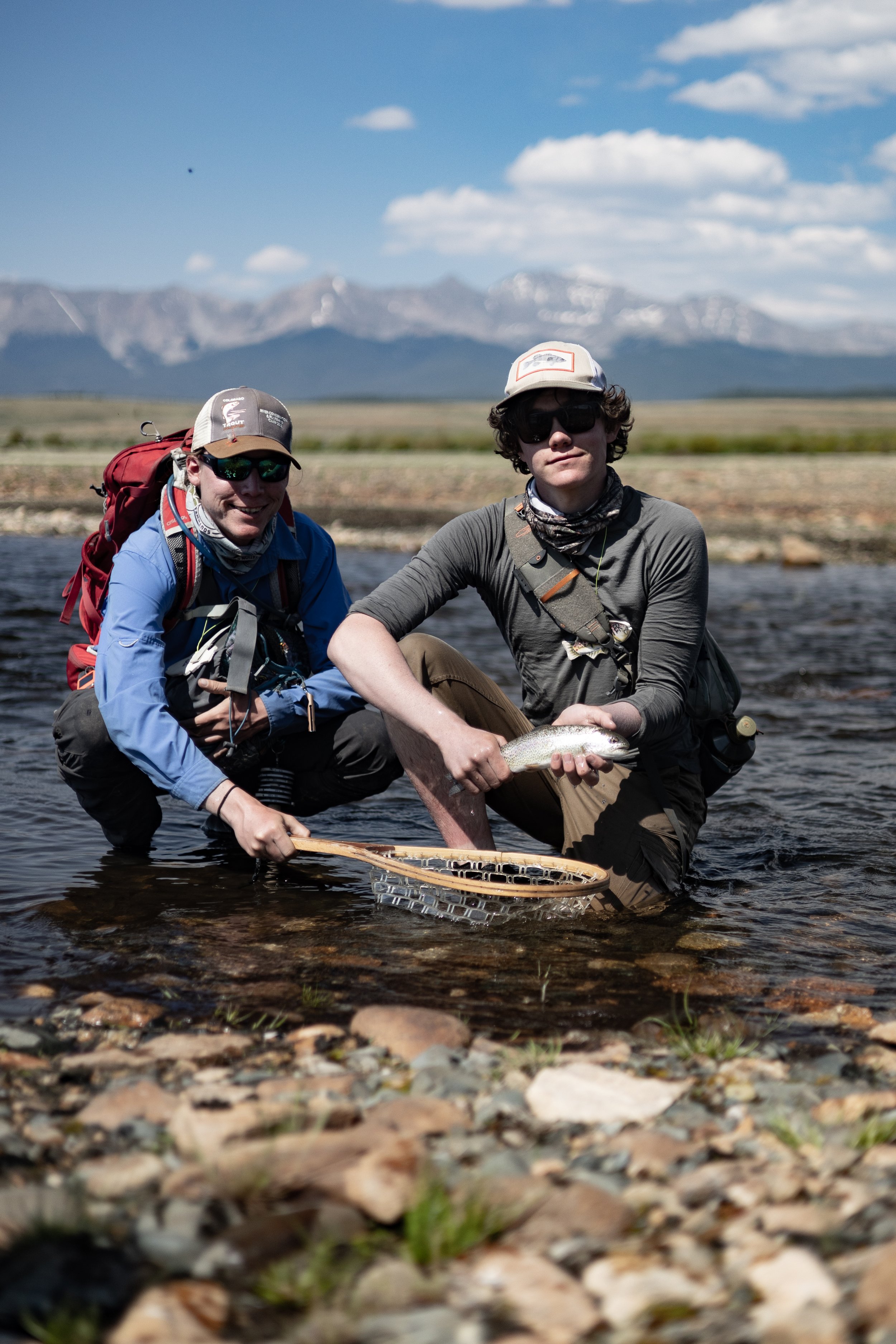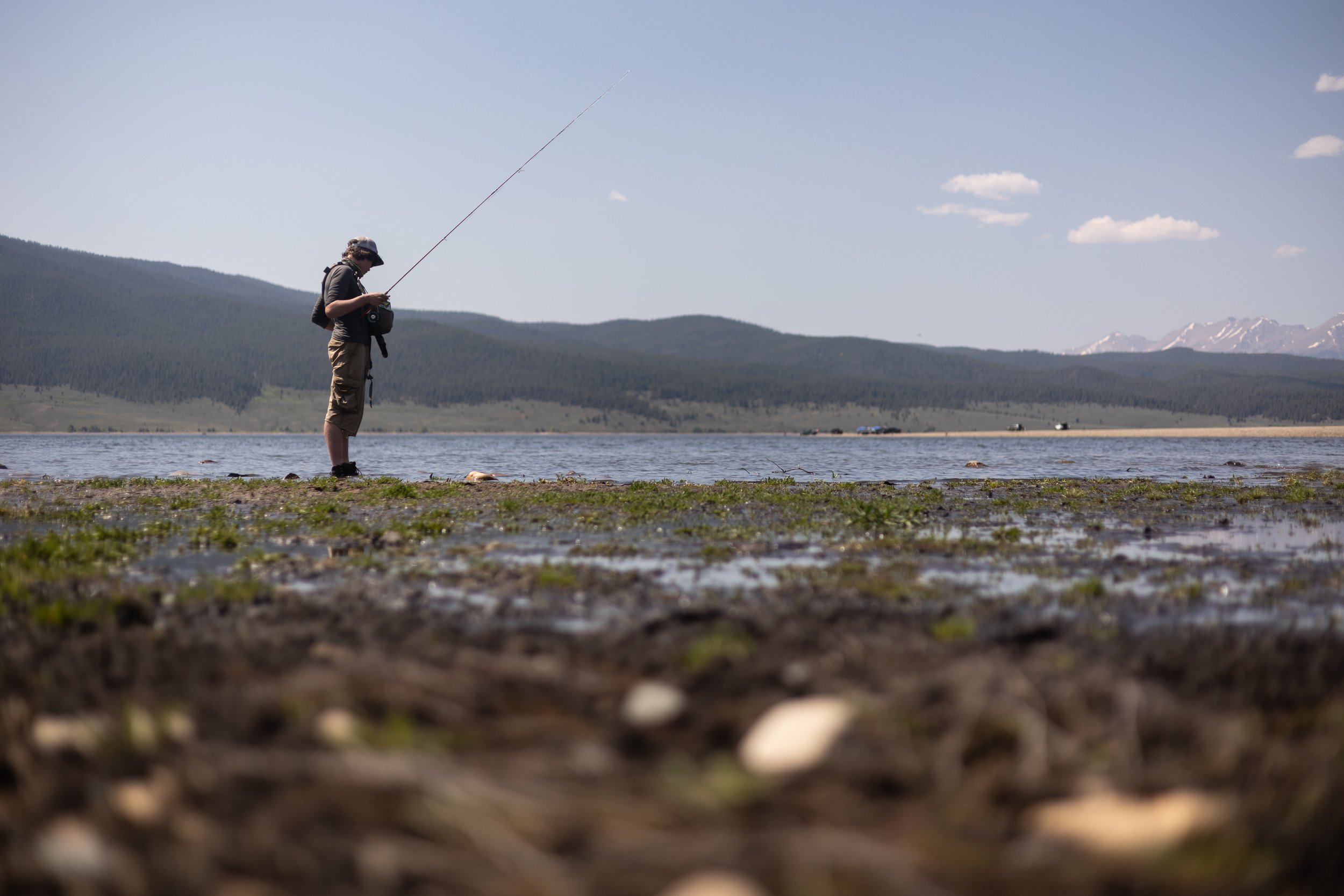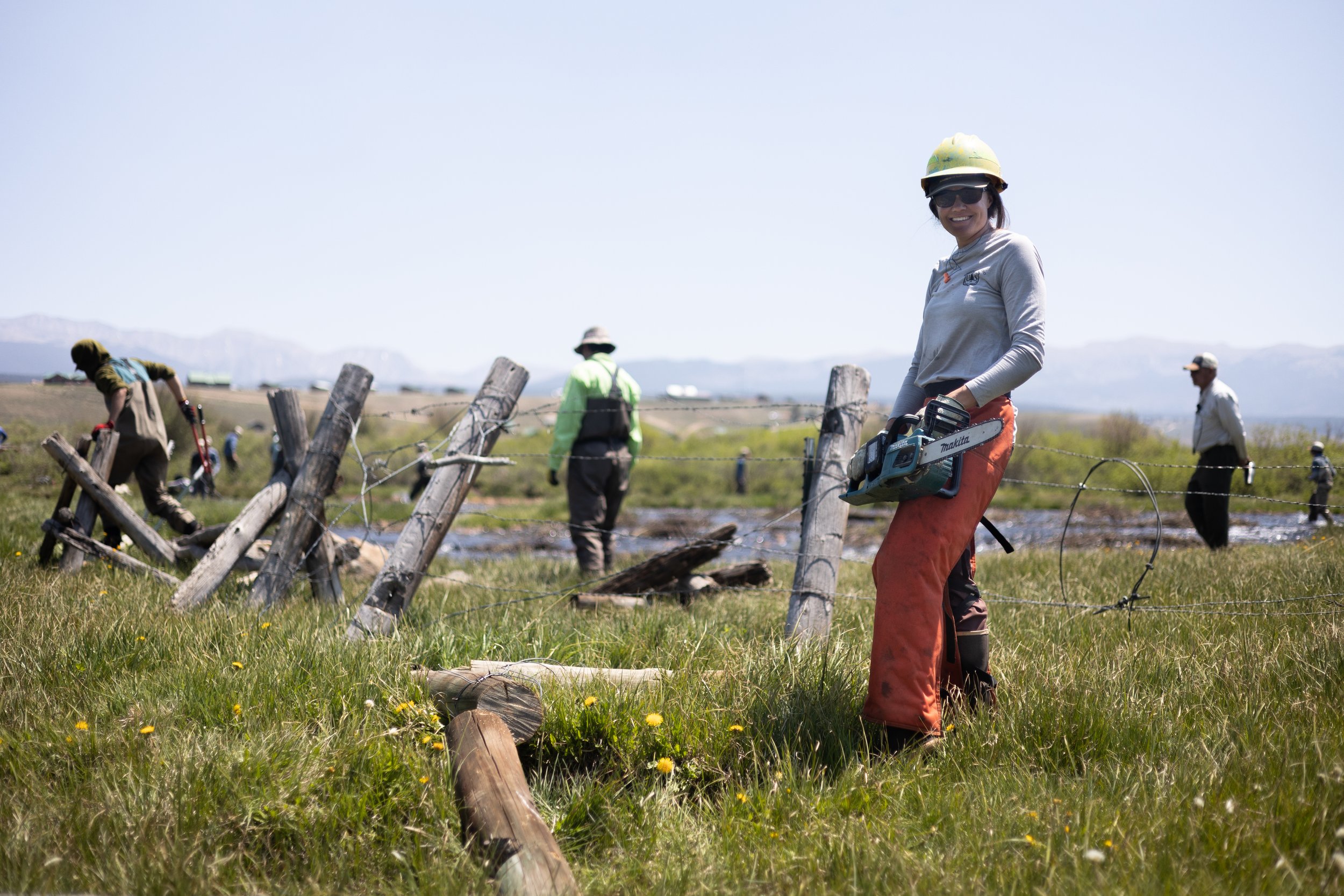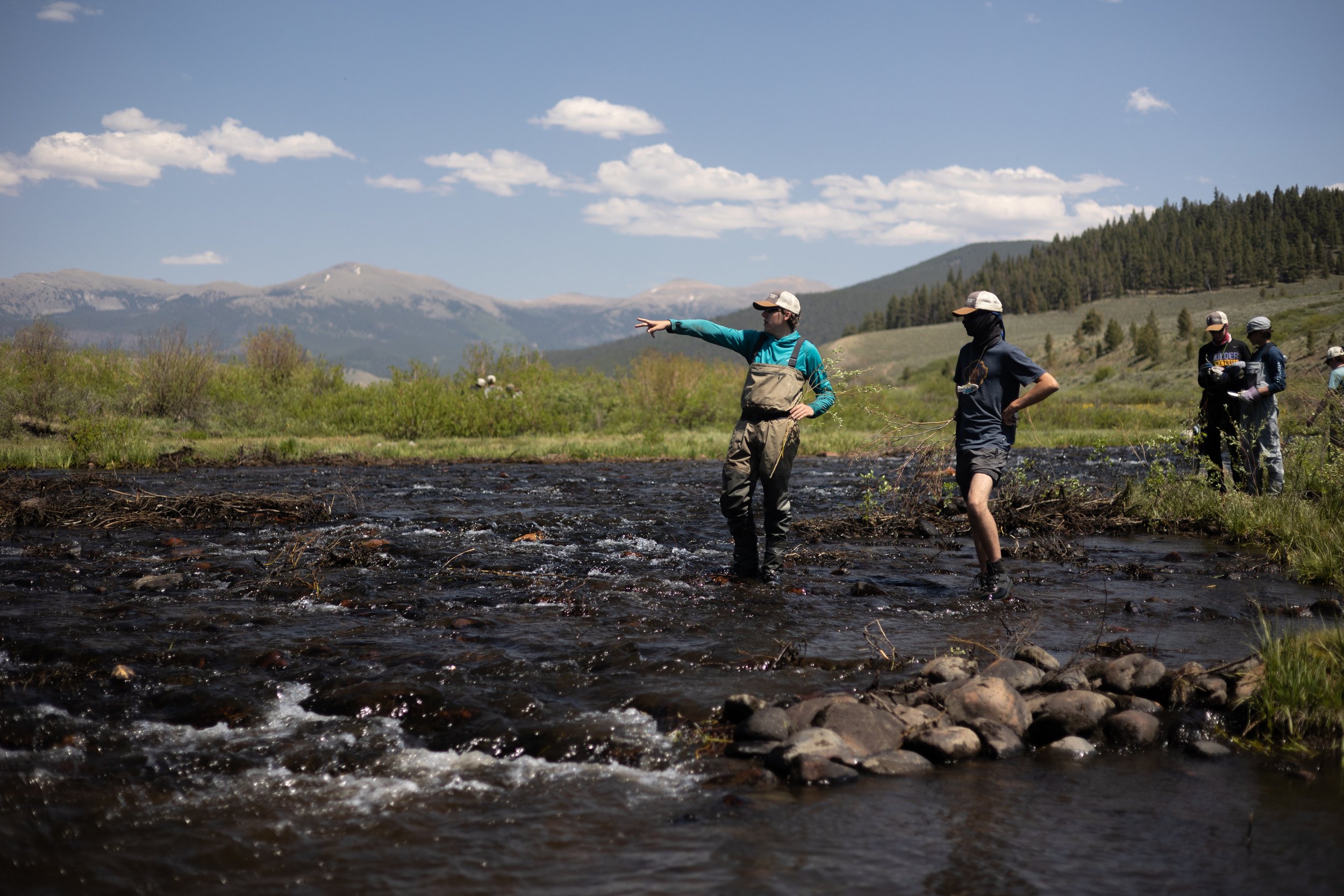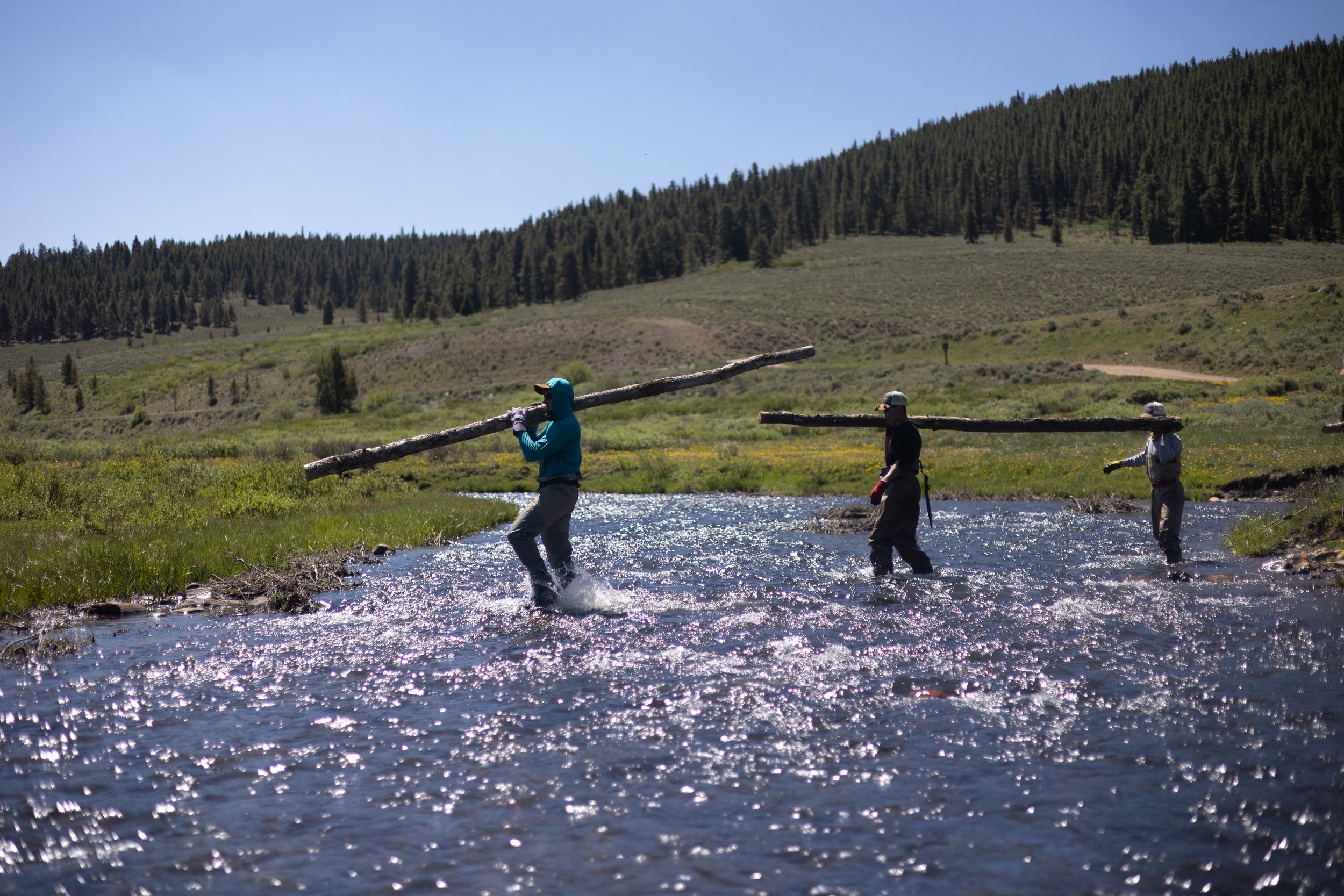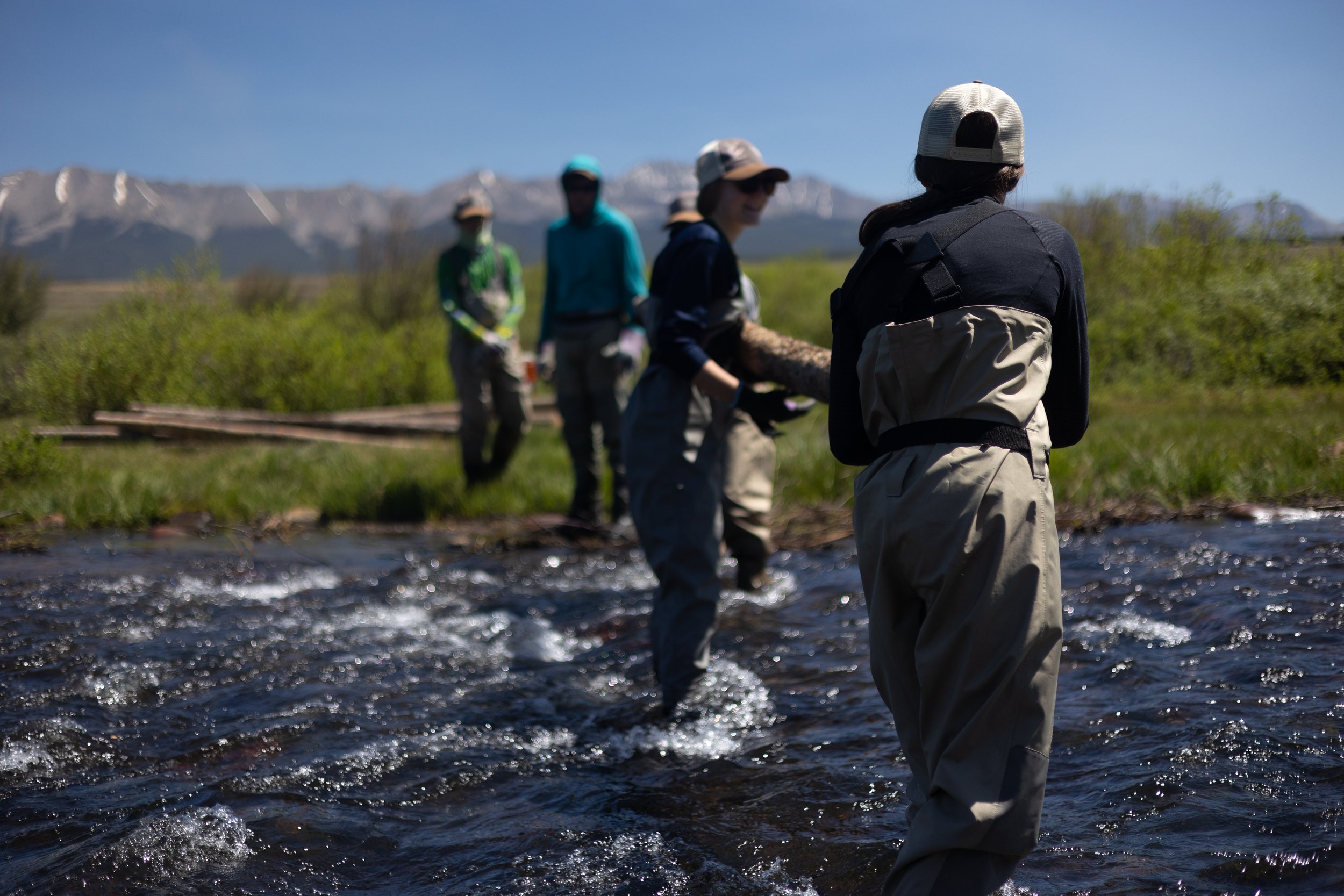Repost from TU.org by Nick Gann
A Q&A with the woman behind the long effort to reconnect the Colorado outside Rocky Mountain National Park
This week, Trout Unlimited field staff joined U.S. Sen. Michael Bennet (D-CO) and a collection of partners outside Granby, Colorado, to break ground on a $33 million river restoration project that is decades in the making.
Senator Bennet and TU project lead Mely Whiting breaking ground
Built to supply water to booming Front Range communities of Colorado in the 1980s, the Windy Gap Reservoir collects water from the Colorado River, pumps it to nearby Lake Granby, and then delivers the water to the Front Range via the Adams Tunnel underneath Rocky Mountain National Park.
Although the project has helped with the water supply demands of these growing communities, it has also done considerable damage to the river’s fish populations and water quality, leading TU to champion a solution: Build a natural stream channel around the reservoir to improve the quality of this Gold Medal trout fishery and nearly 30 miles of the Colorado River.
At a time when the Colorado River Basin is experiencing a historic drought, people are looking for significant wins to show we can work together to meet multiple needs, combat the impacts of climate change, and make our waterways more resilient.
MELY WHITING, TROUT UNLIMITED
We speak with TU’s lead on the project, legal counsel Mely Whiting, who successfully championed this project for years, and worked to build bridges and partnerships—some of them with former adversaries—to bring the Colorado River Connectivity Project to fruition.
TU: Why is this such a big deal for the Colorado River?
At a time when the Colorado River Basin is experiencing a historic drought, people are looking for significant wins to show we can work together to meet multiple needs, combat the impacts of climate change, and make our waterways more resilient. The Colorado River Connectivity Channel Project is an example of how we can accomplish just that. By building a natural stream channel around the reservoir and reconnecting the river, we are not only preserving the reservoir’s ability to supply water to municipalities, but are also taking steps to improve the resiliency of the river and its aquatic habitat in the face of drought and climate change.
TU: Why did this project take so long to get off the ground?
Originally proposed as a solution by a local resident in the 1990s, the project required artful negotiations, significant funding, and willing partners to get it across the finish line. Coupled with the historic drought we are experiencing and the increasing demands for water because of the Front Range’s explosive population growth, we knew we had to work together to address these challenges.
We are truly proud of the work we have done with our partners–which include those initially opposed to the project—and the steps we have taken together to overcome our differences and solve these pressing issues. (Ed: See below for the list of partners on this project.)
TU: What was TU’s role as this project evolved?
As with any coalition of partners, you need to remain optimistic, find common ground, and seize opportunities when they appear. Although our role changed over the years to accommodate the needs of the project—ranging from legal challenges to fundraising—the most consistent theme of our work was our pragmatism as an organization. We put the project ahead of needs of singular organizations. Between our local chapters, members, and staff, this formula has proven to produce results across the country for TU as a whole and has helped cement our reputation as a partner across the aisle.
TU: What does this project mean for the future of the Colorado River Basin?
Thinking about all the federal money available for conservation through the Bipartisan Infrastructure Law and now the climate law to combat the historic drought across the Southwest, this project is a prime example of how communities can come together to identify solutions to this challenge. It is going to take everyone working together to decrease our demands on the Colorado River while also respecting the needs of ranchers, energy providers, manufacturers, local populations, outdoor enthusiasts, and other groups dependent upon the same water supply.
TU’s approach proves this is possible and the Colorado River Connectivity Project will stand as an example of the good work to come.
Partners in the Colorado Connectivity Project include:
U.S. Sen. Michael Bennet (D-CO)
Federal, state, county government: Northern Colorado Water Conservancy District, Municipal Subdistrict; Grand County; Colorado Parks and Wildlife; Colorado Water Conservation Board; Colorado River Water Conservation District; Natural Resources Conservation Service (NRCS)
Corporate: PepsiCo Beverages North America; Frito-Lay; Intel; Coca-Cola; Swire Coca-Cola USA; Climax Molybdenum
Other partners: Upper Colorado River Alliance; Bonneville Environmental Foundation; RESTORE partners

